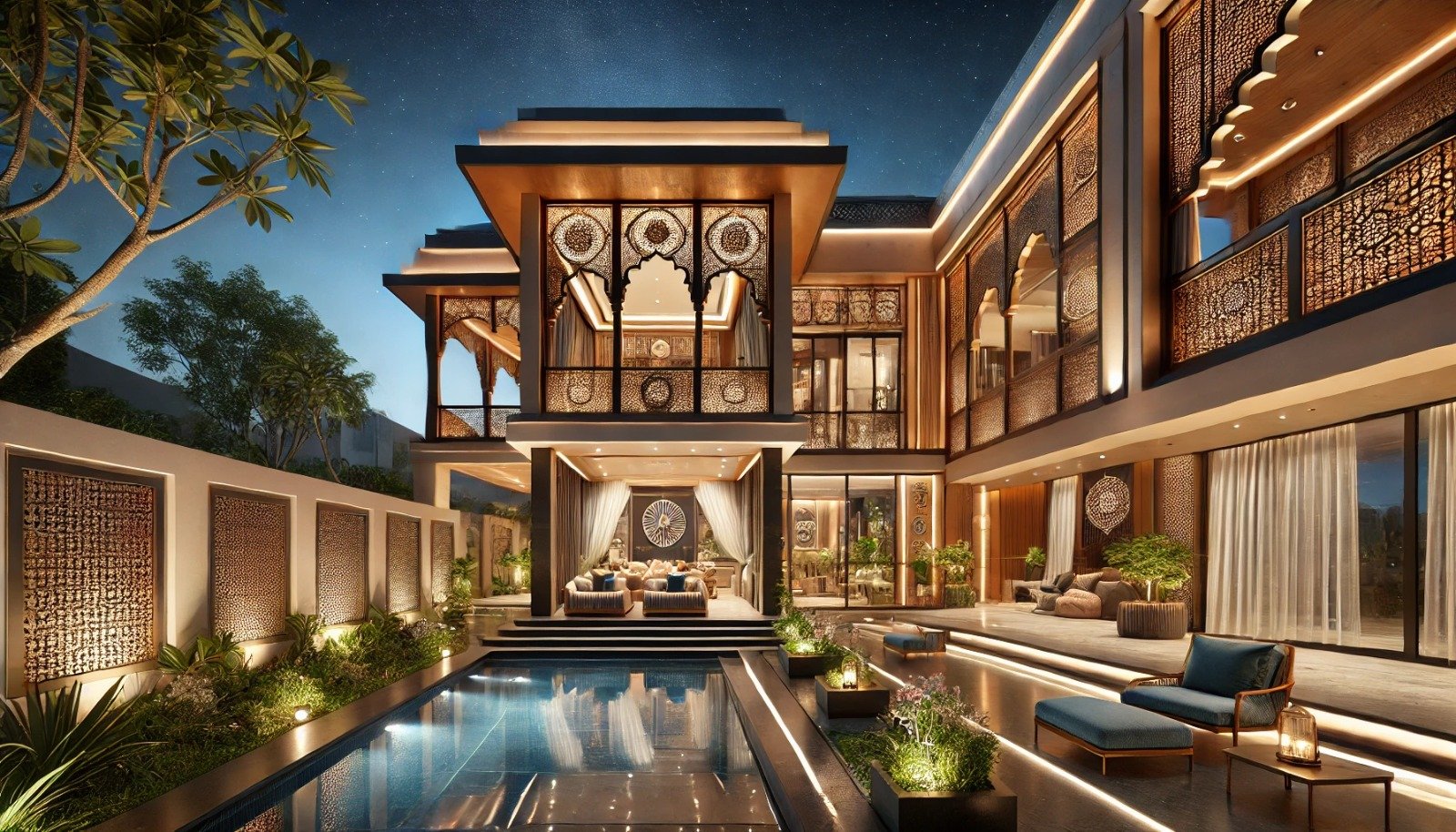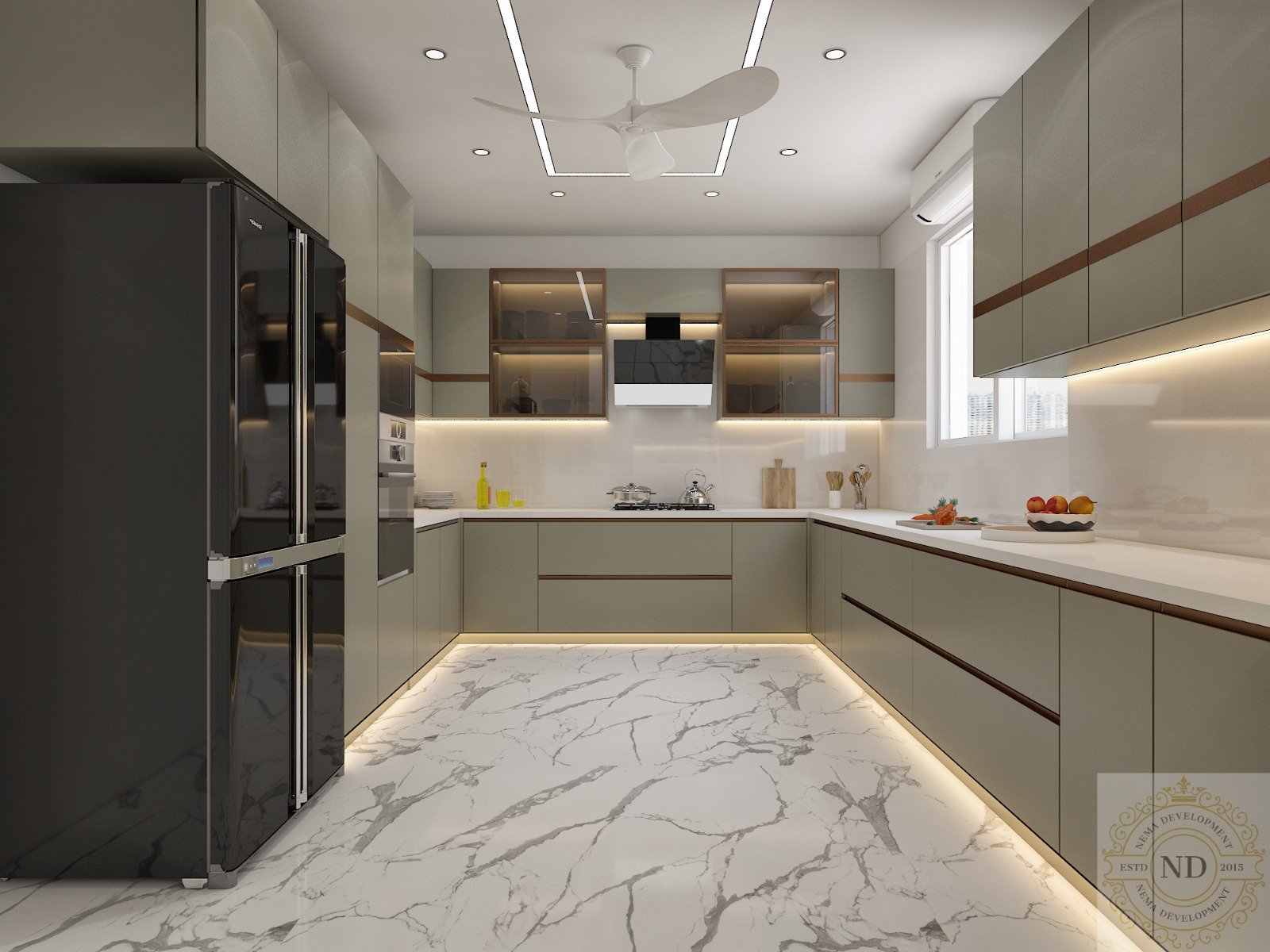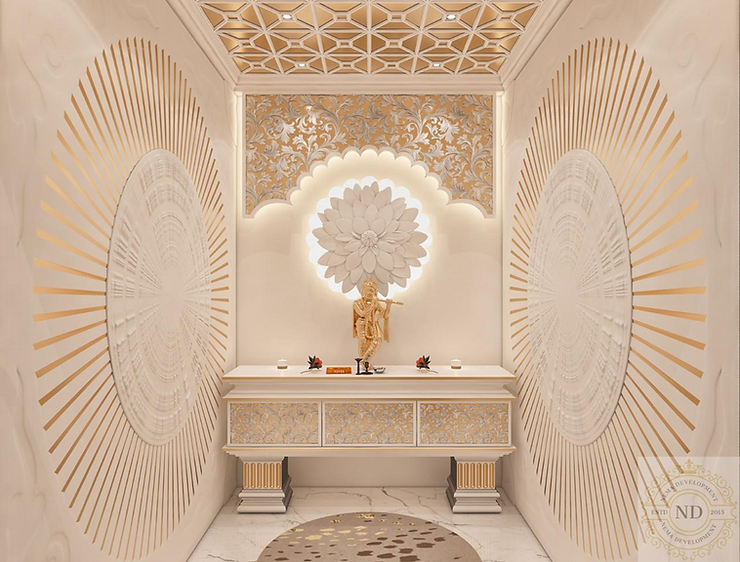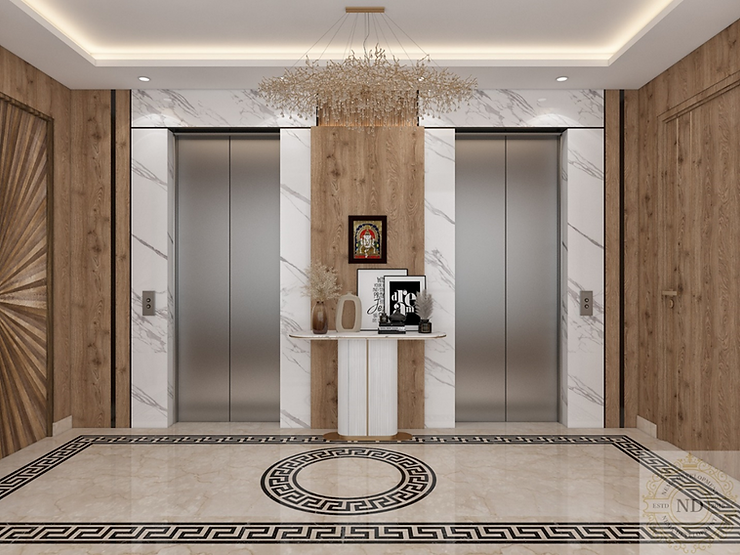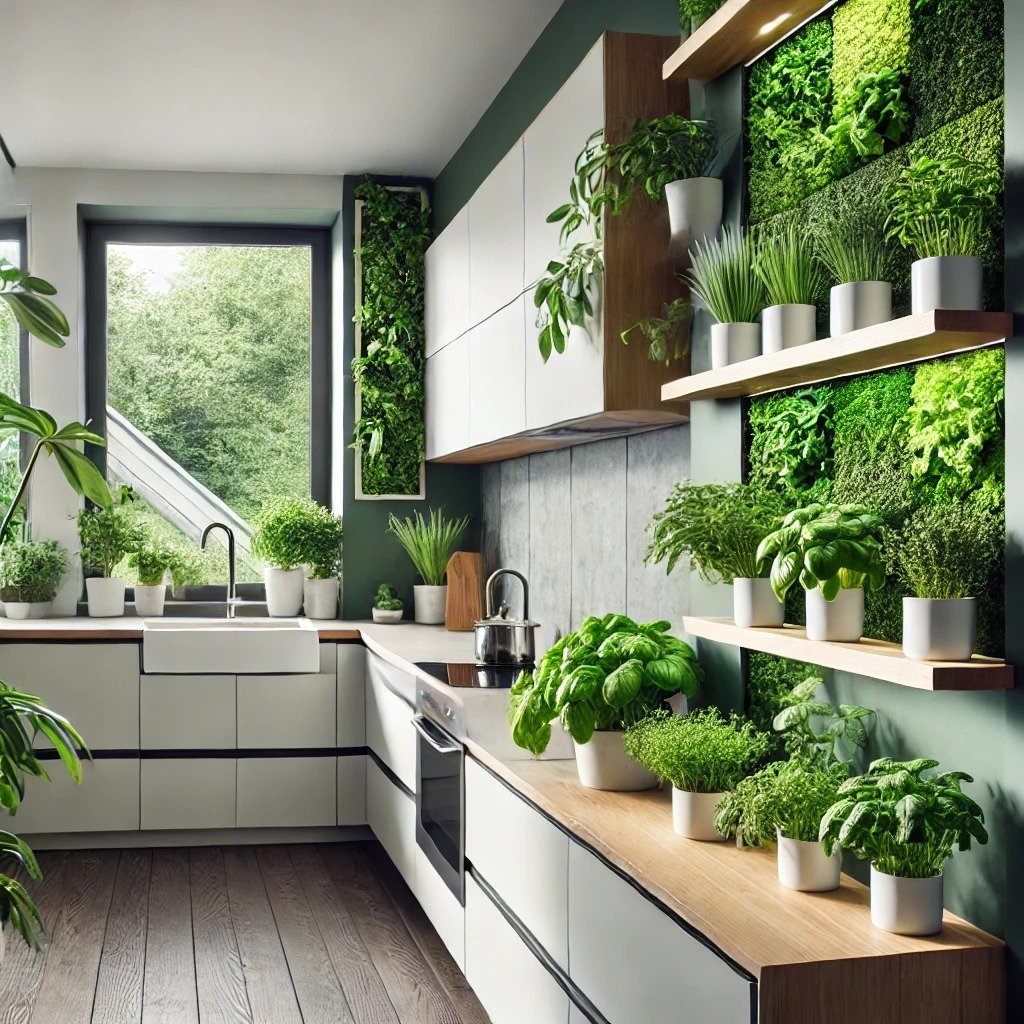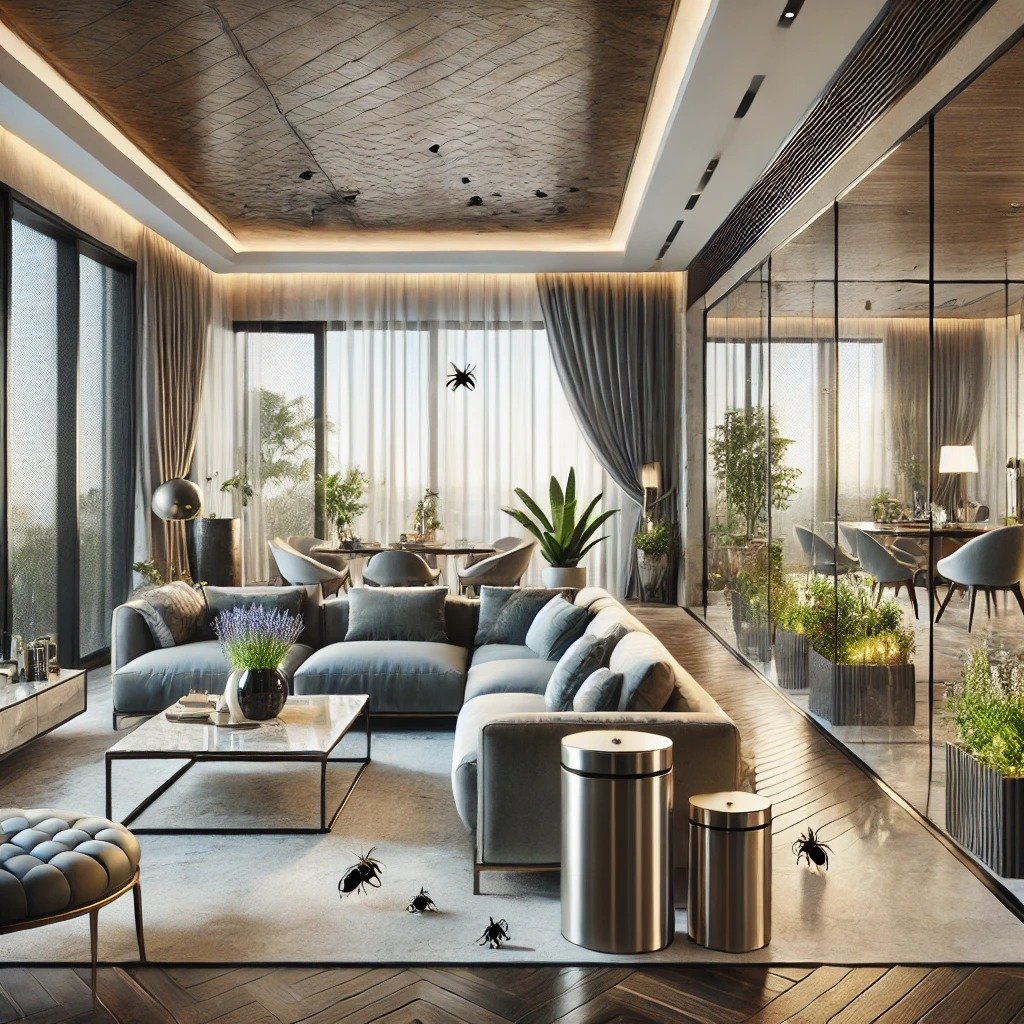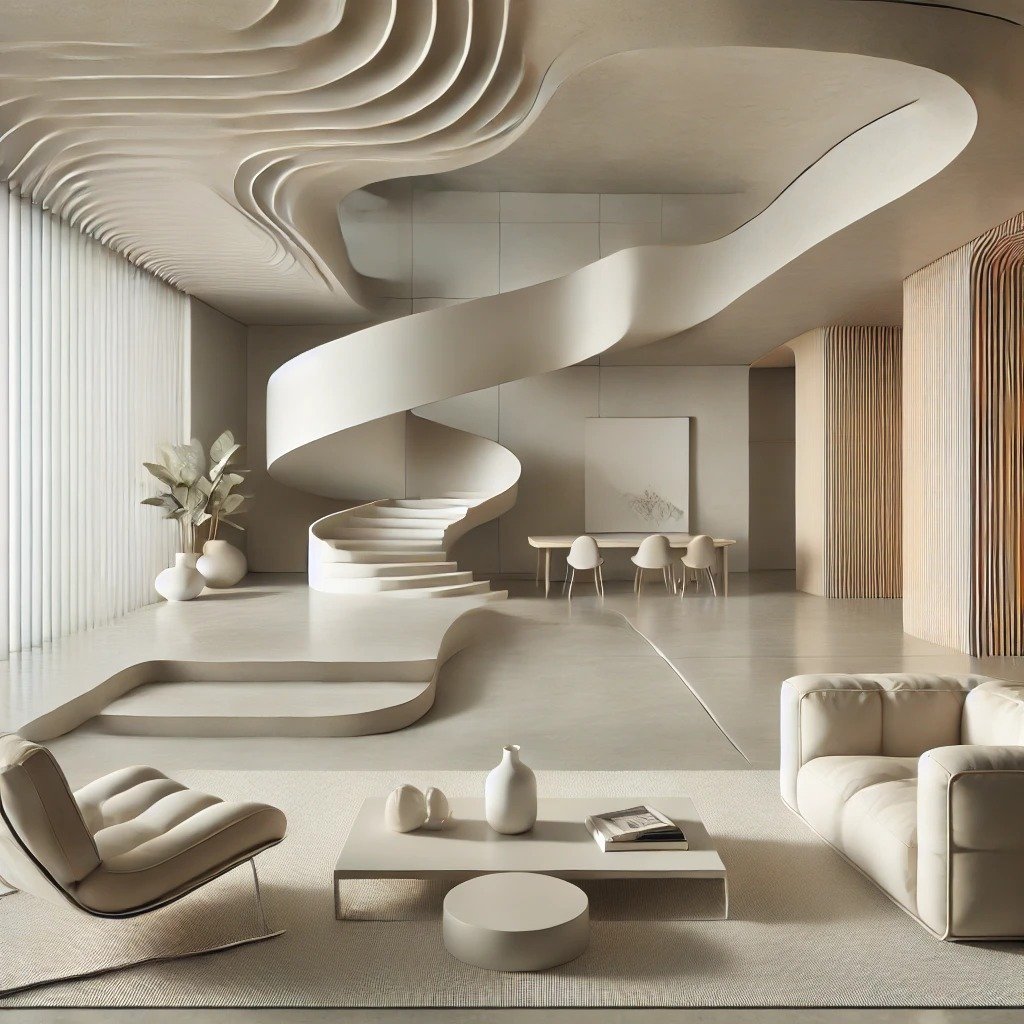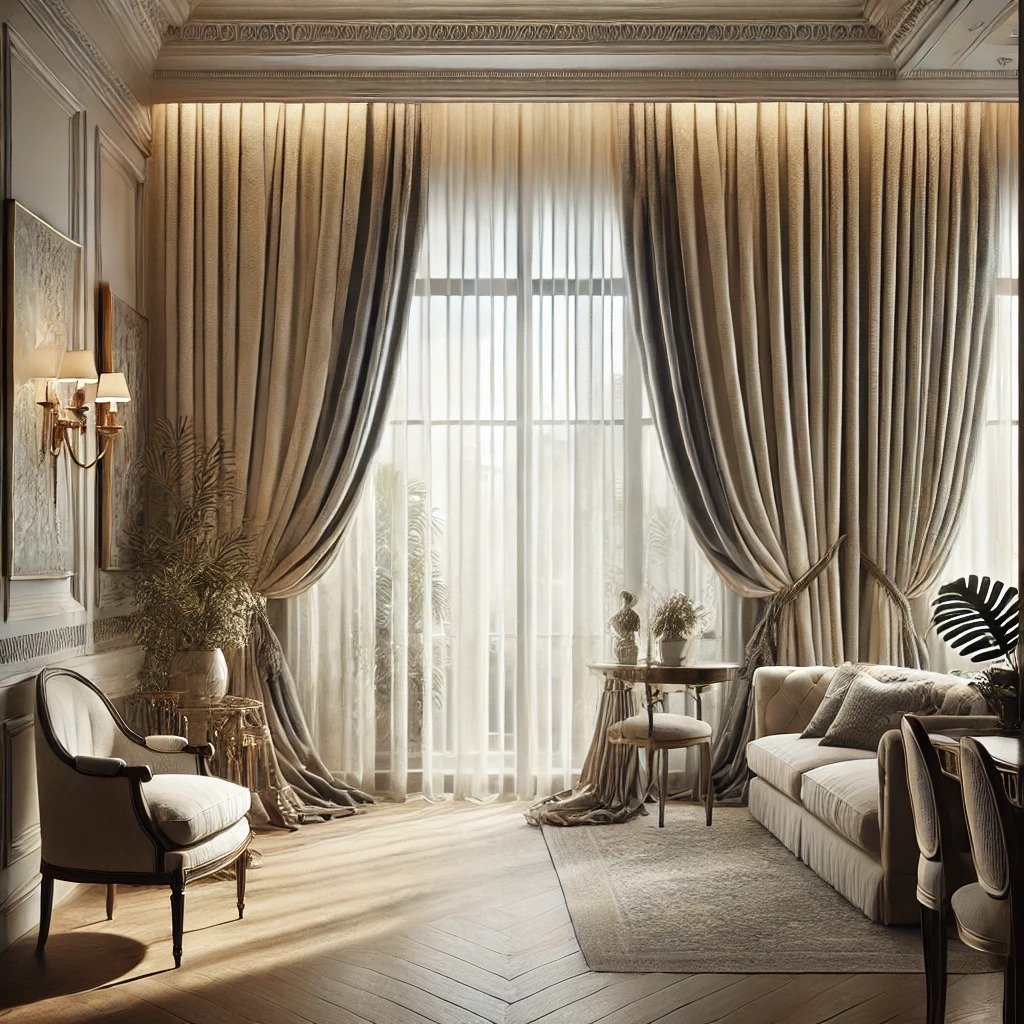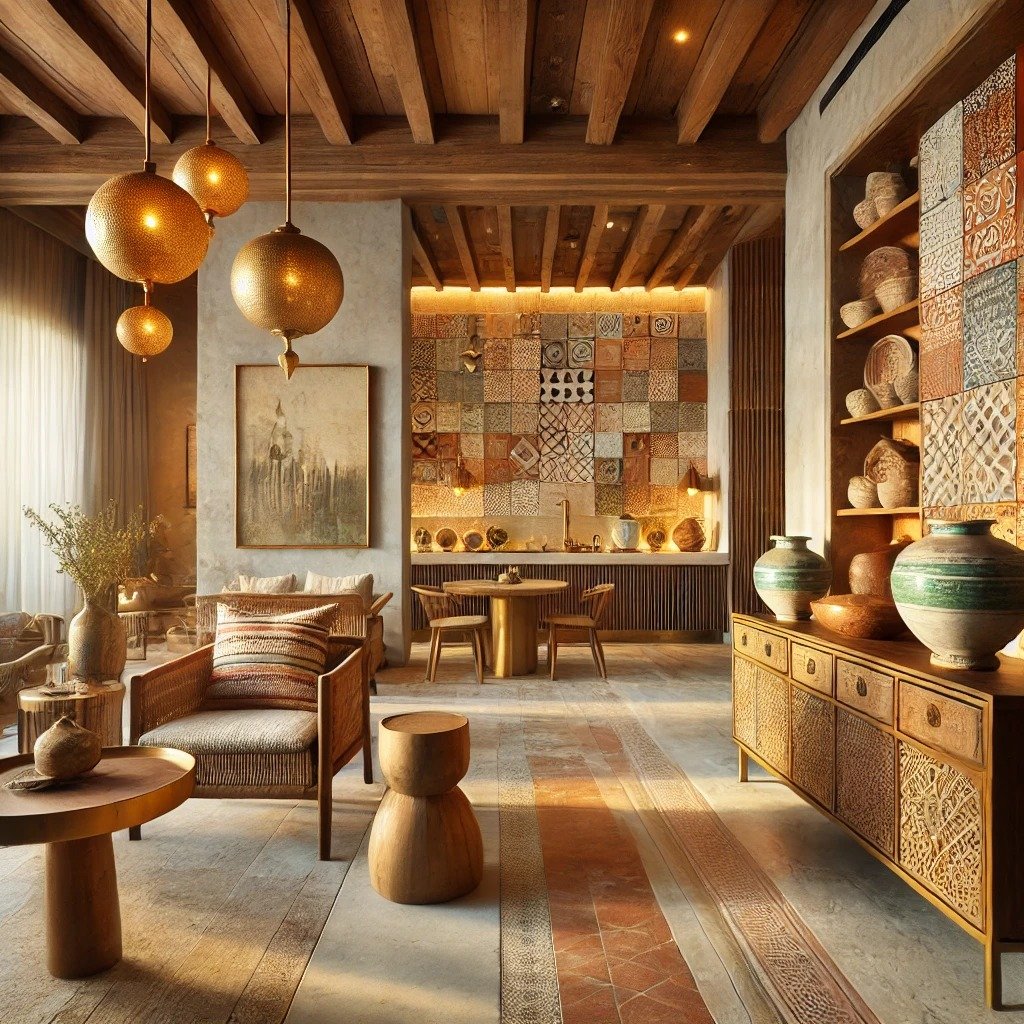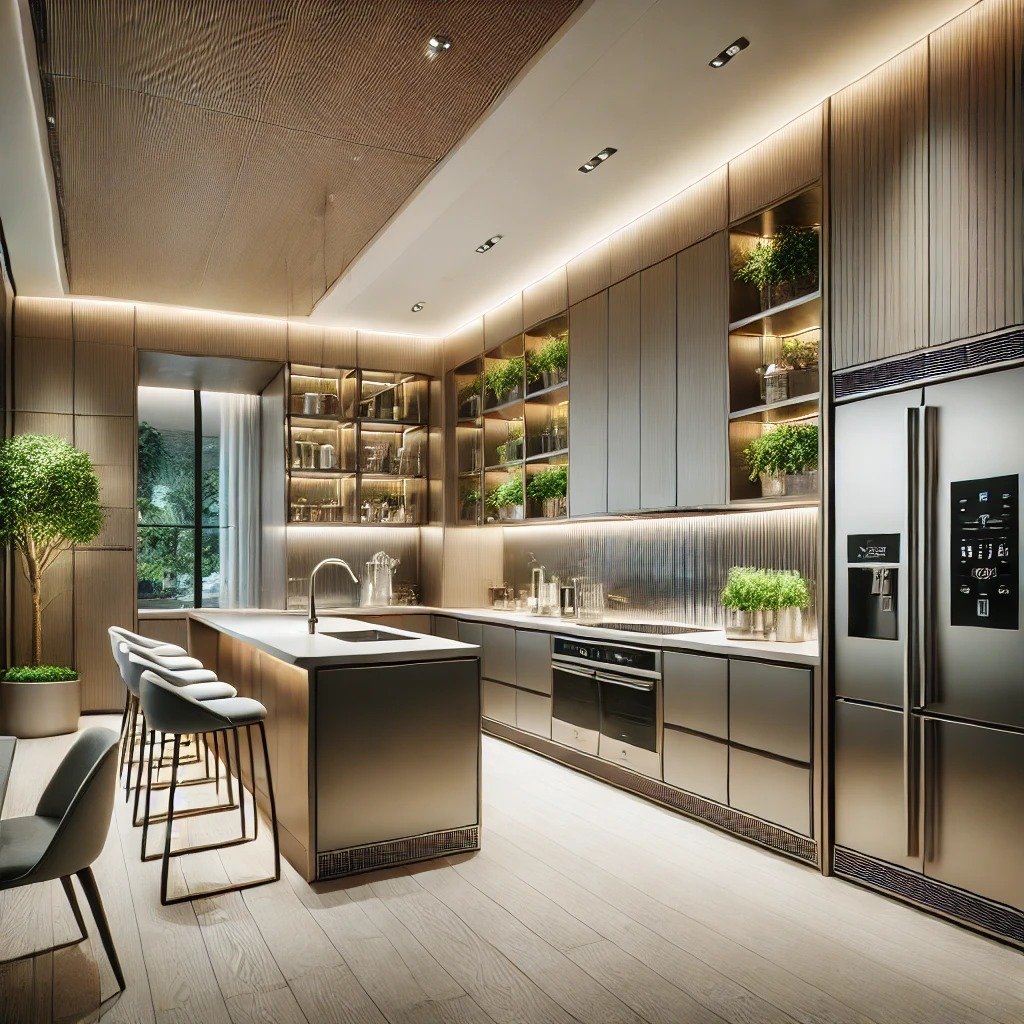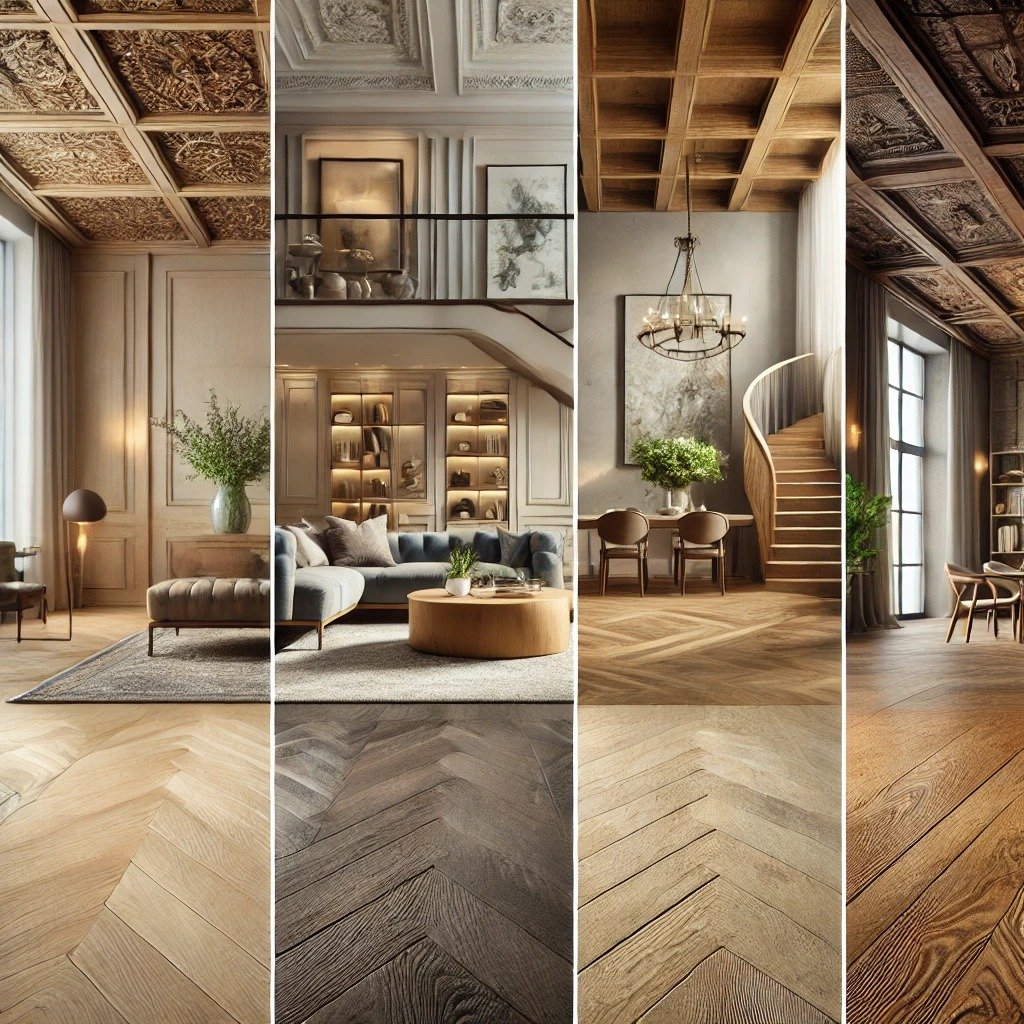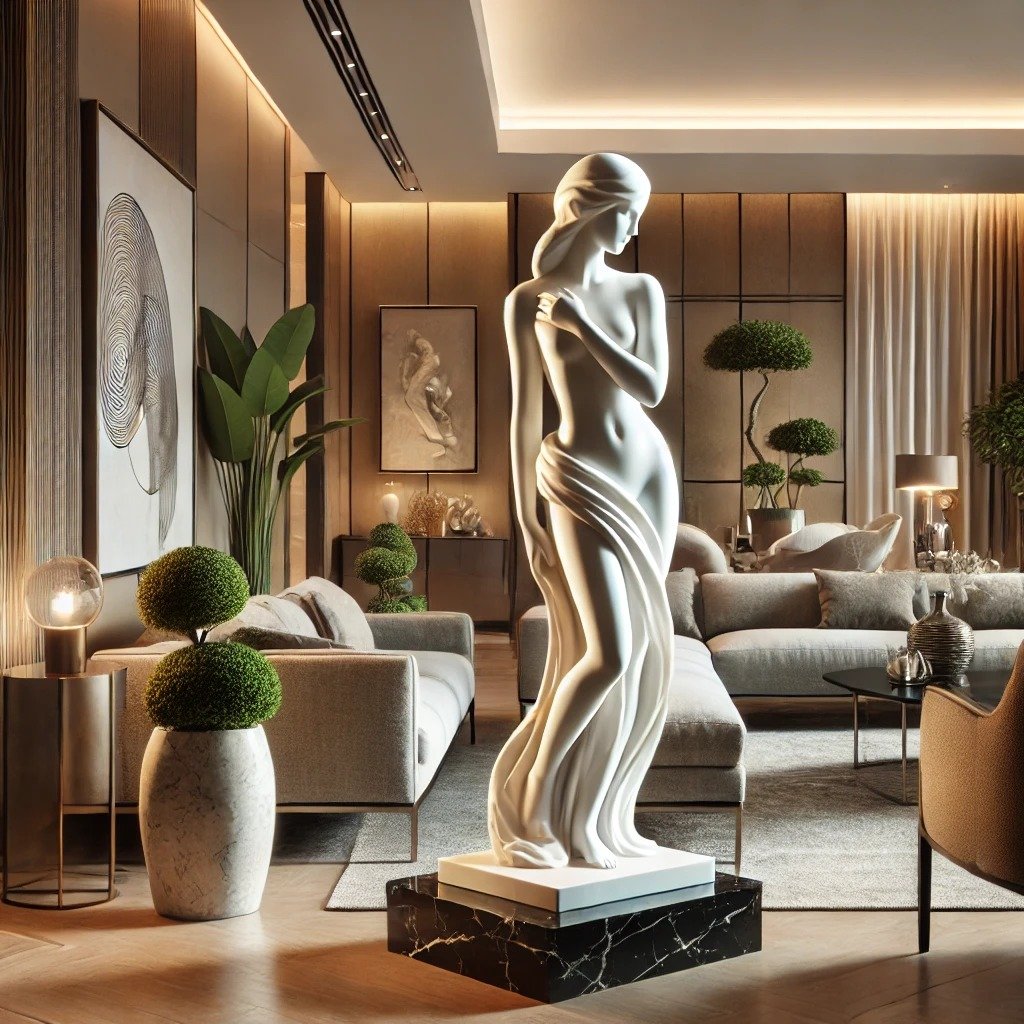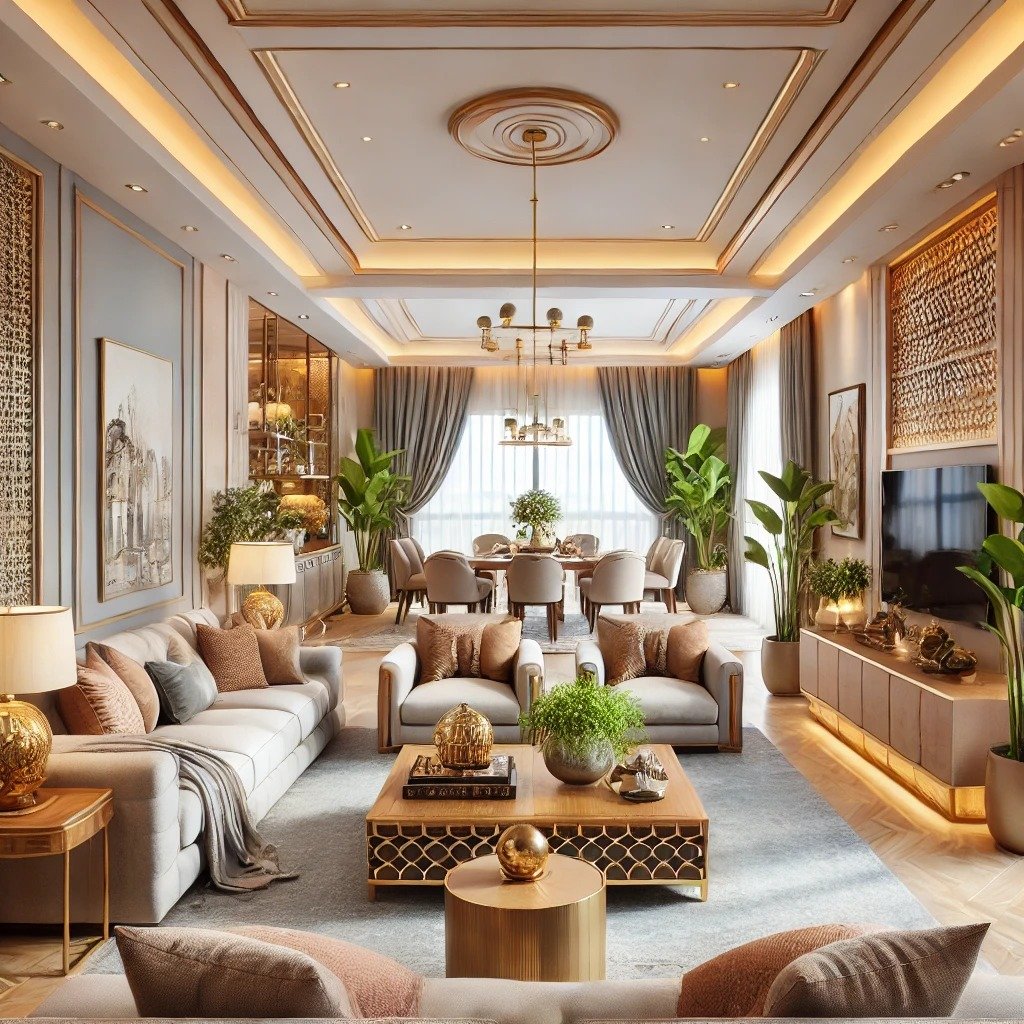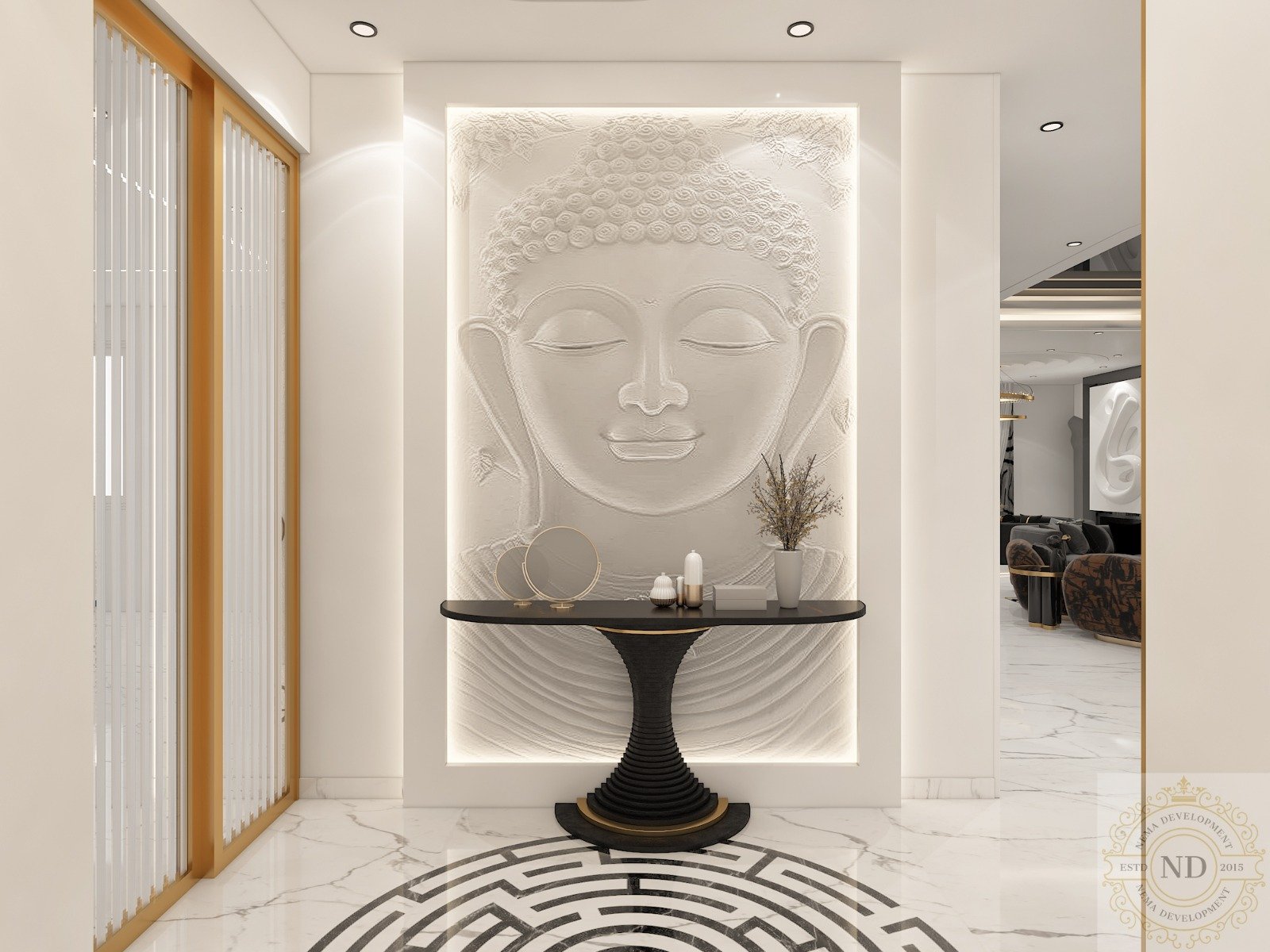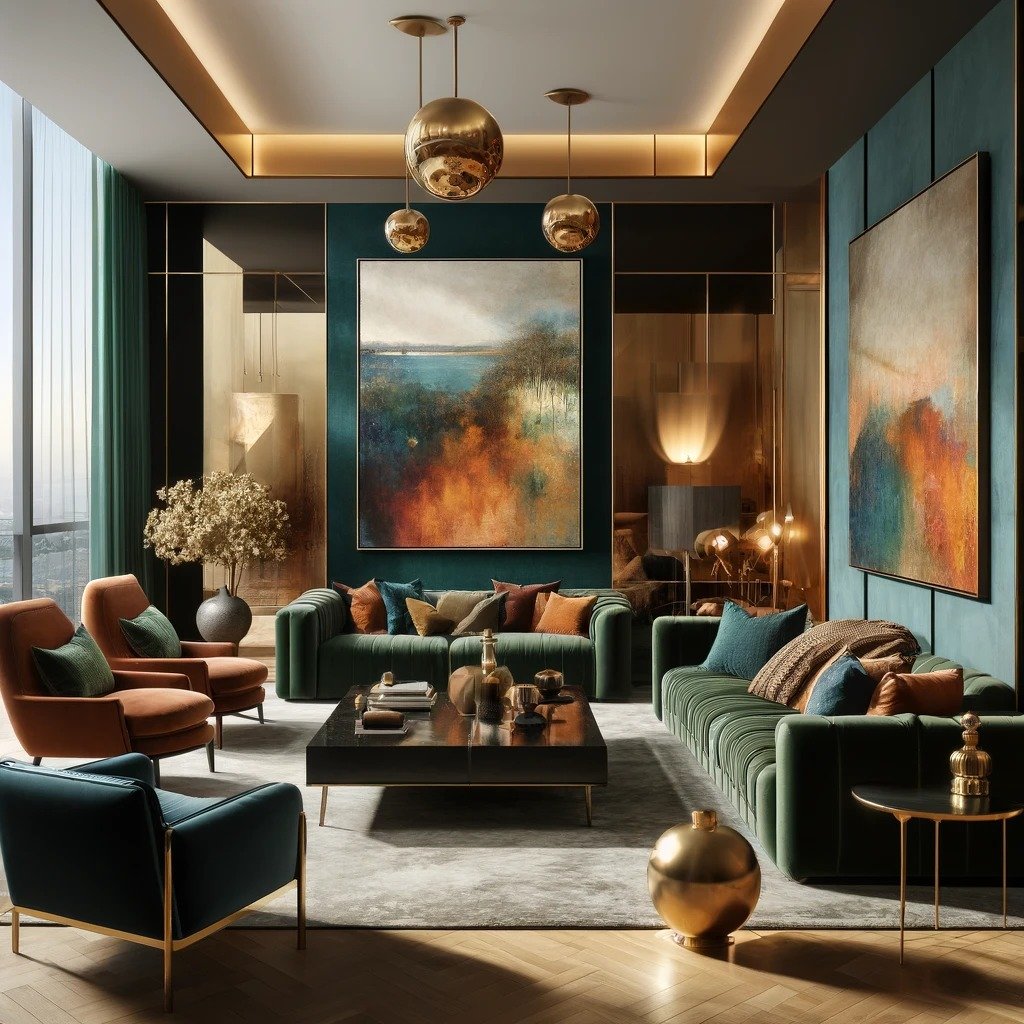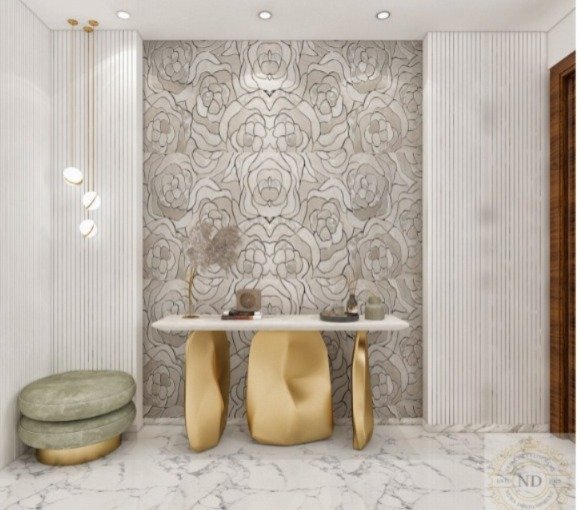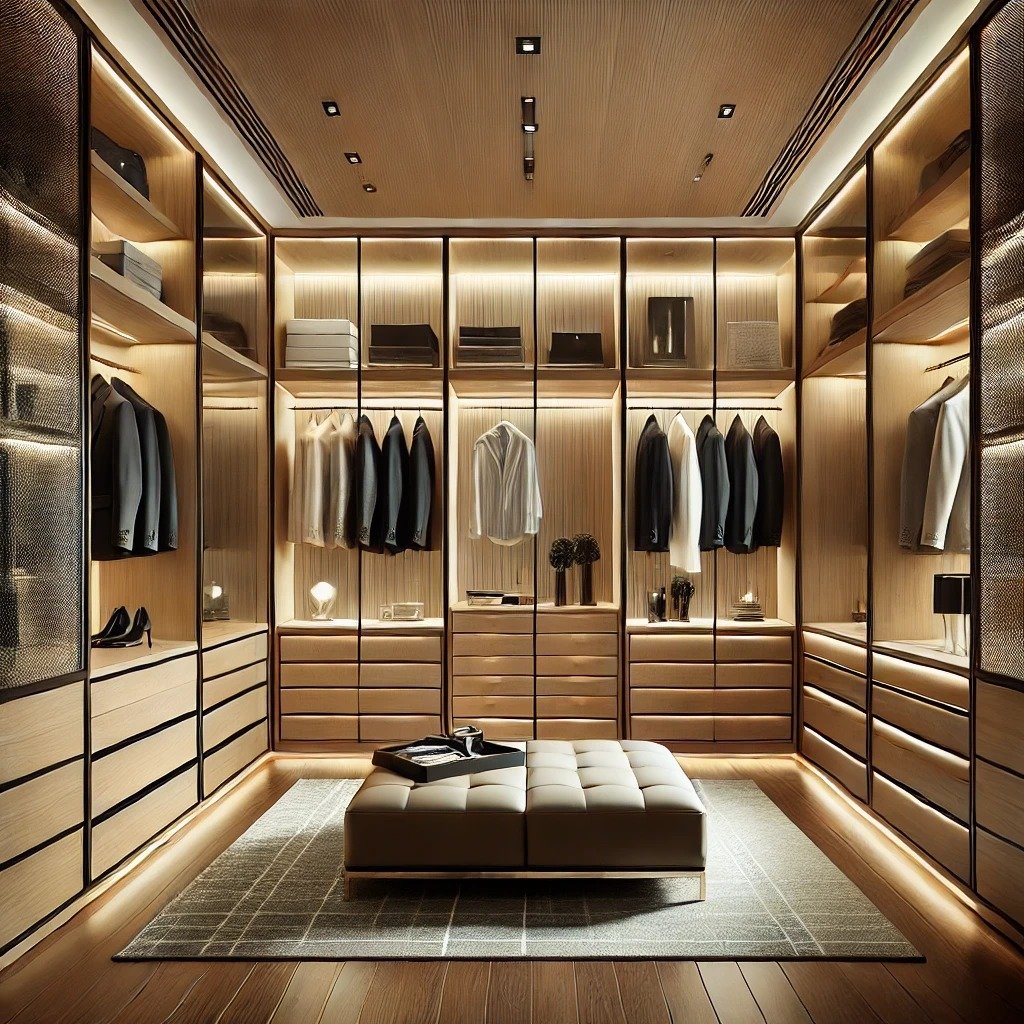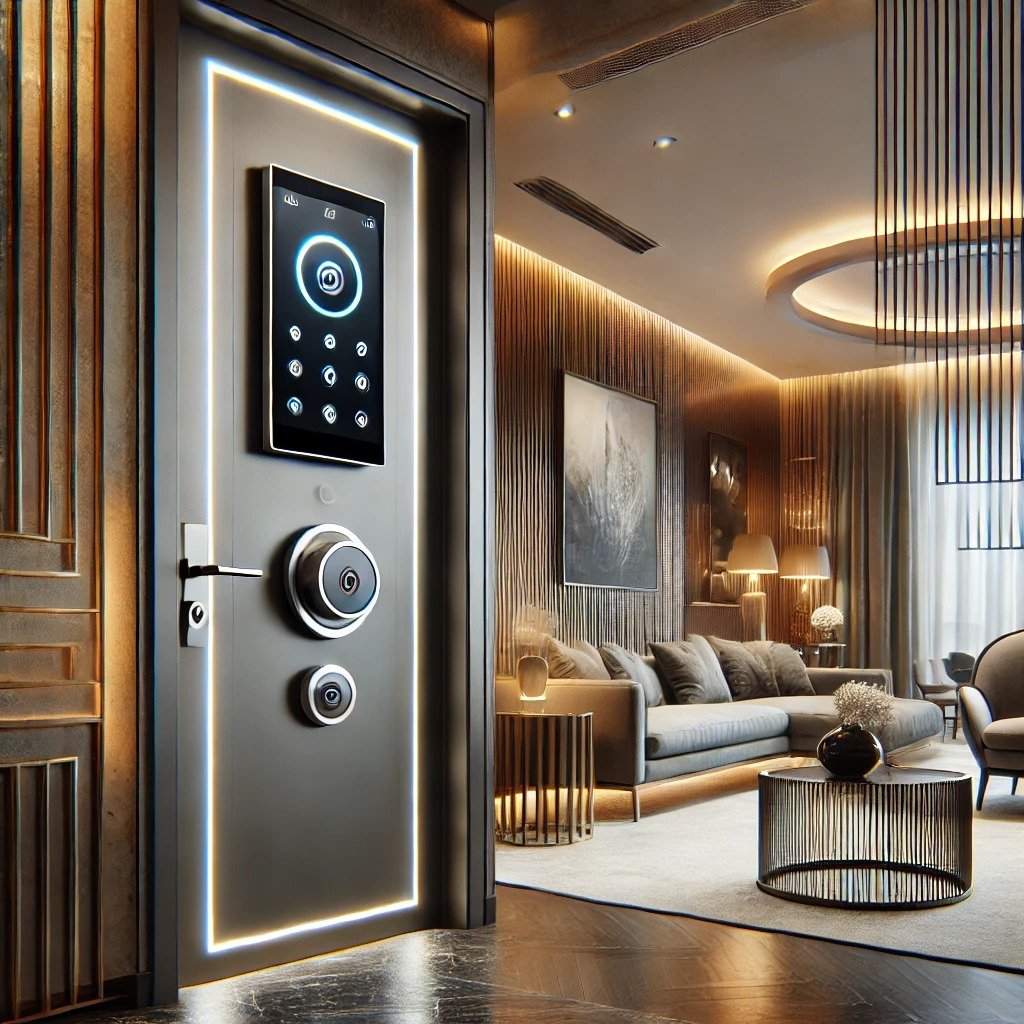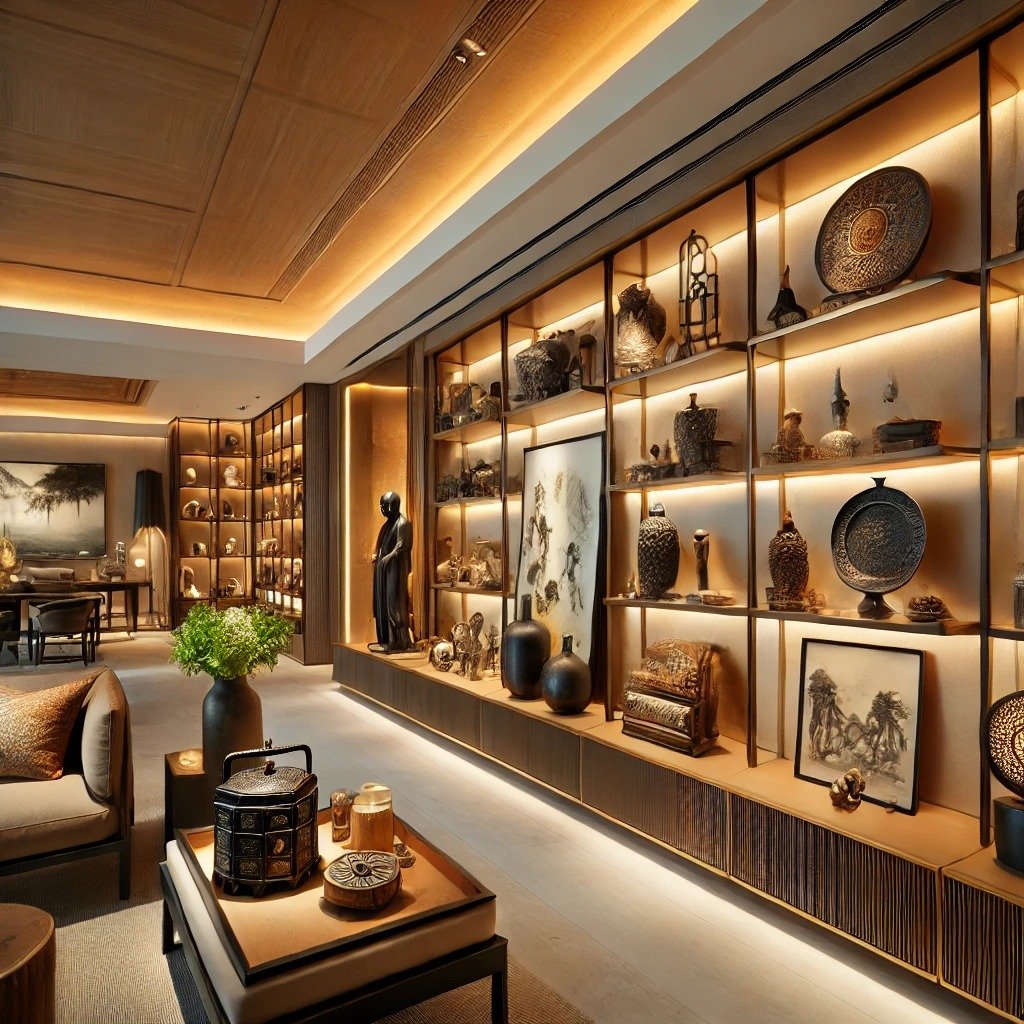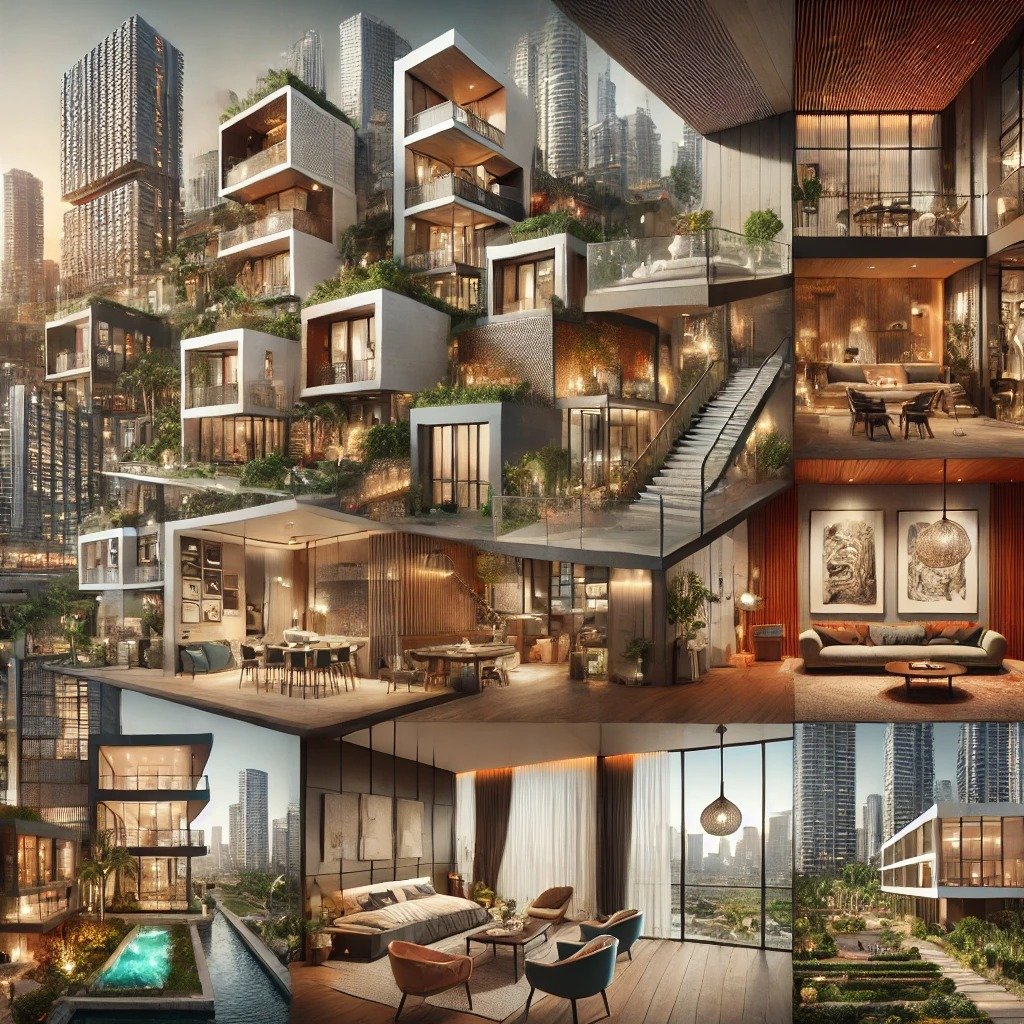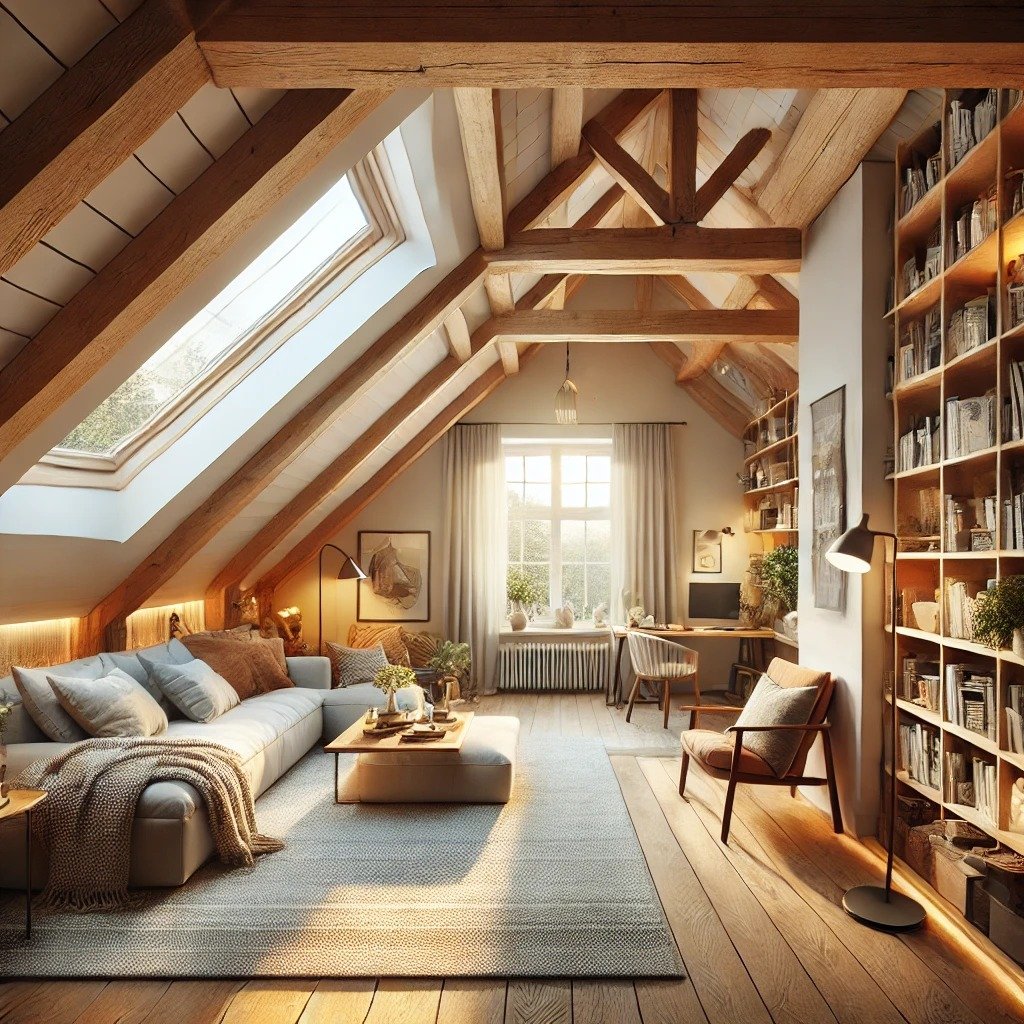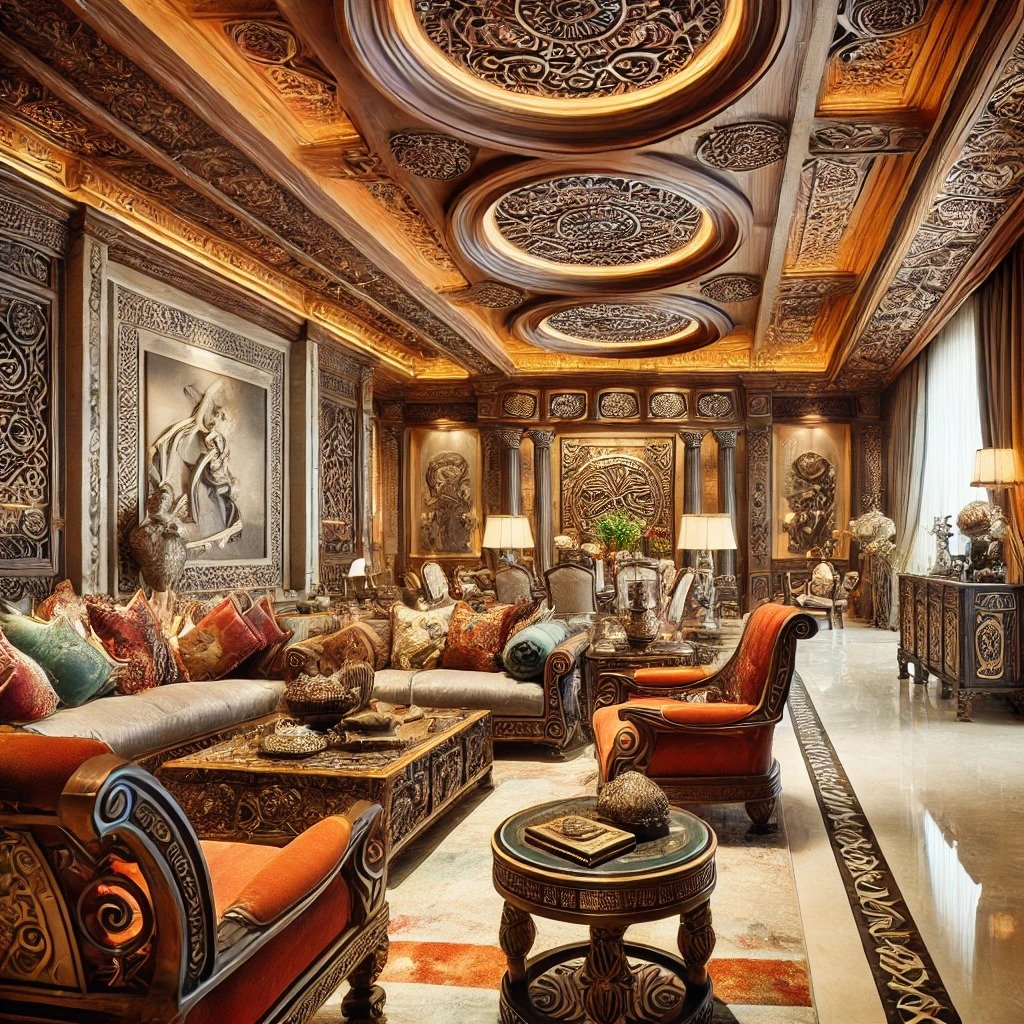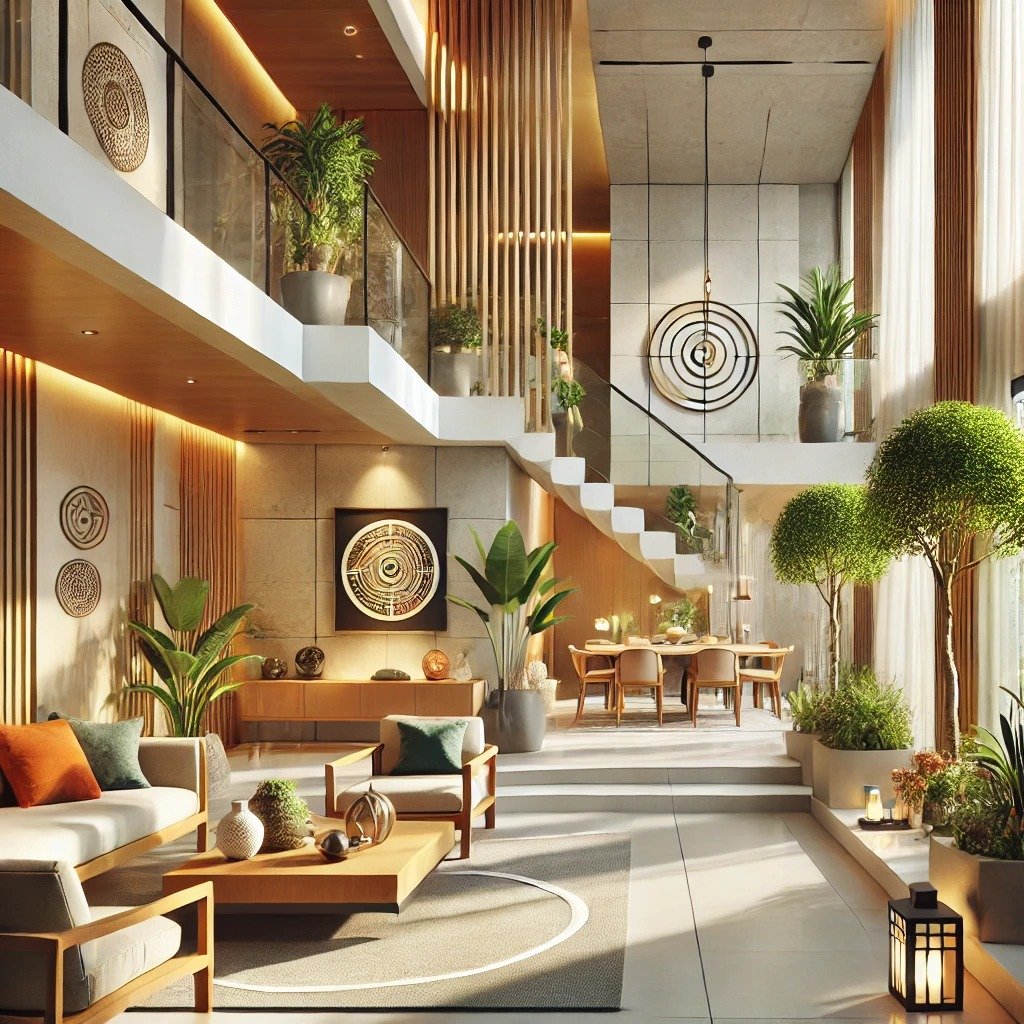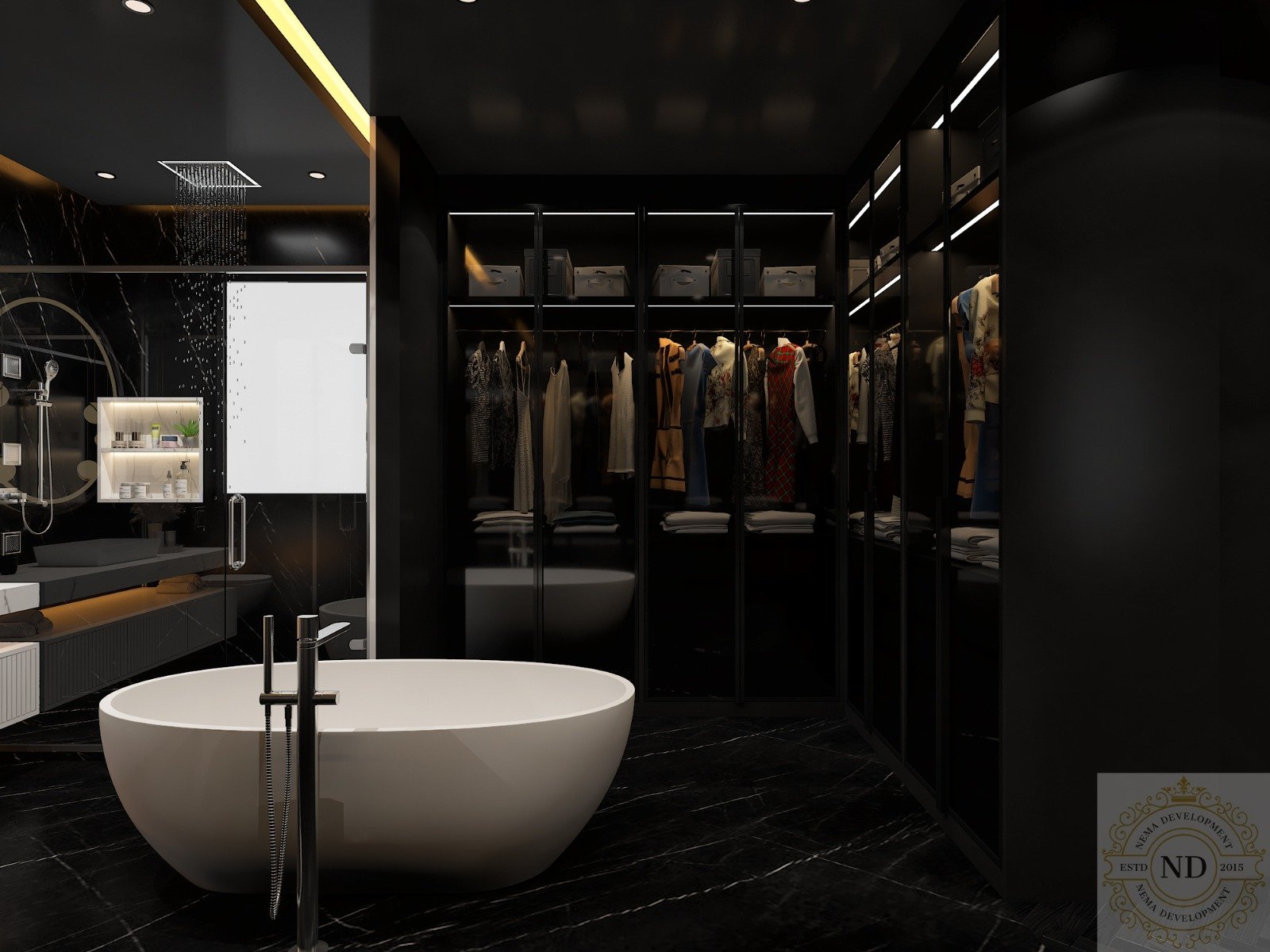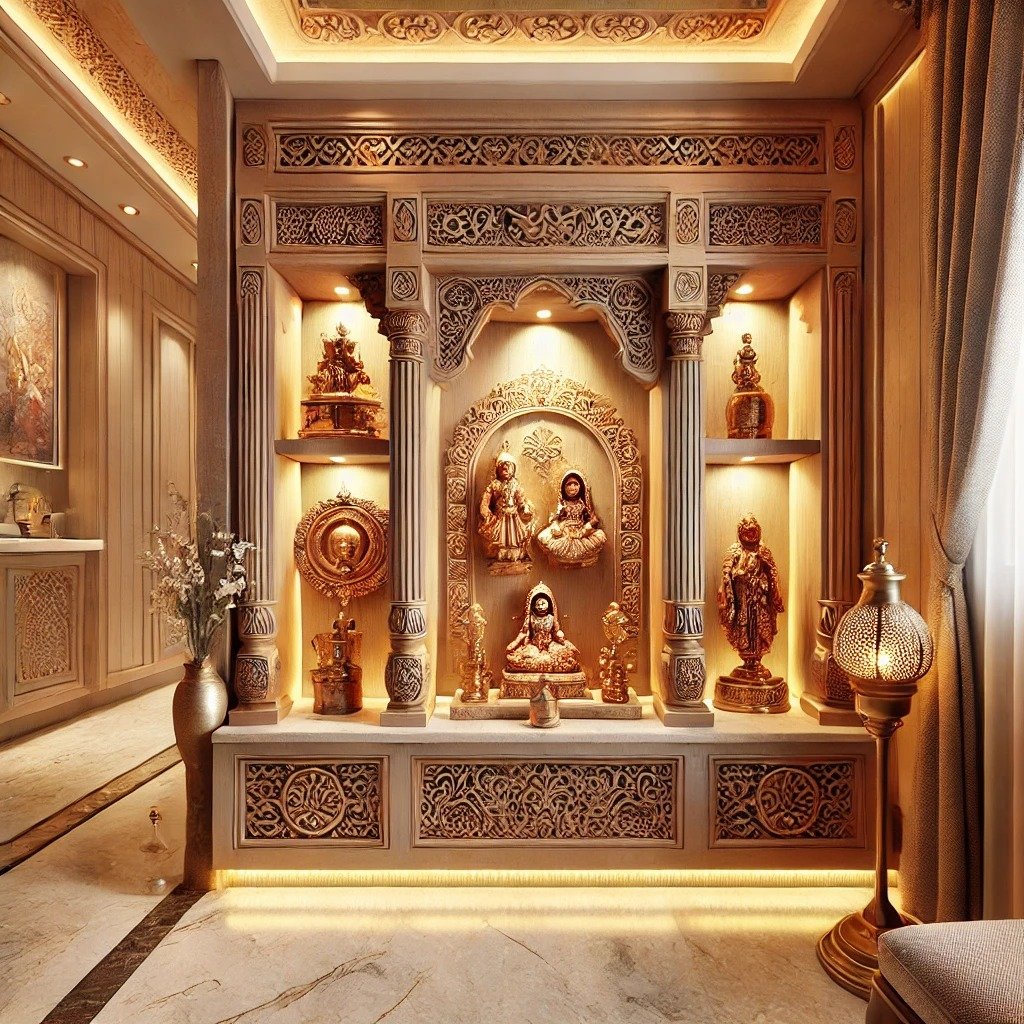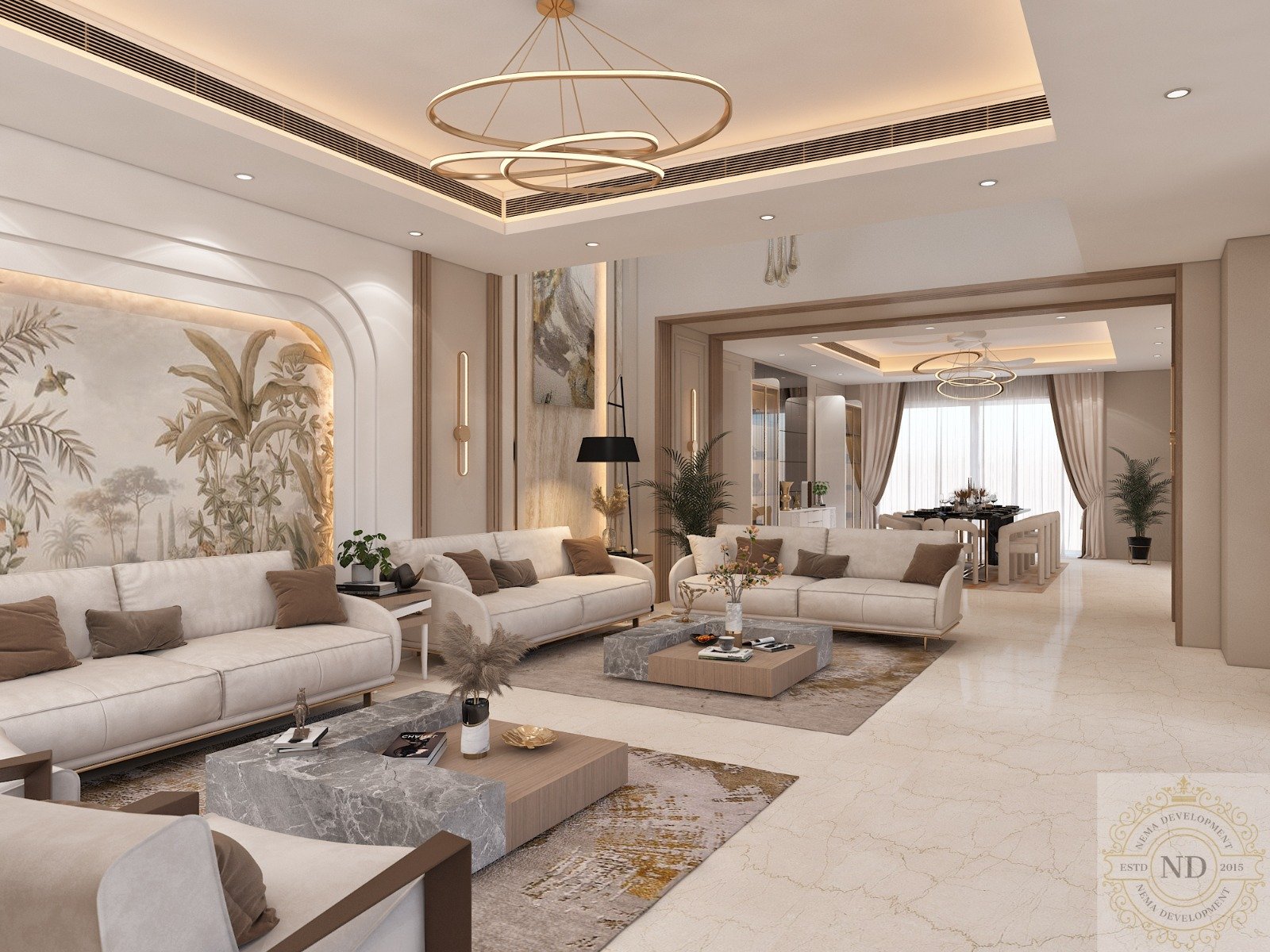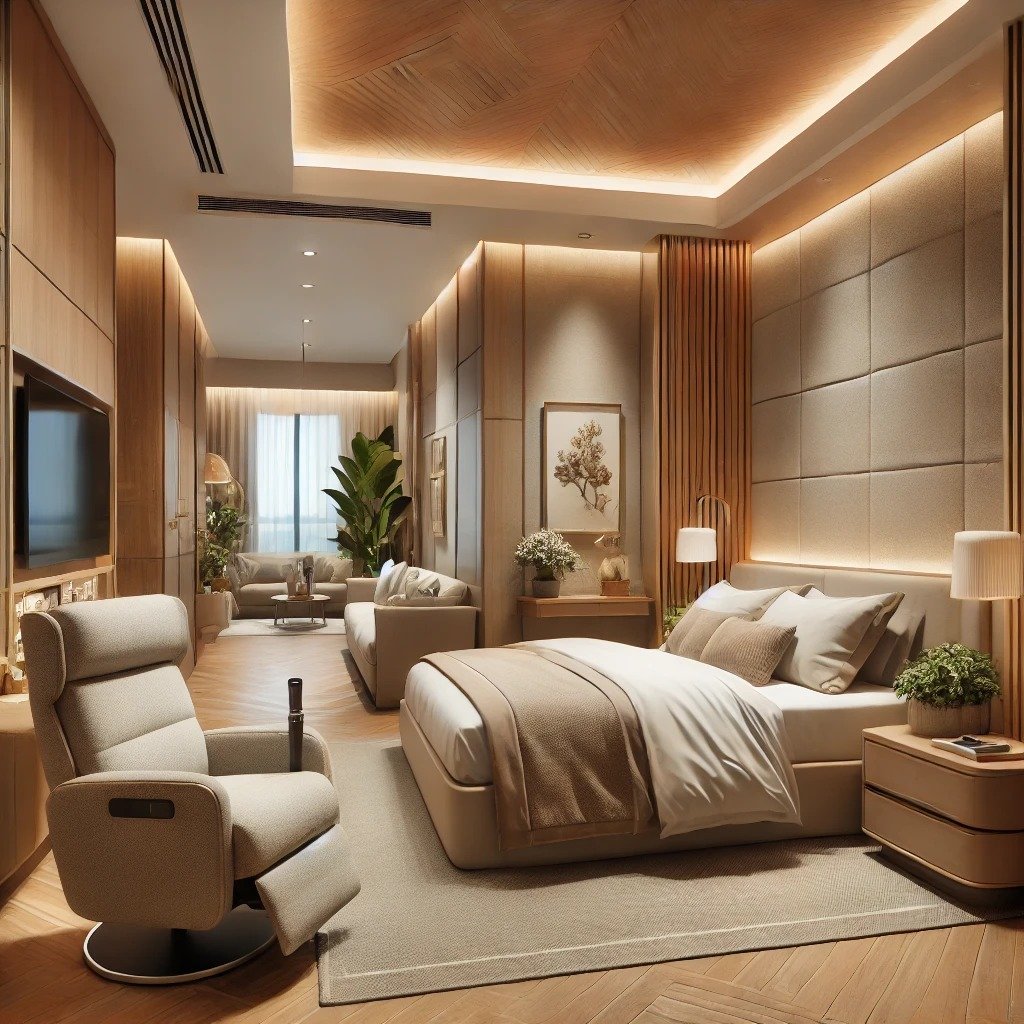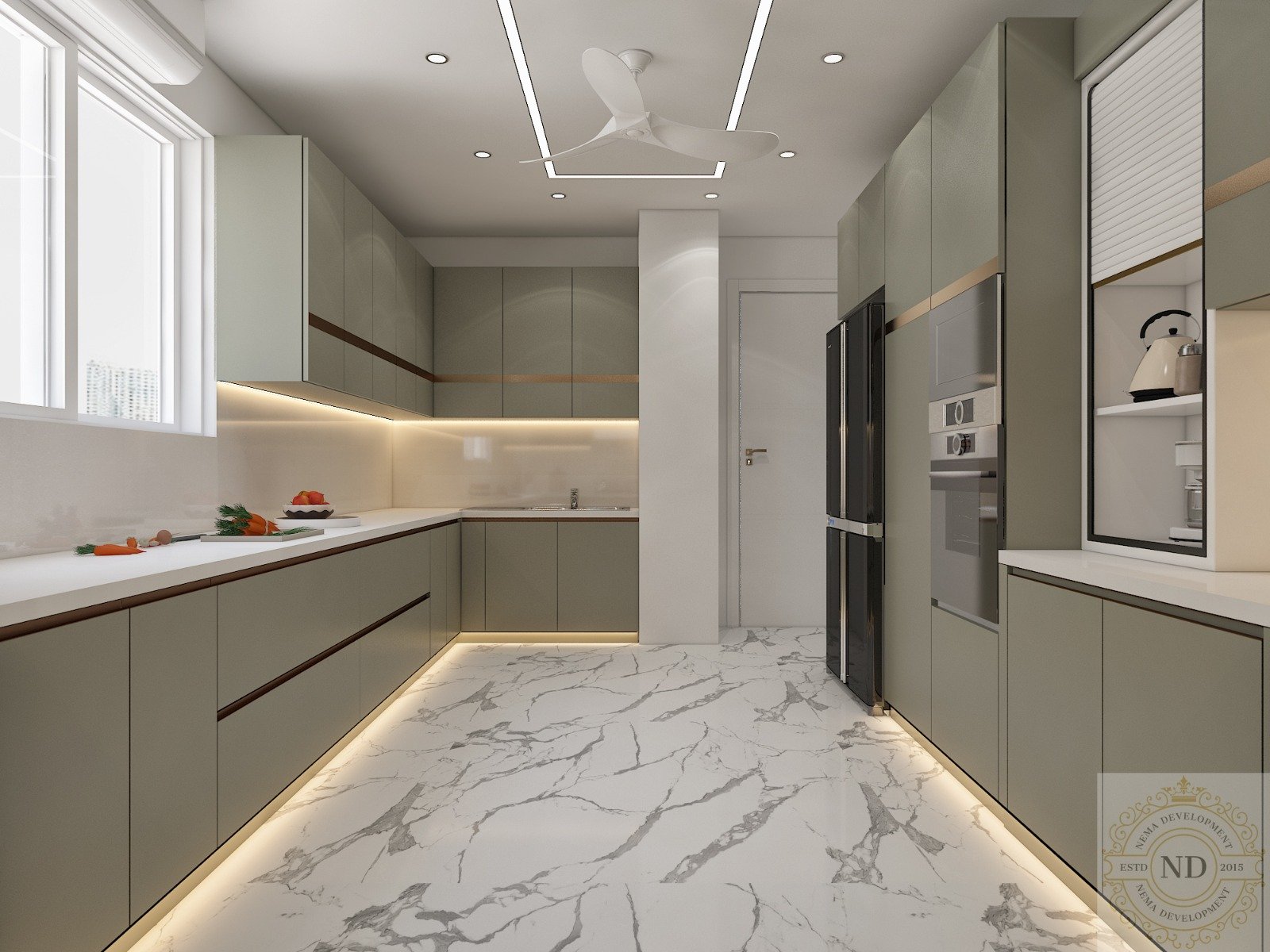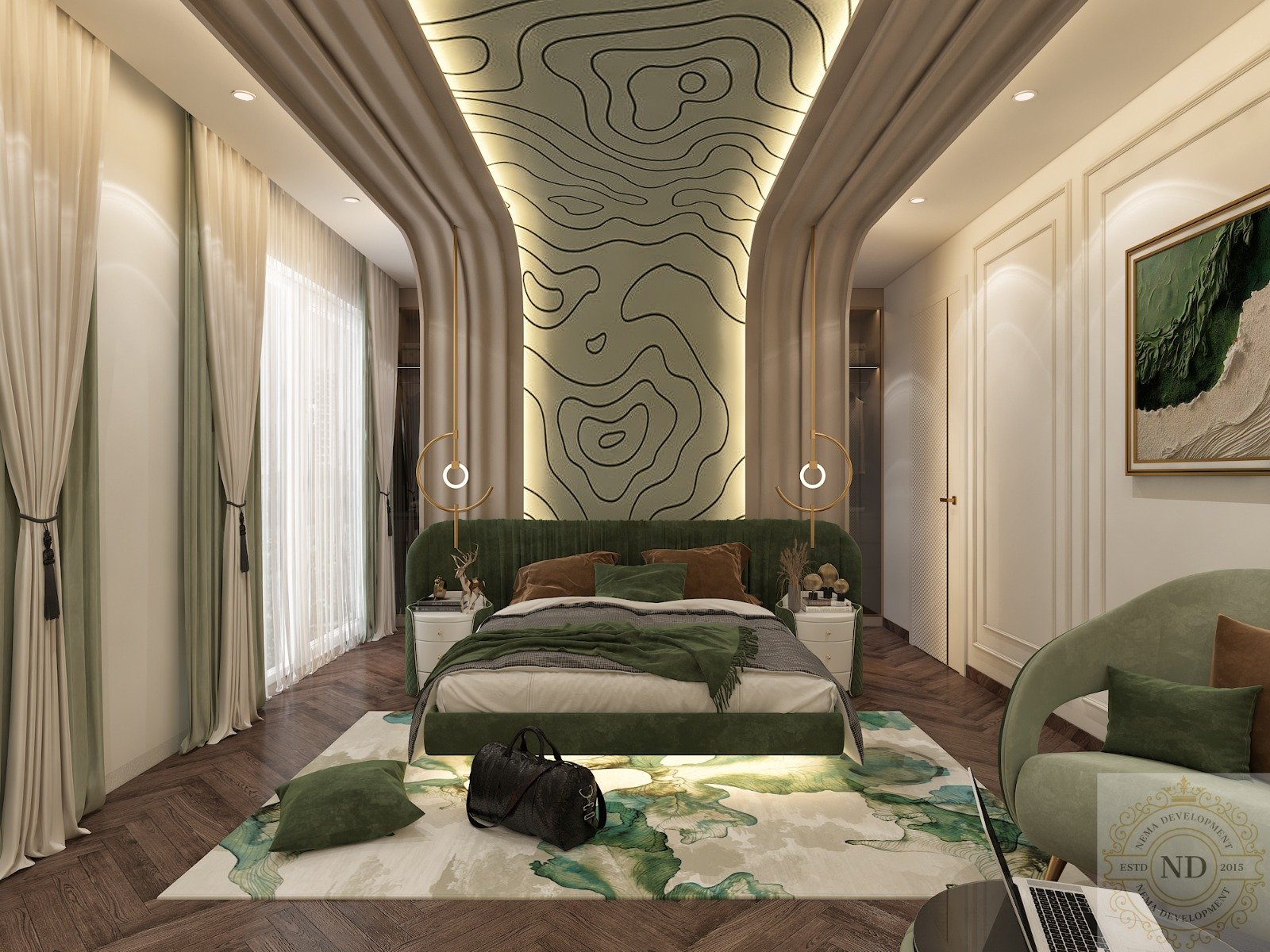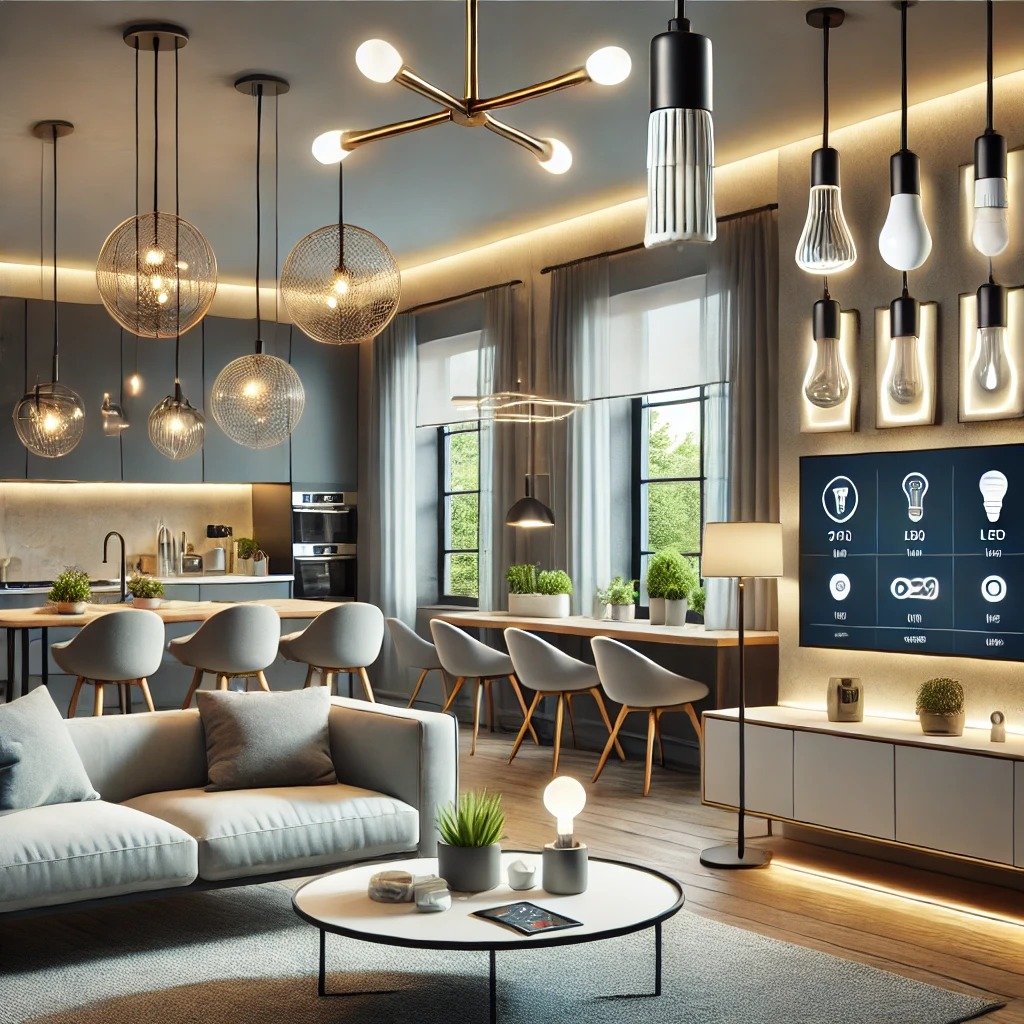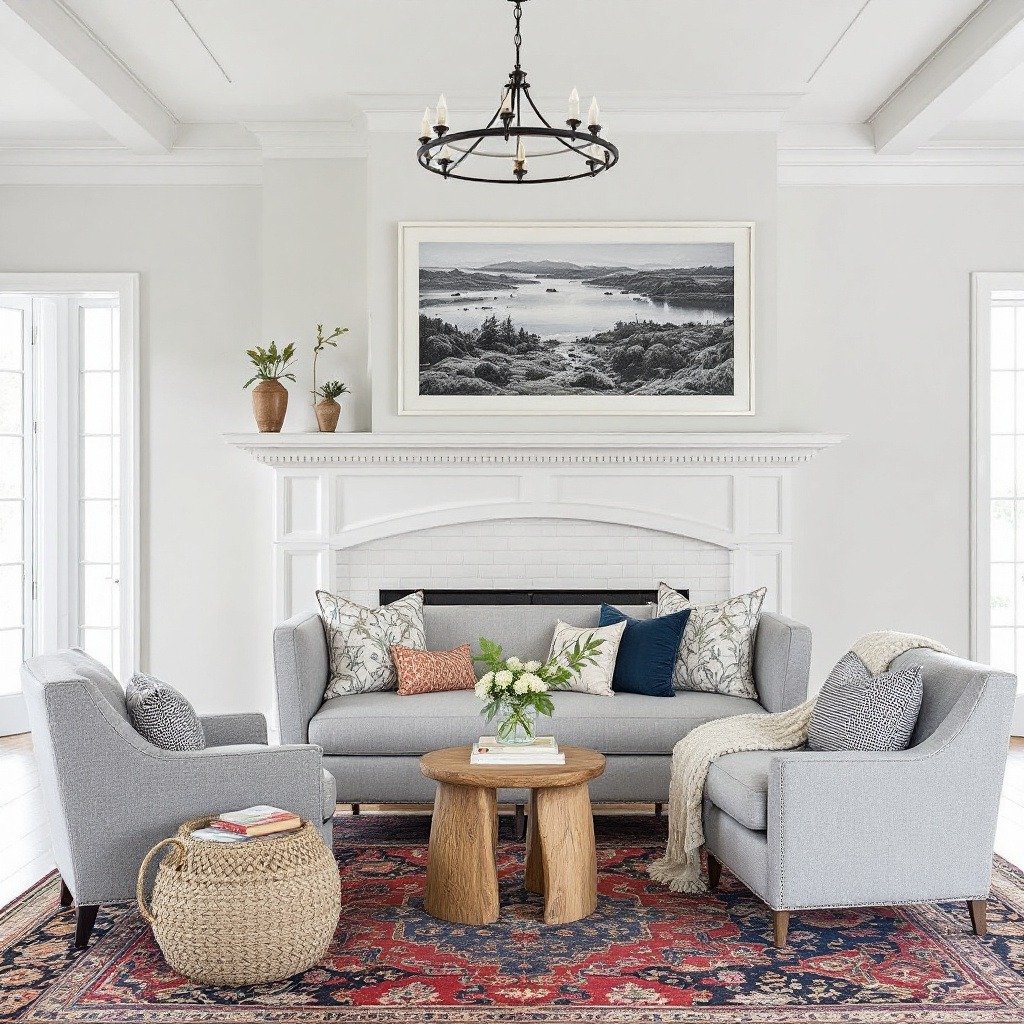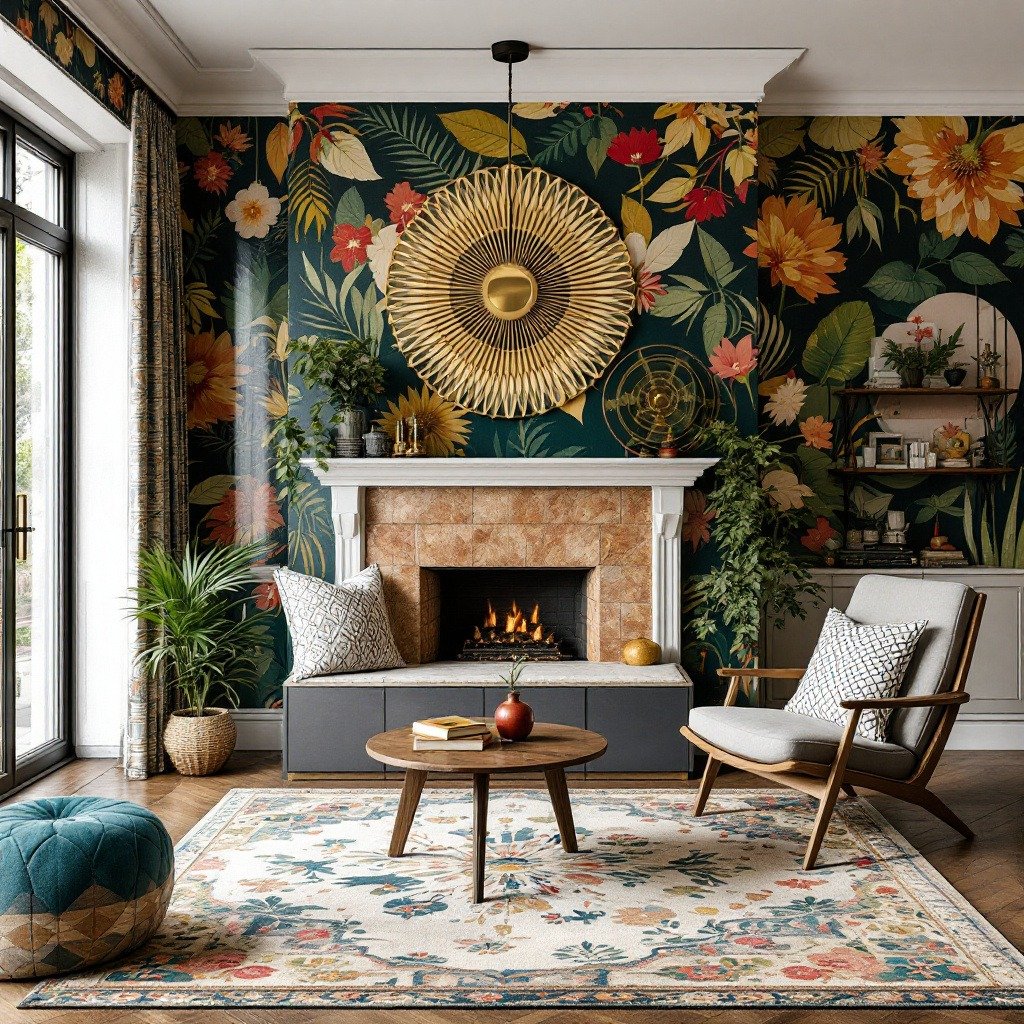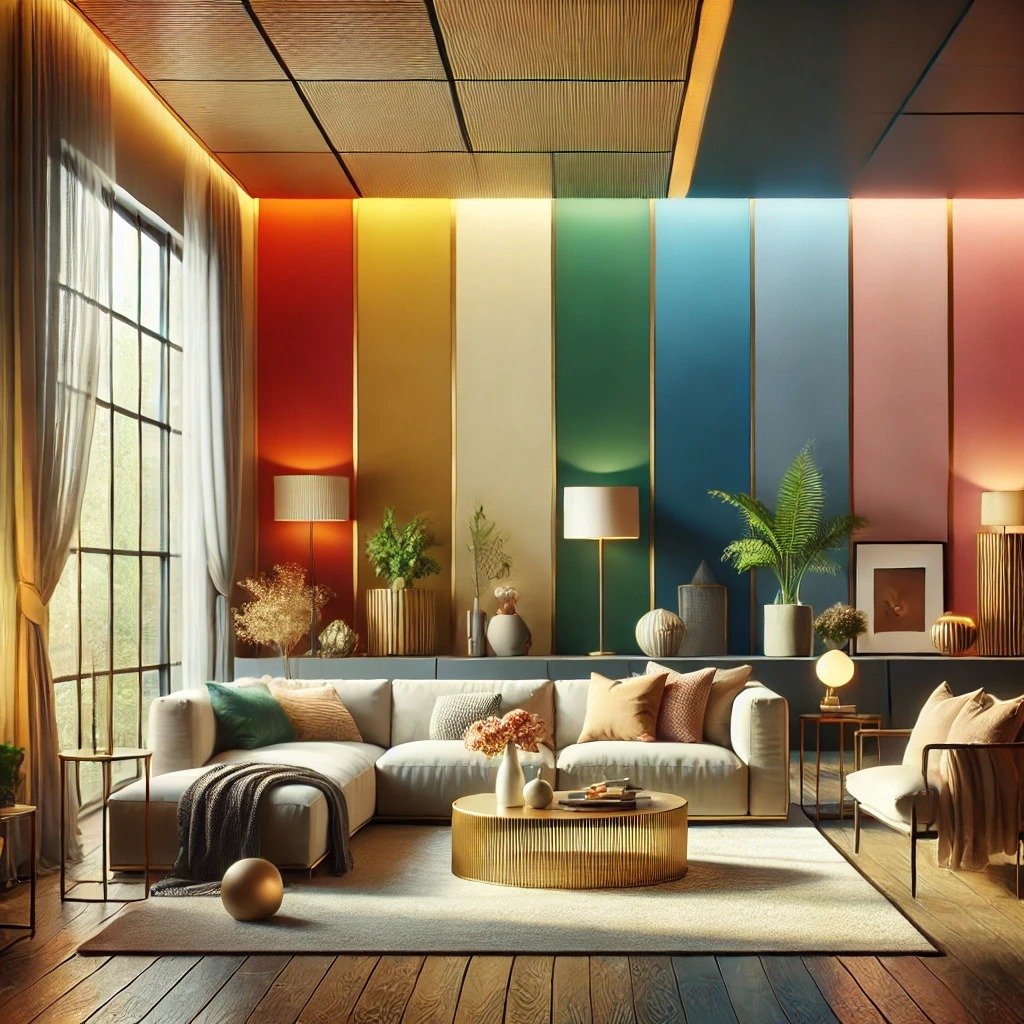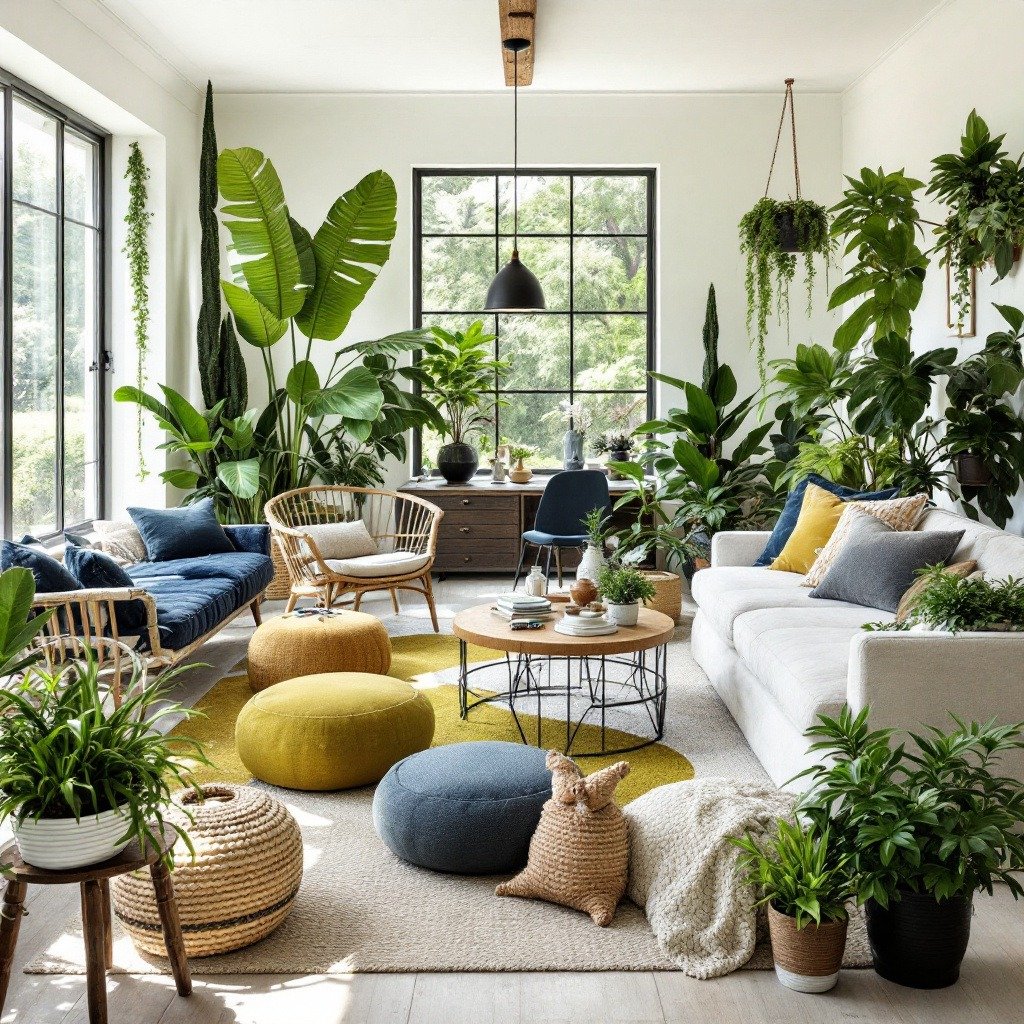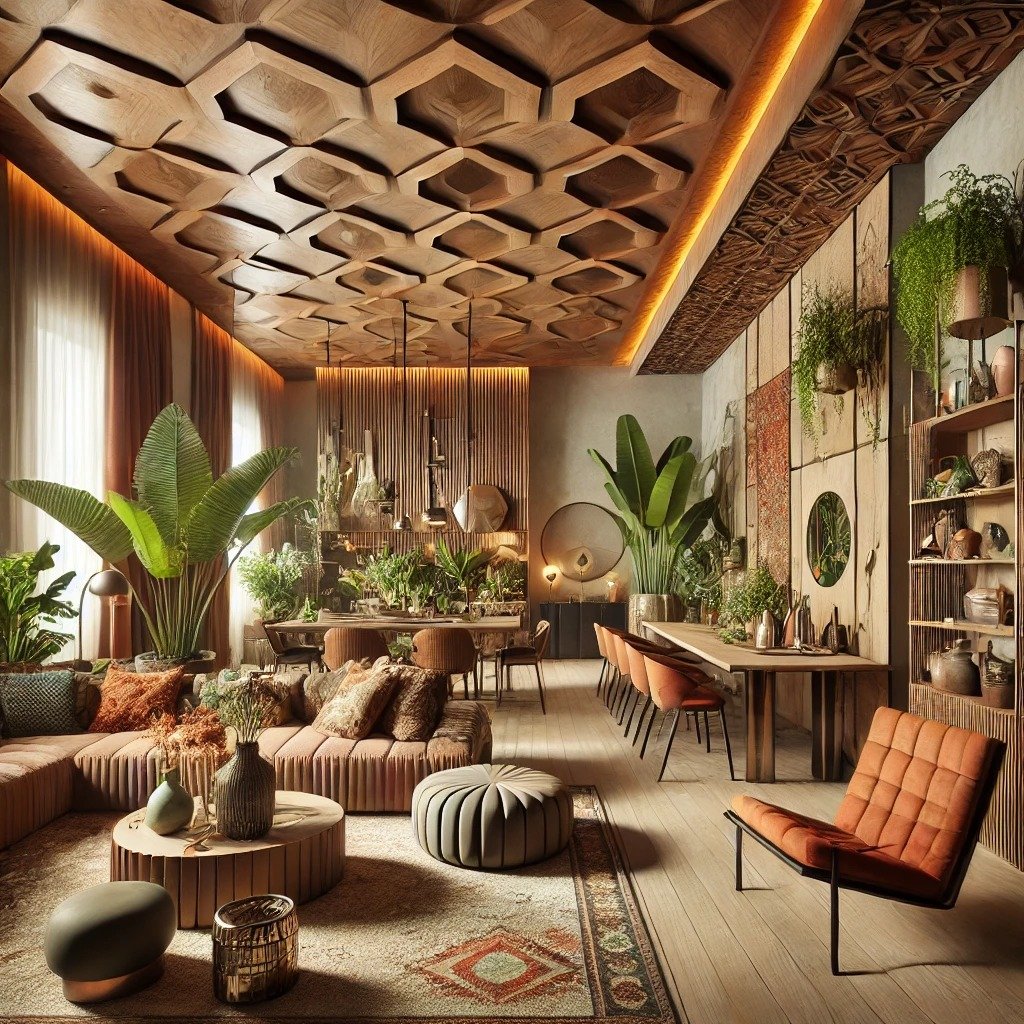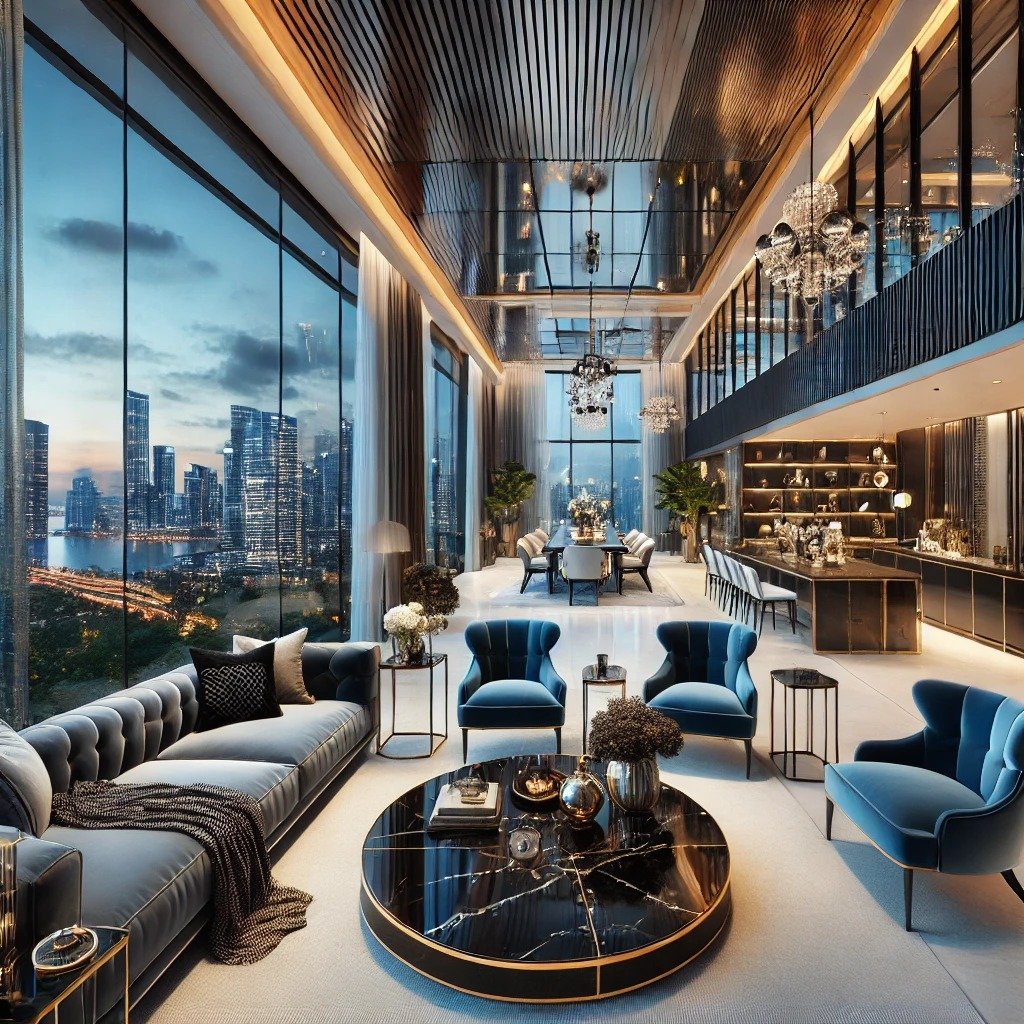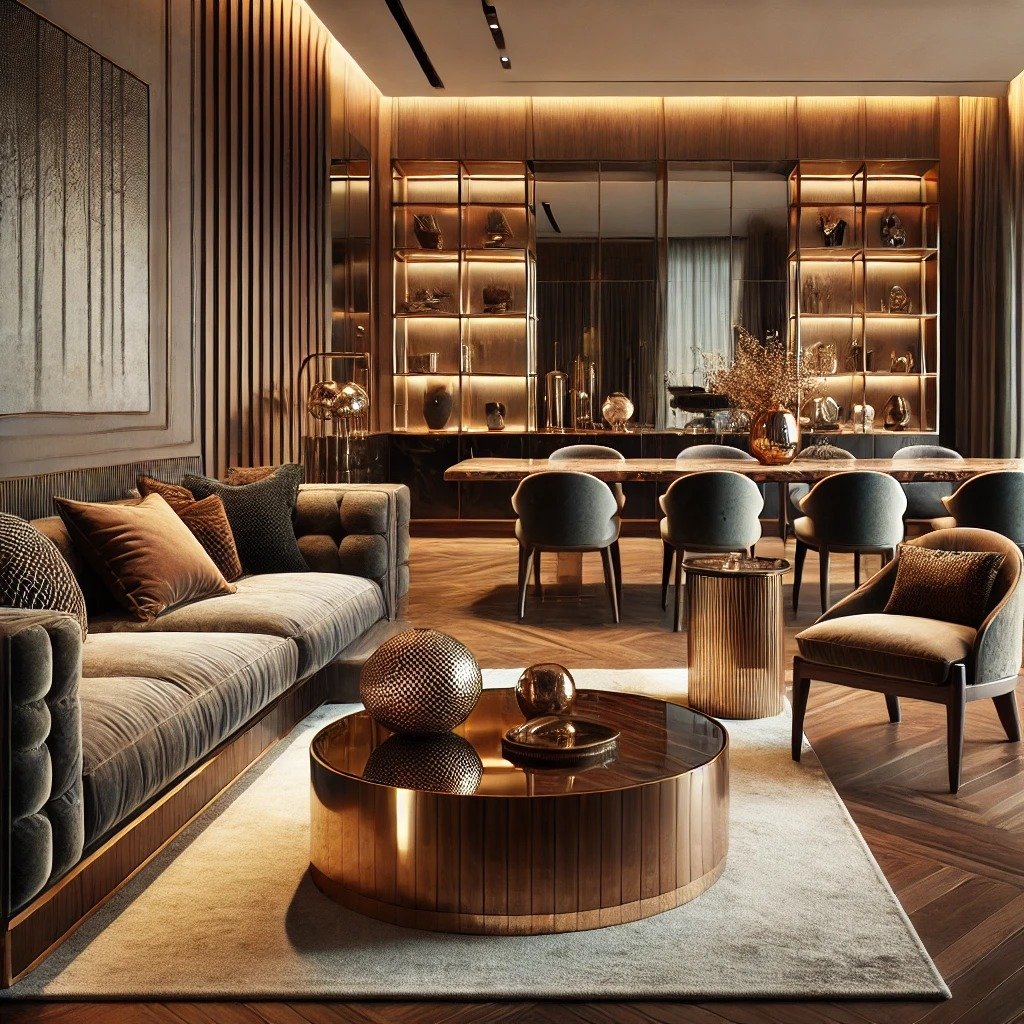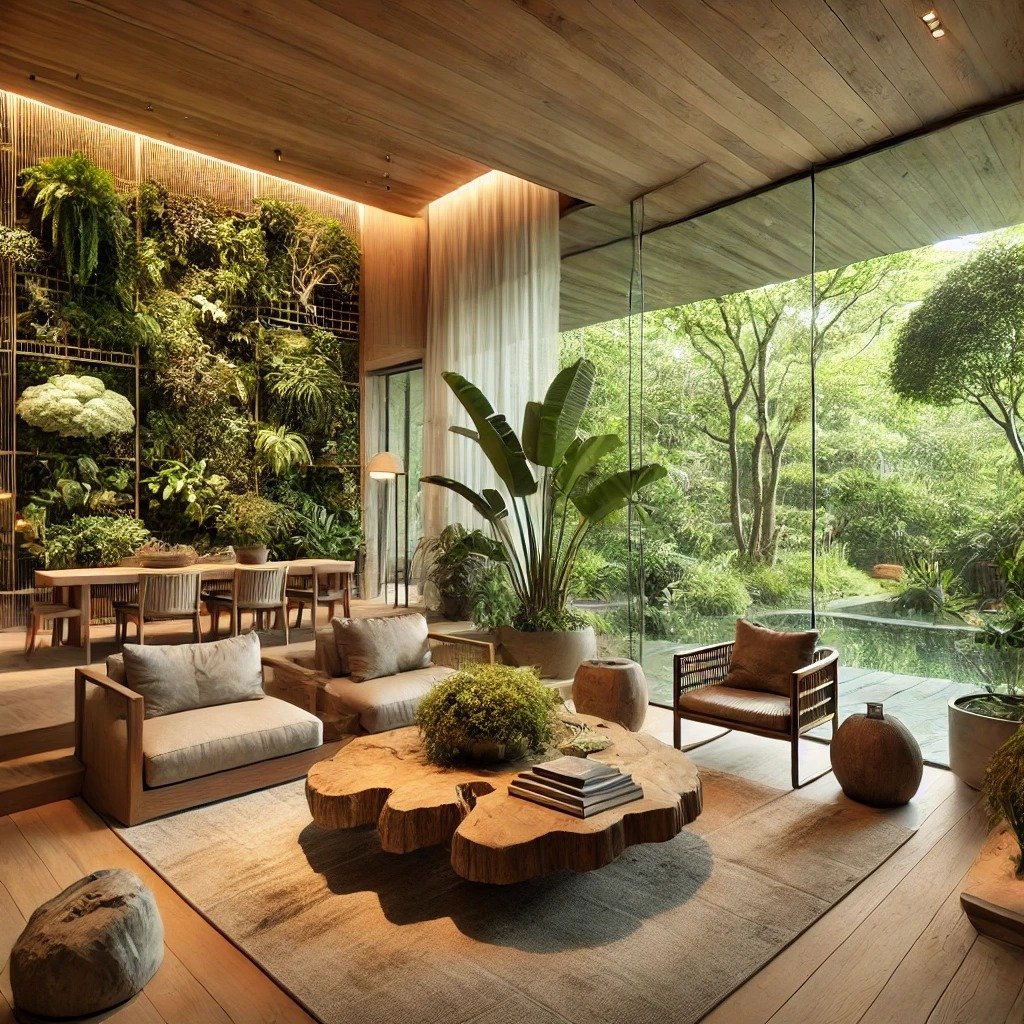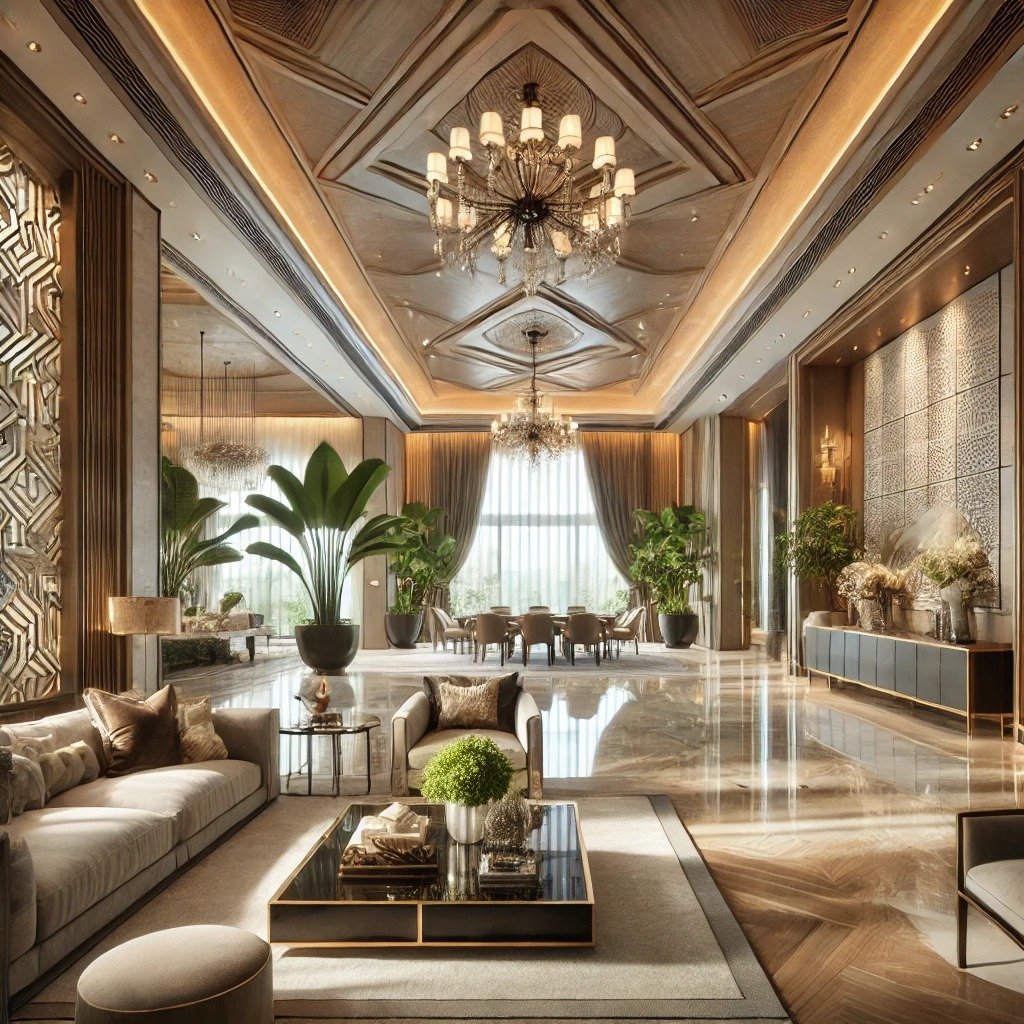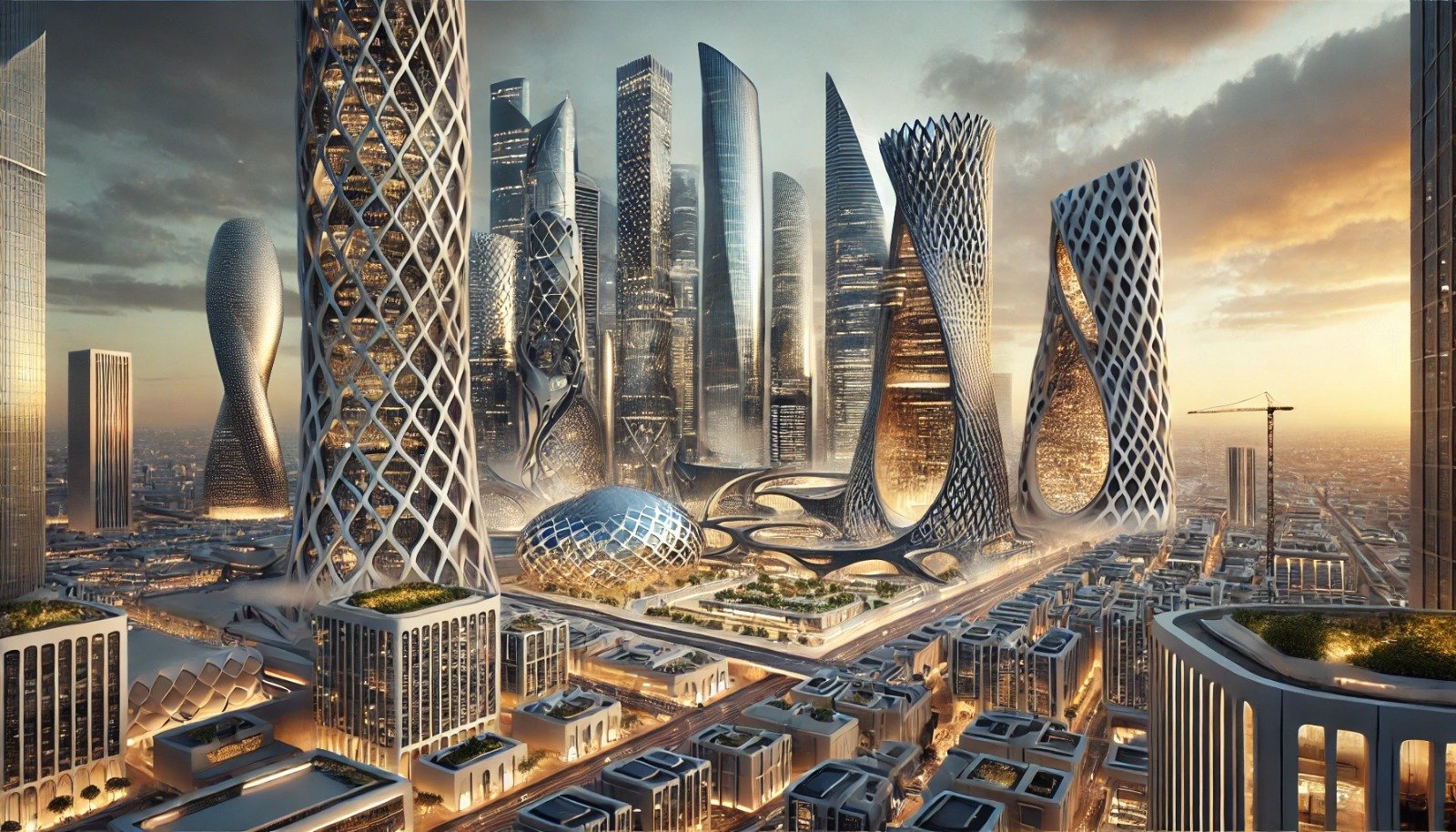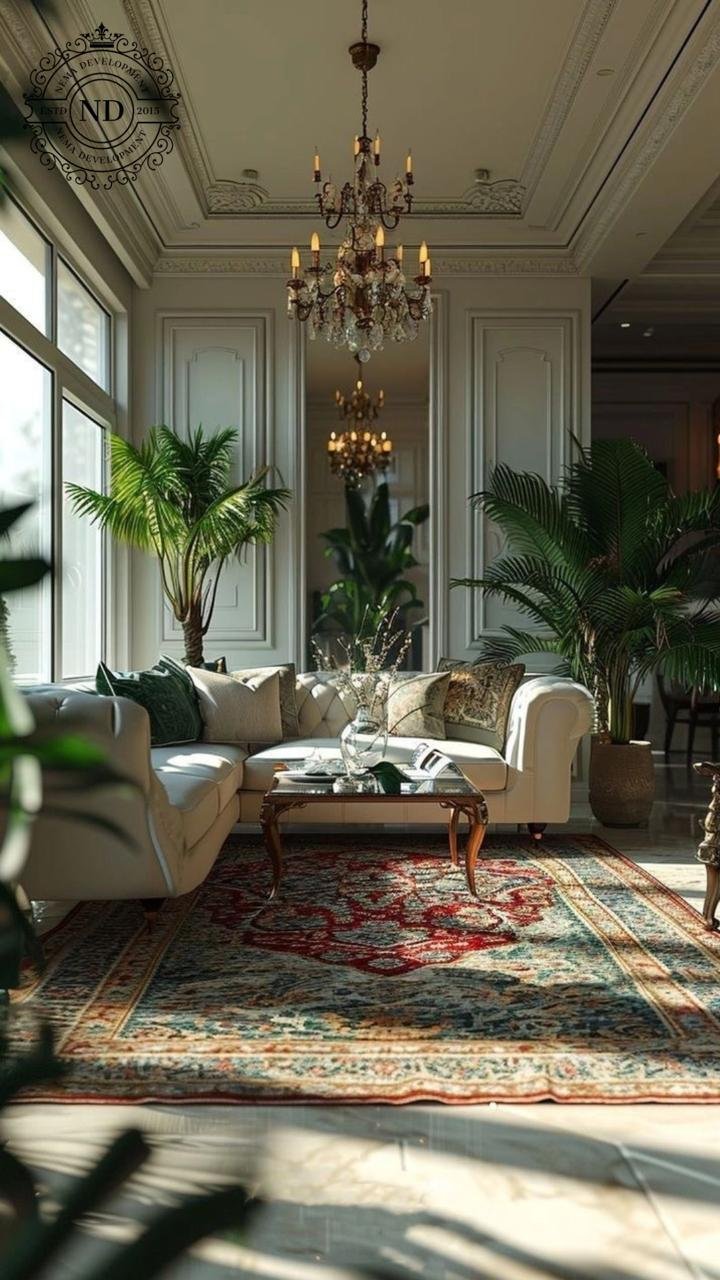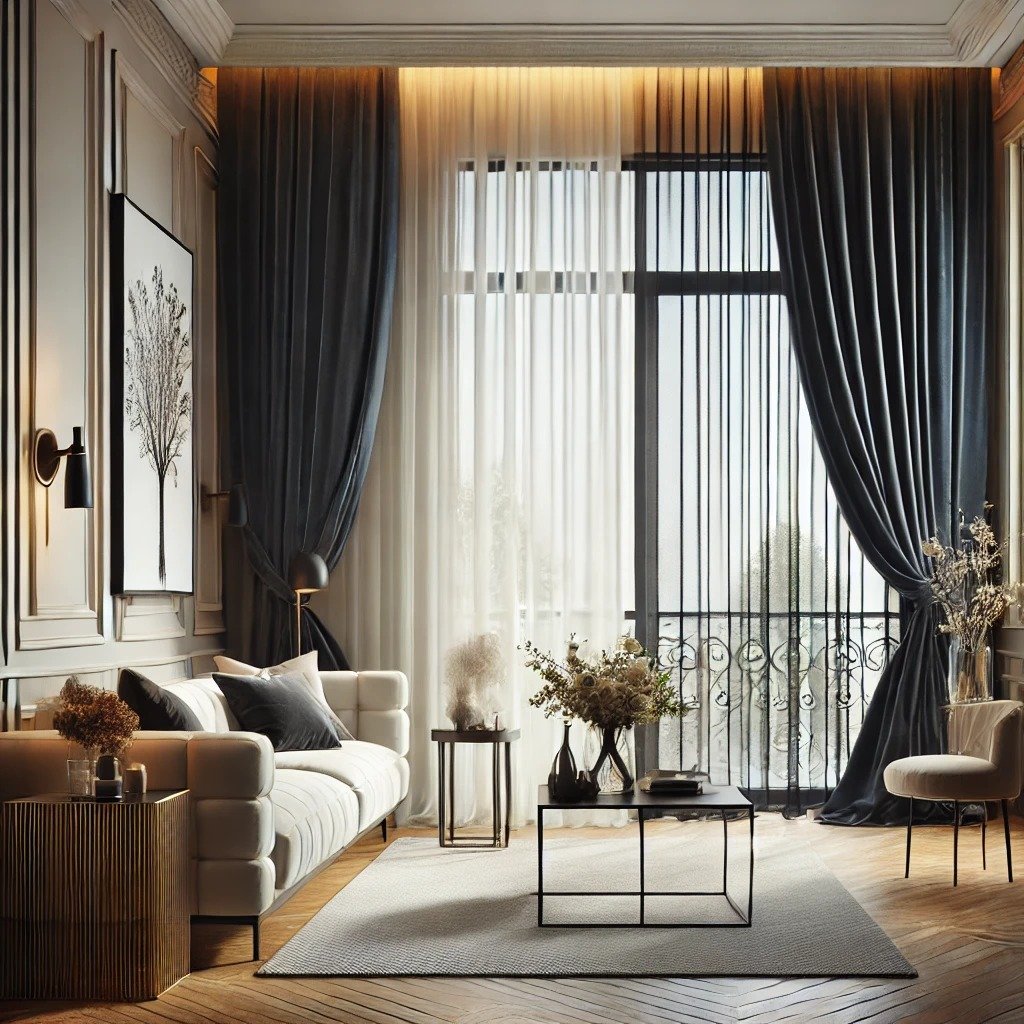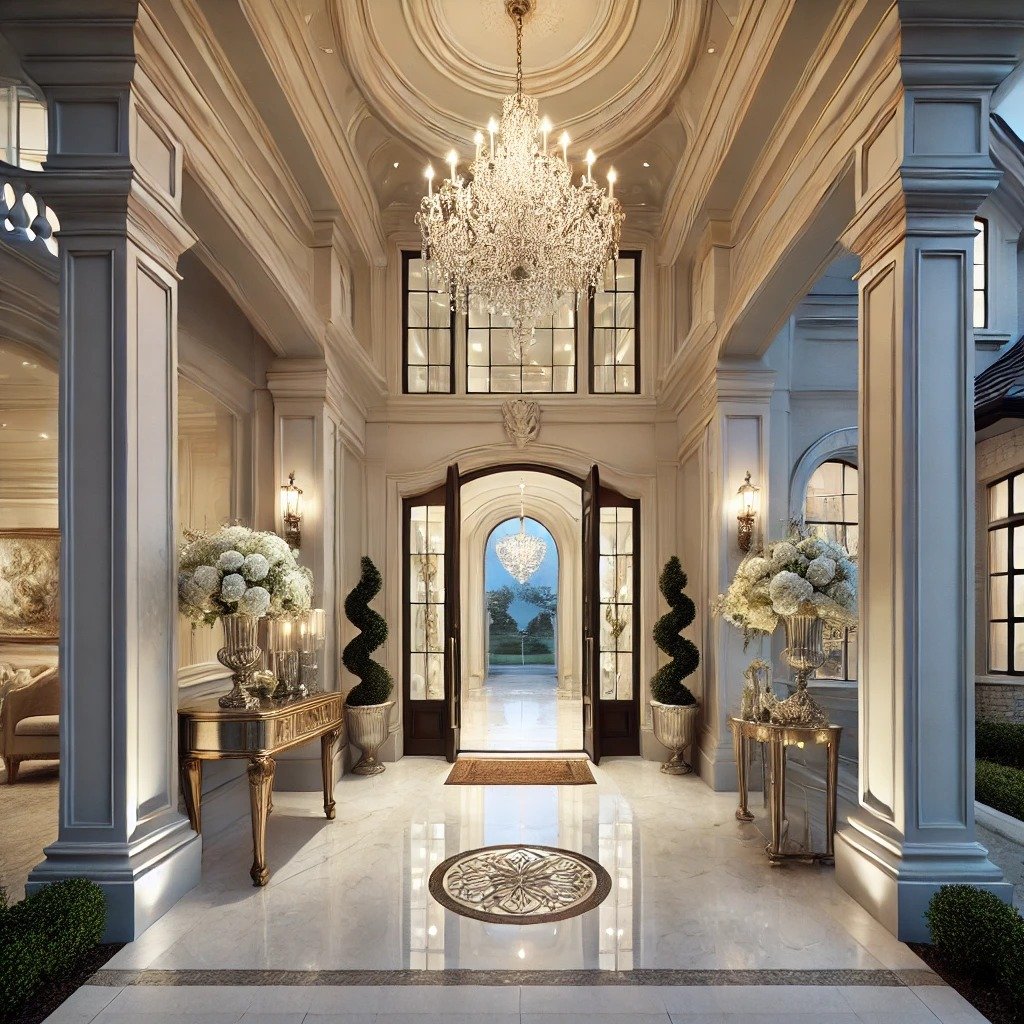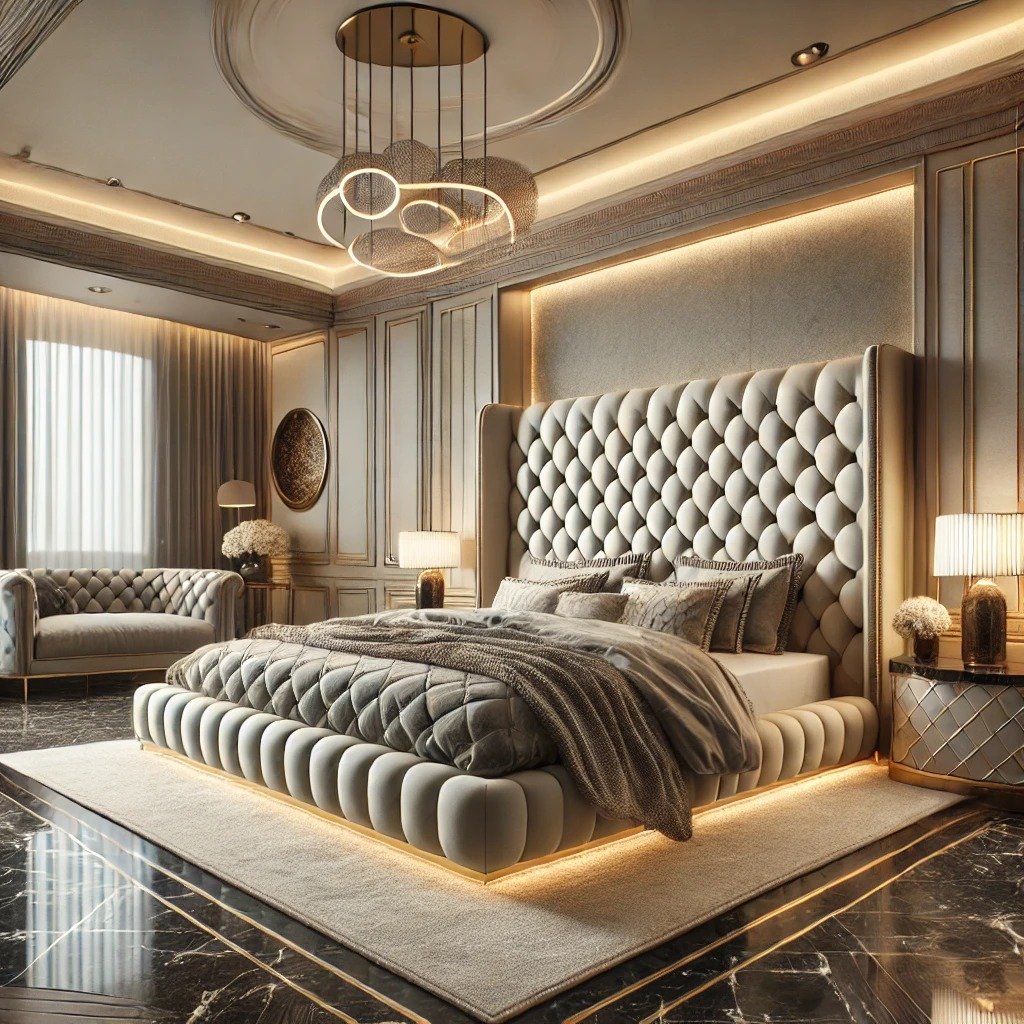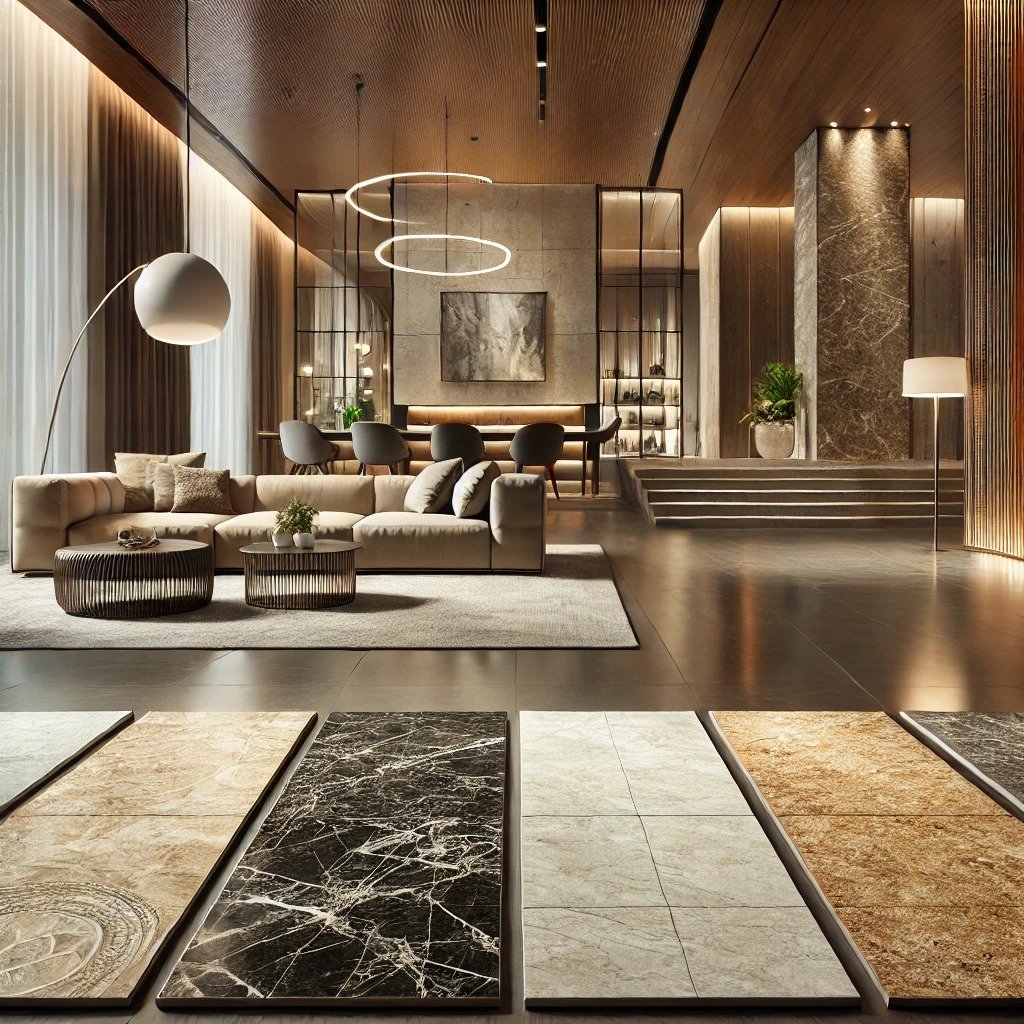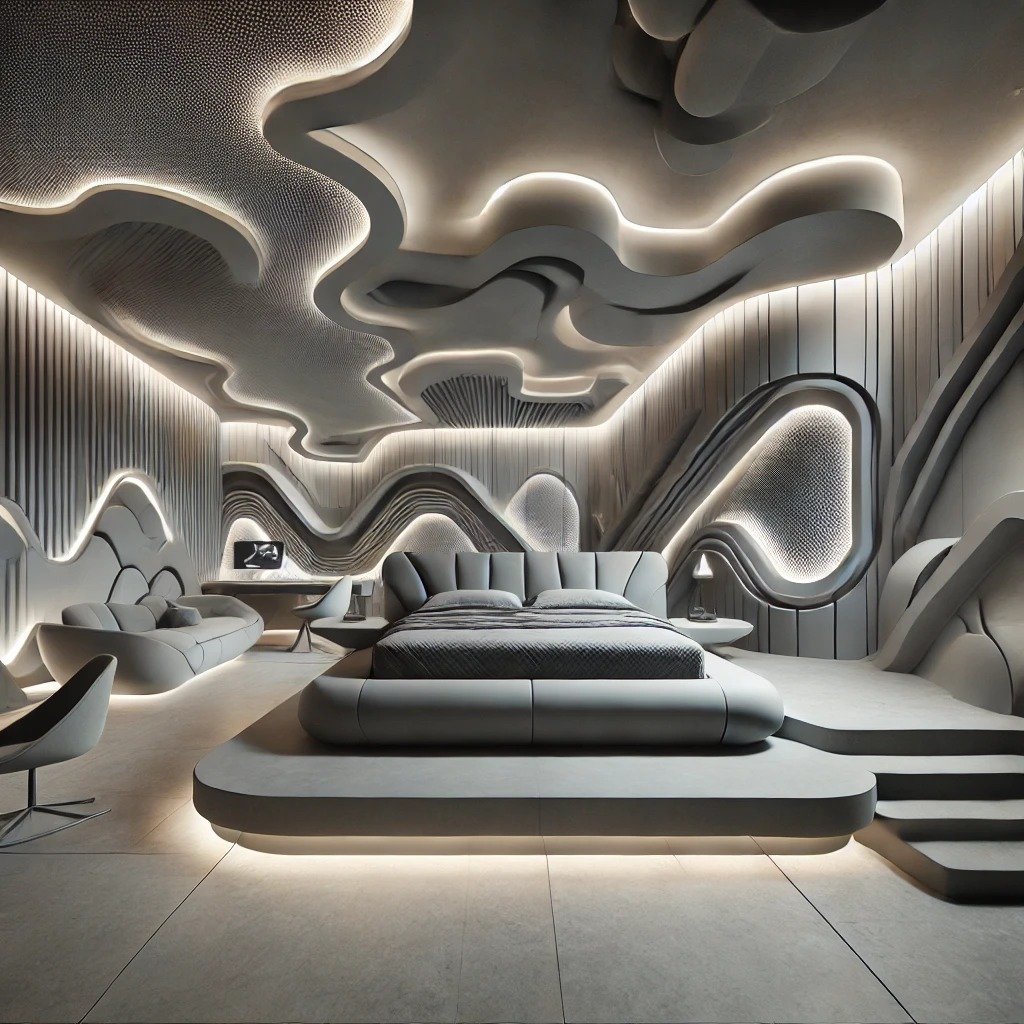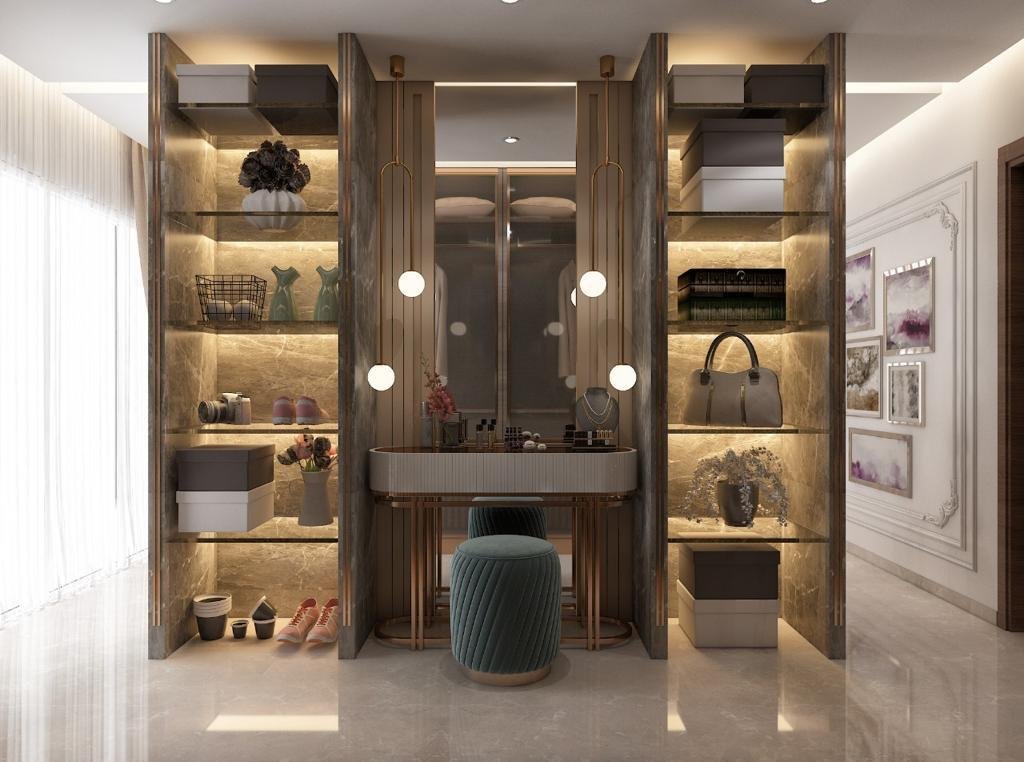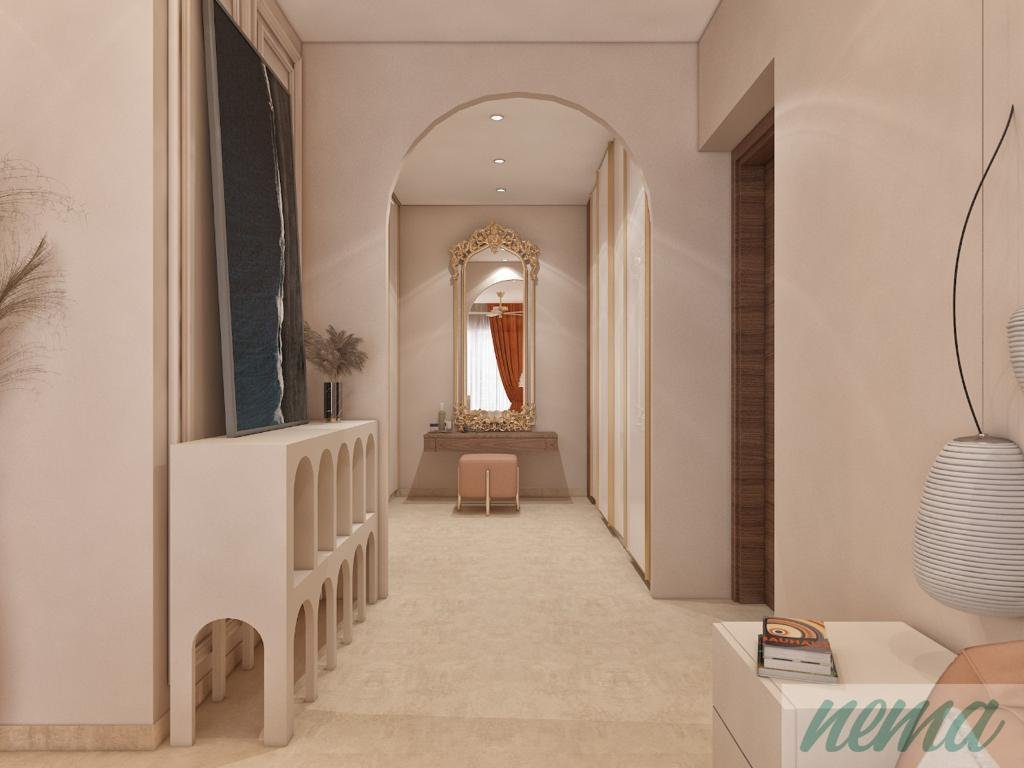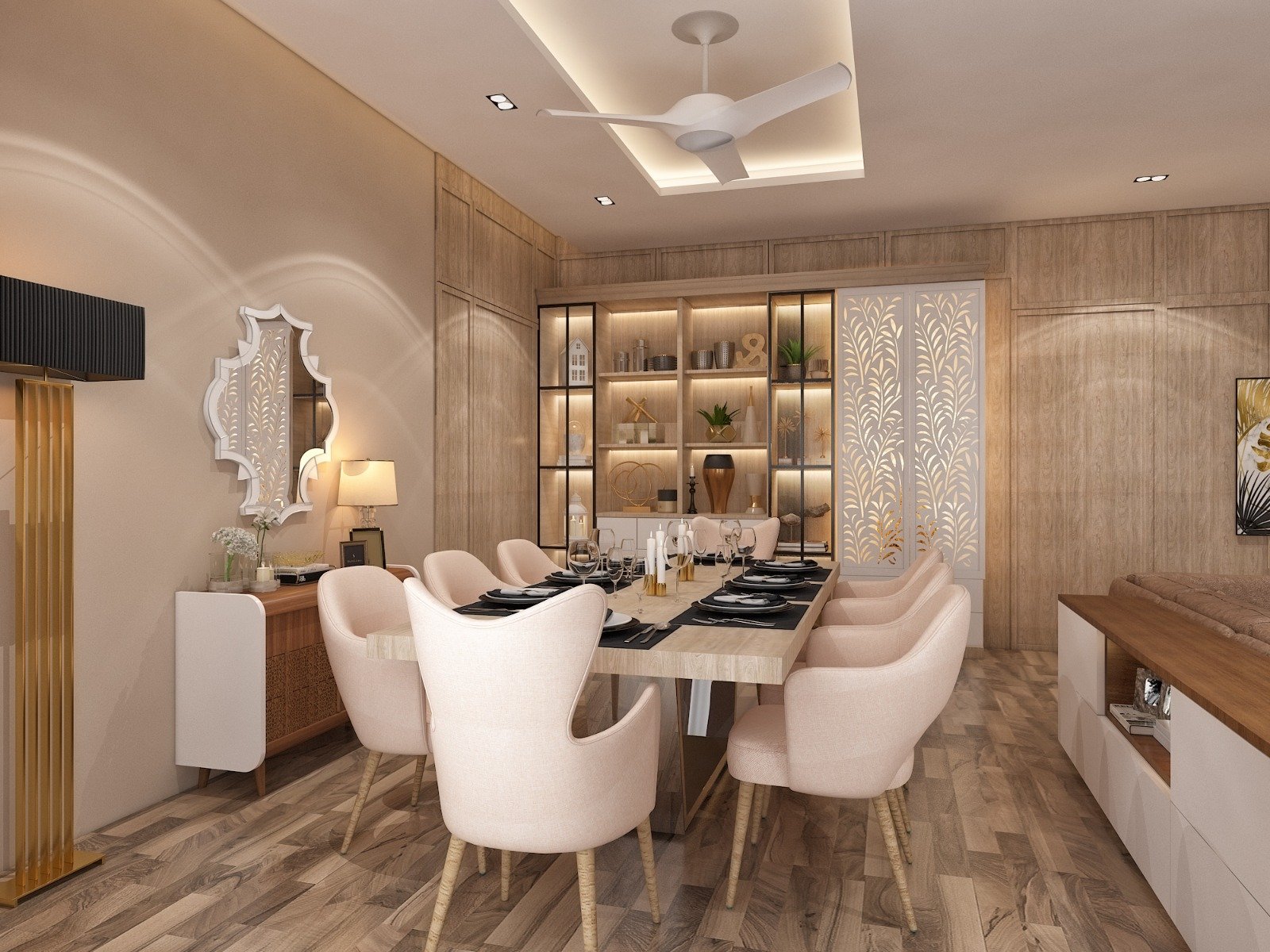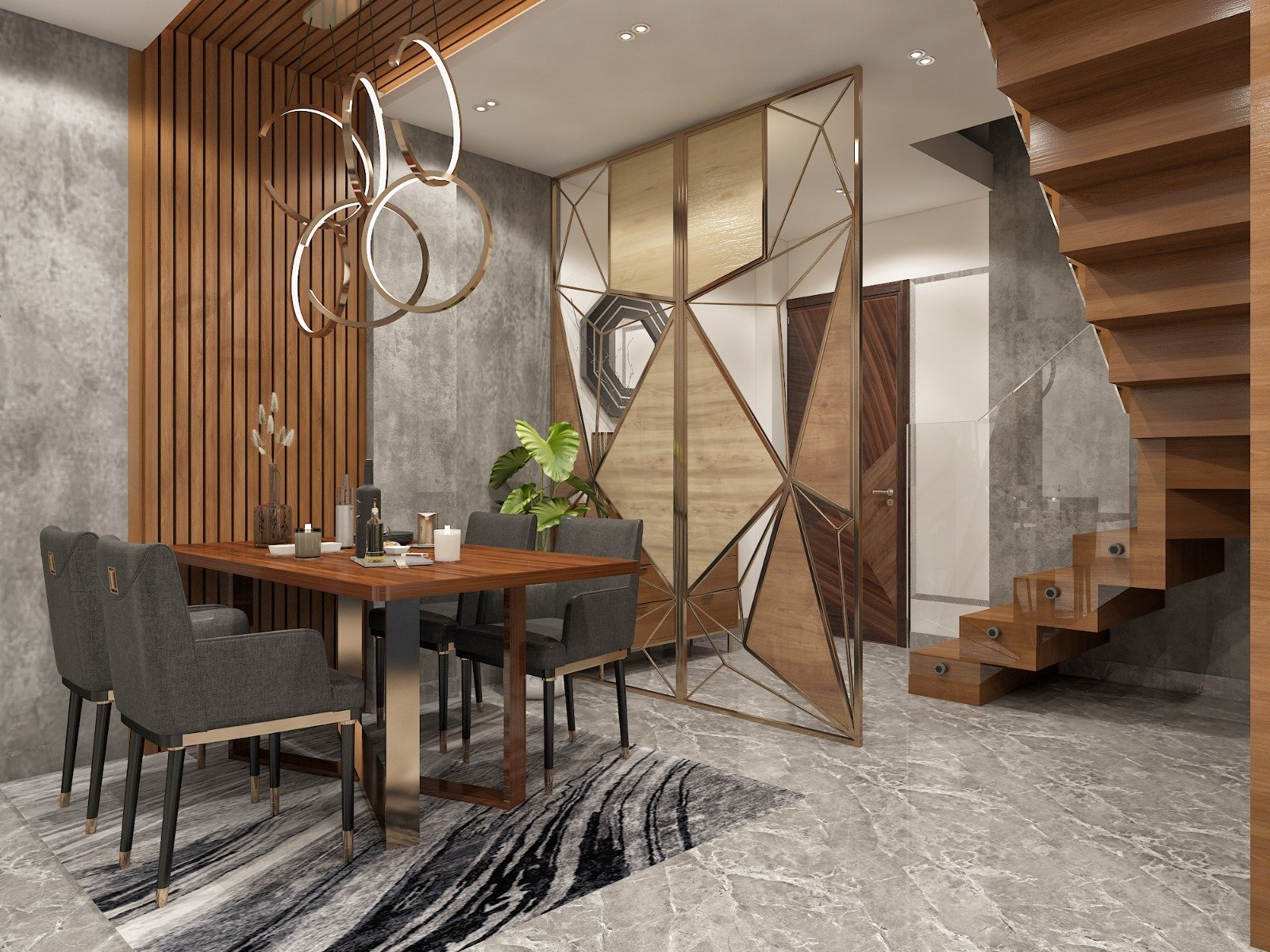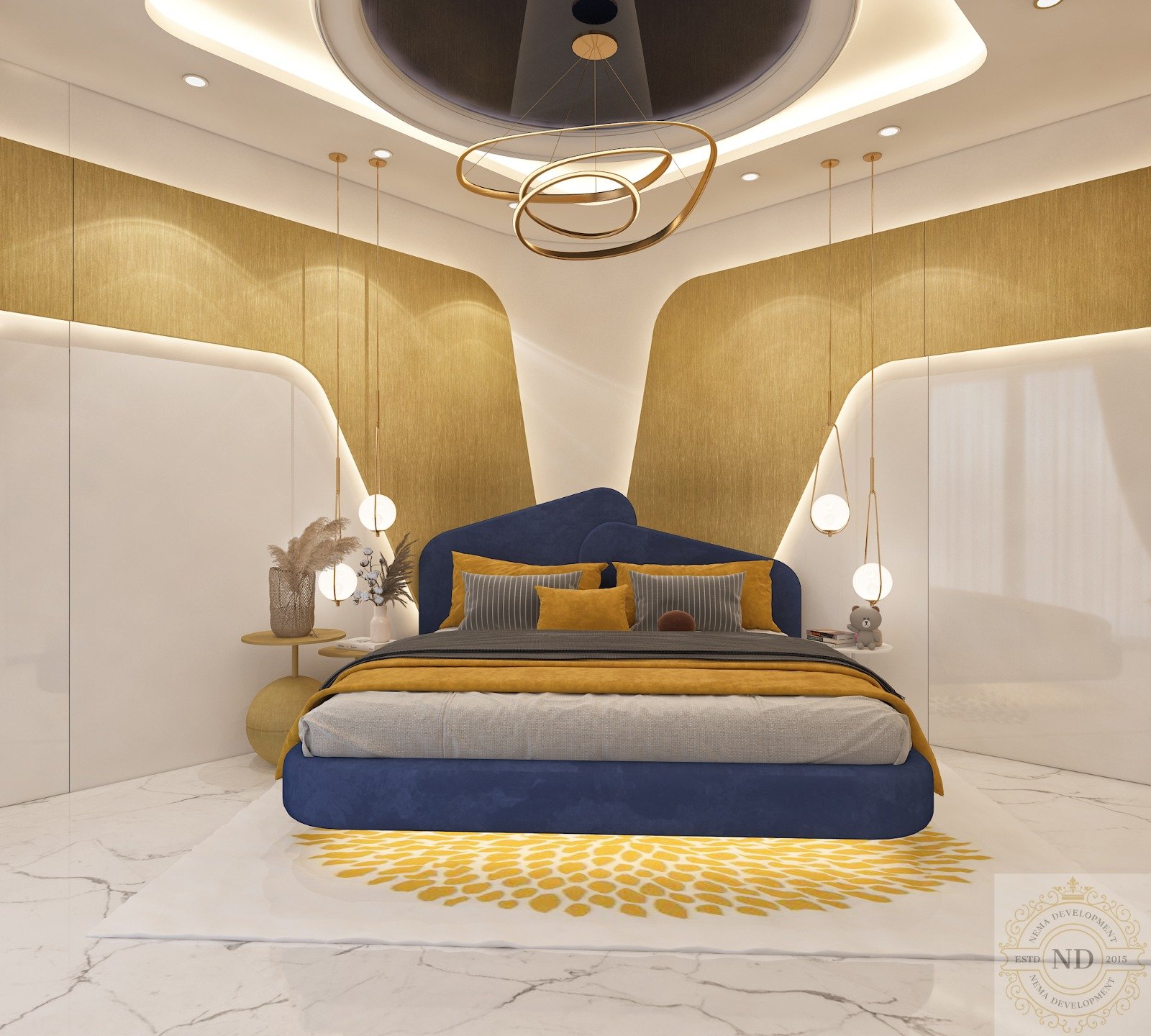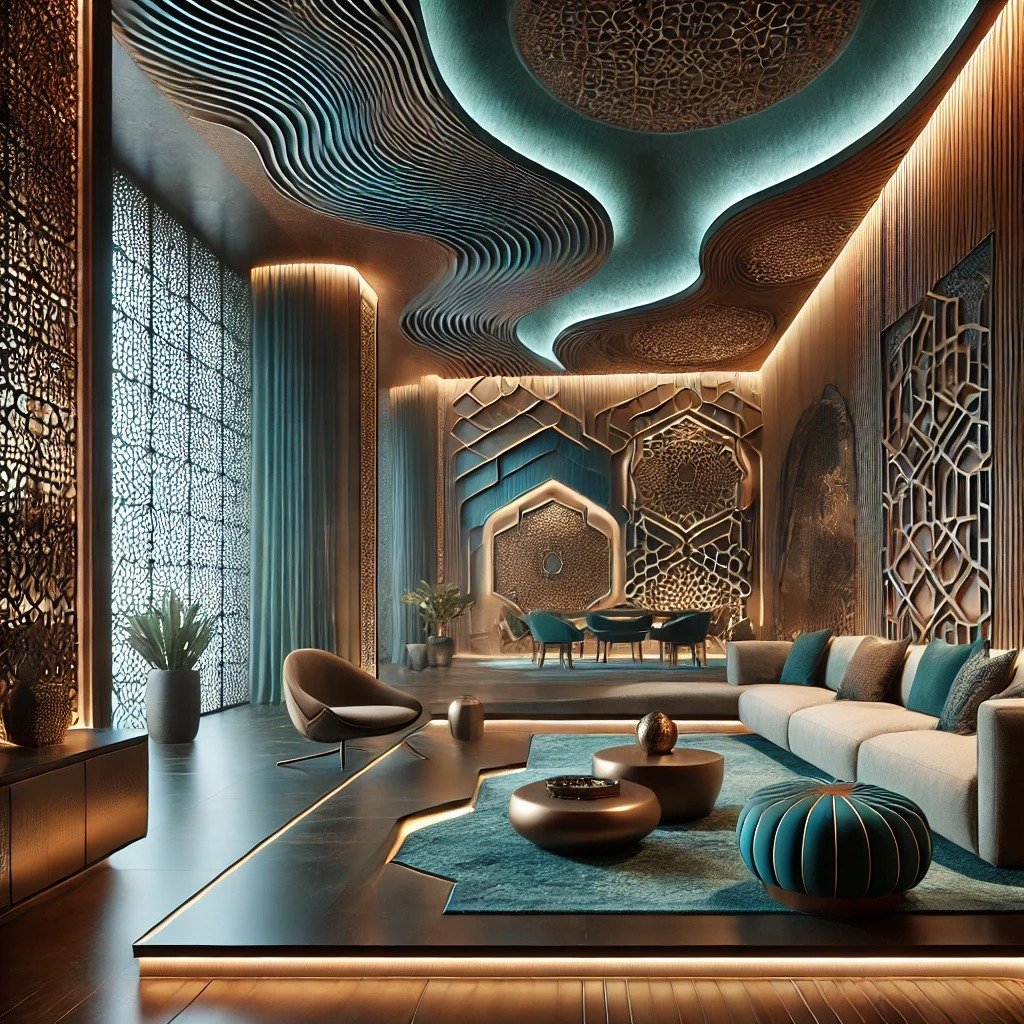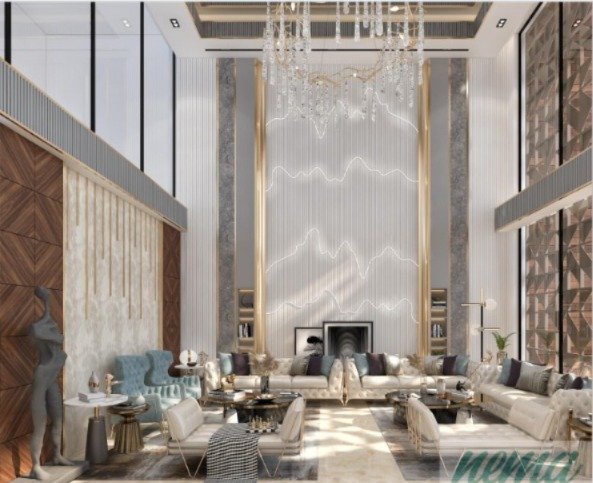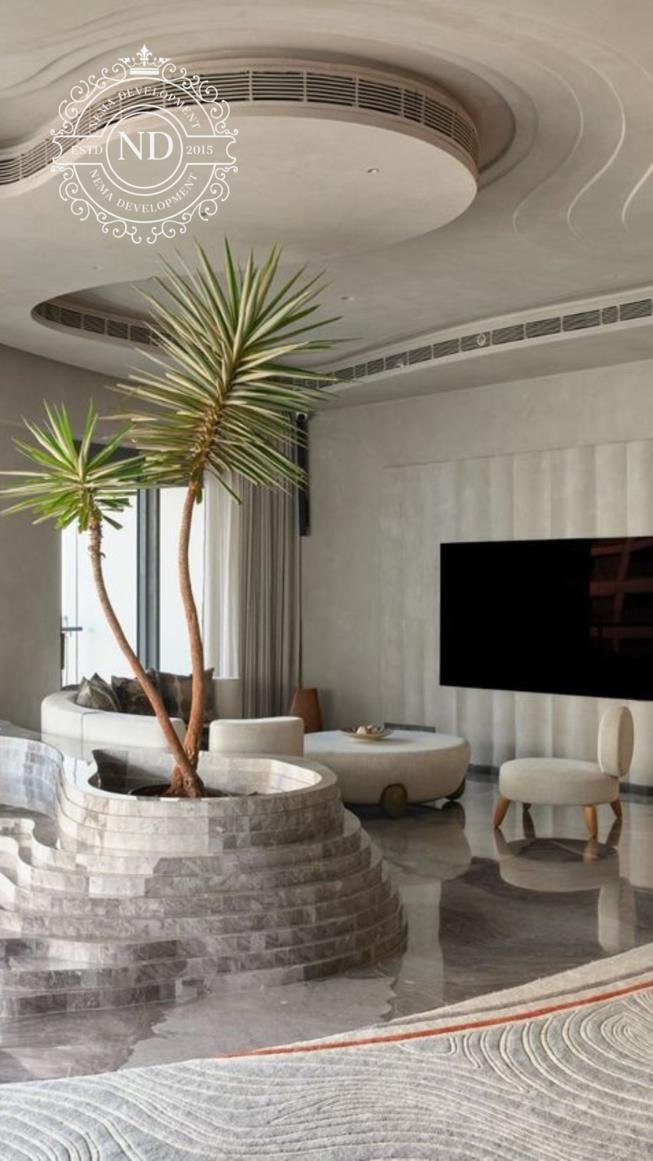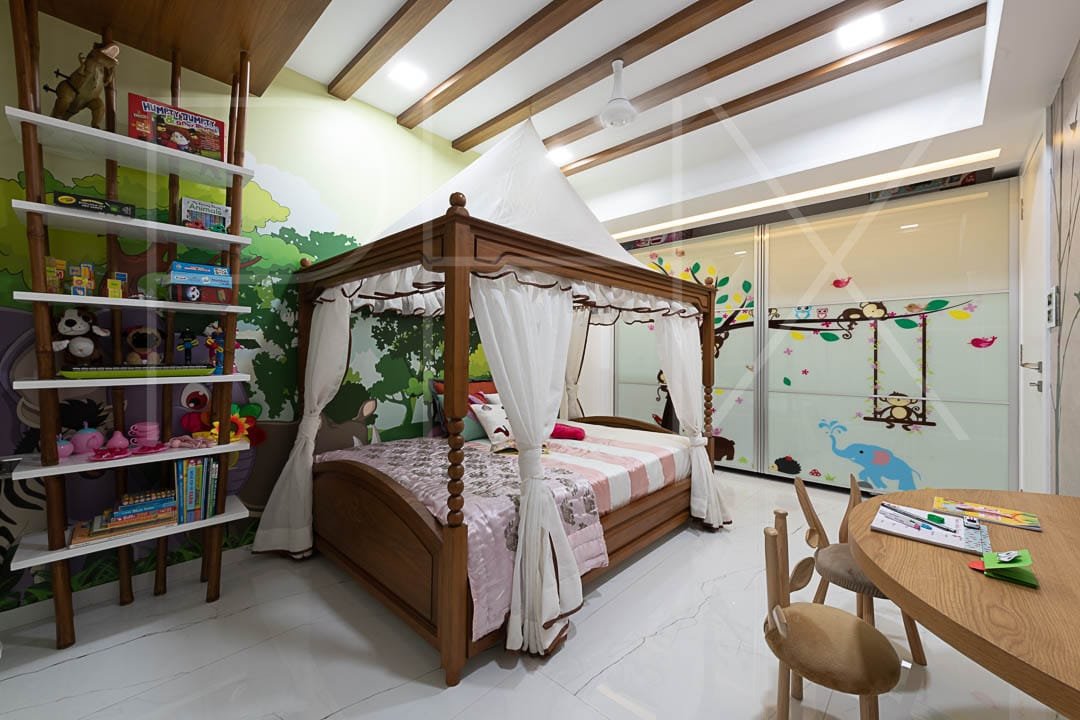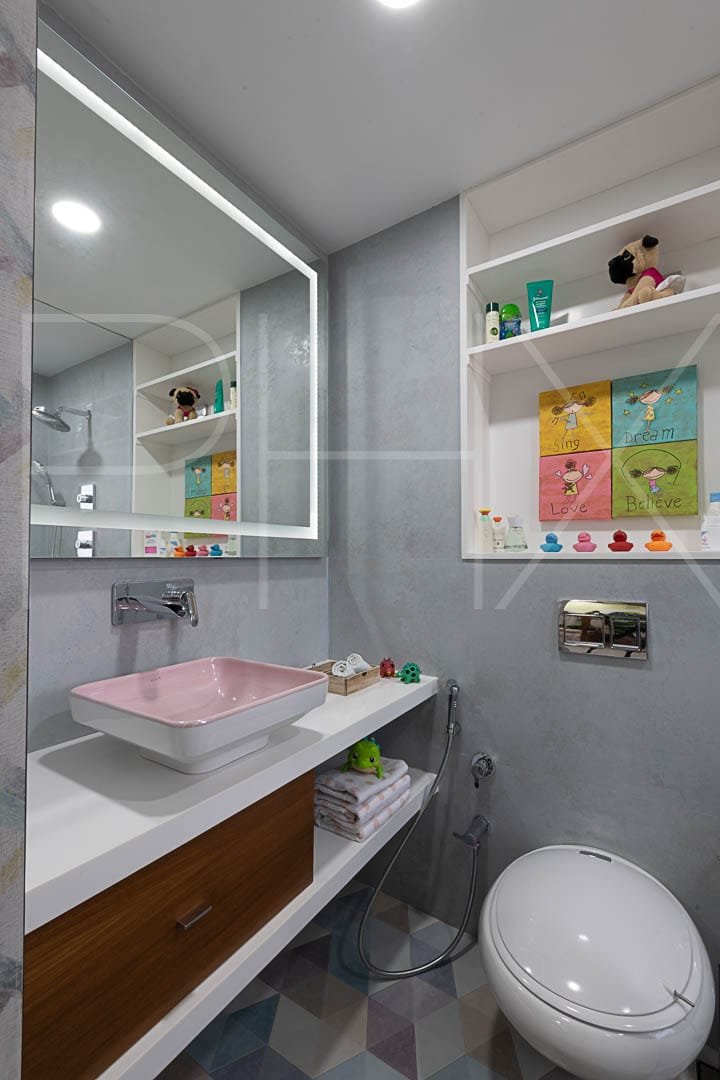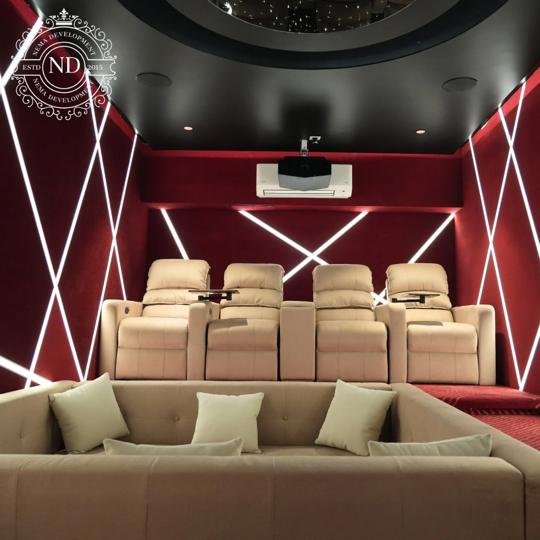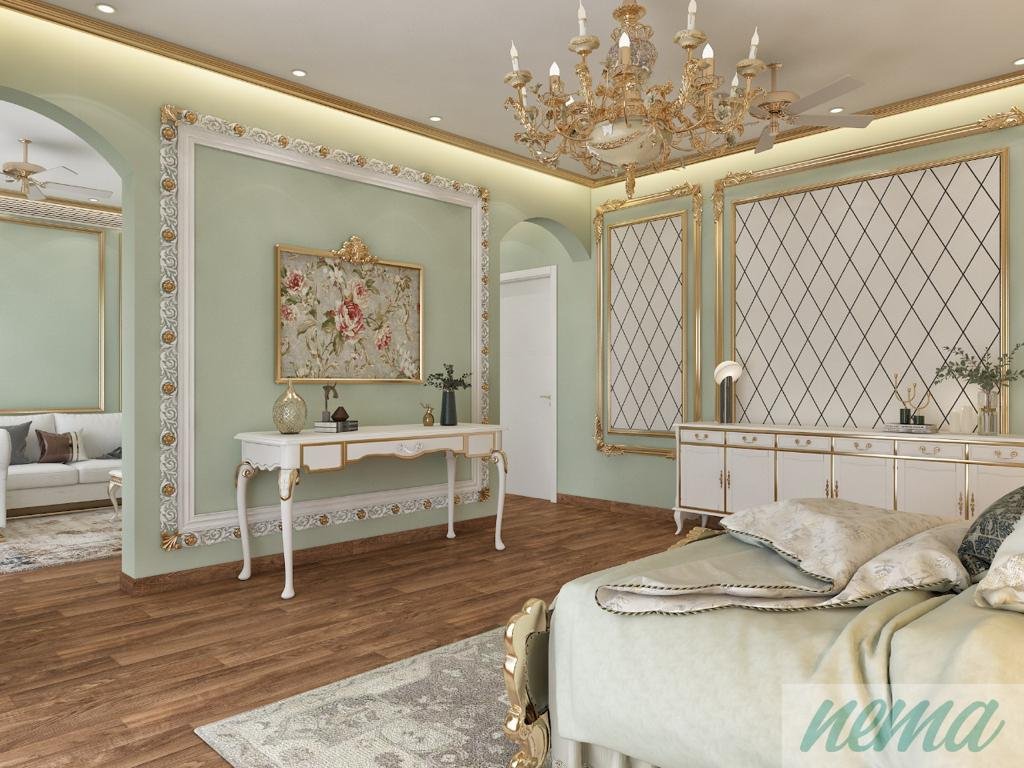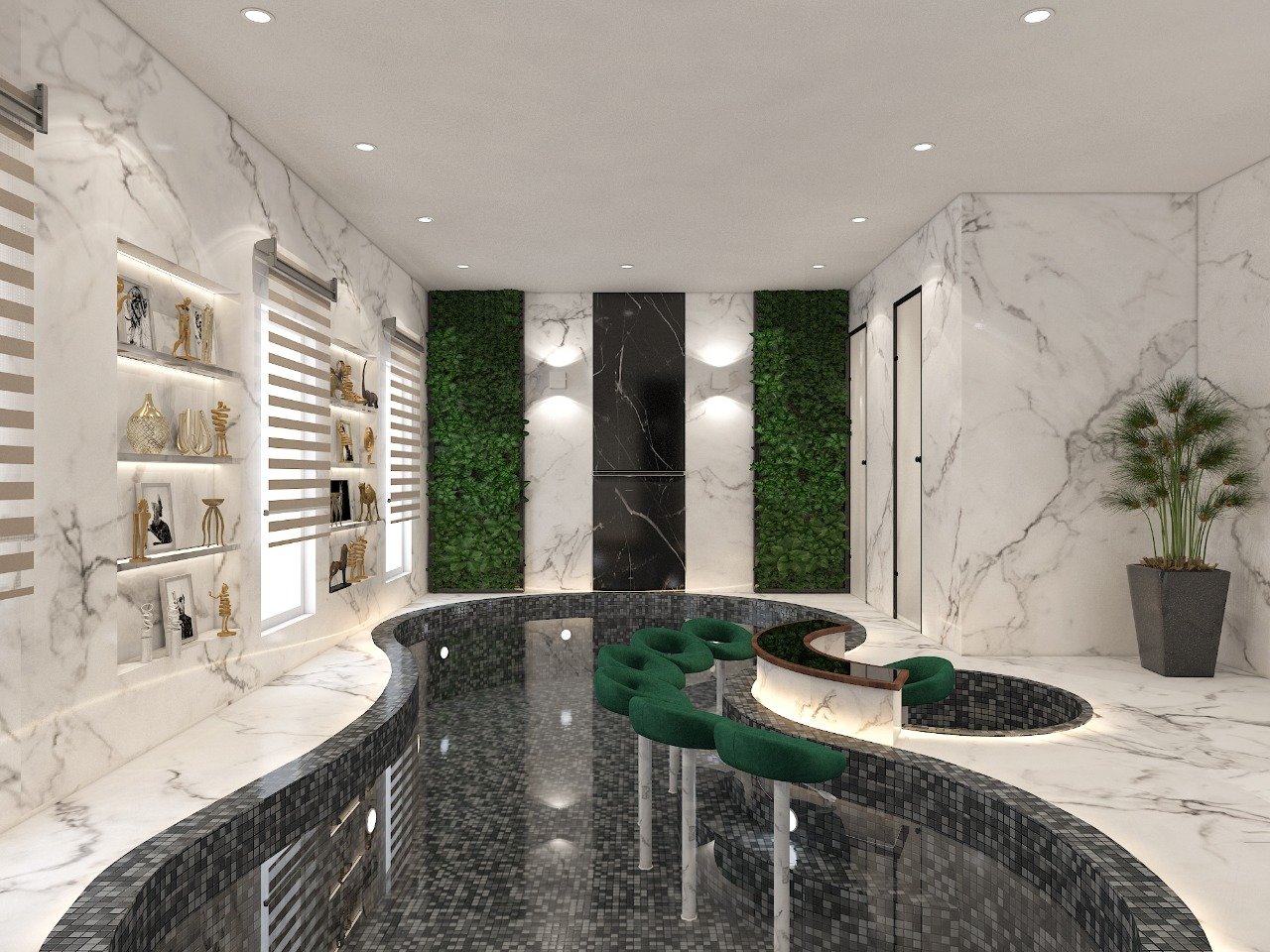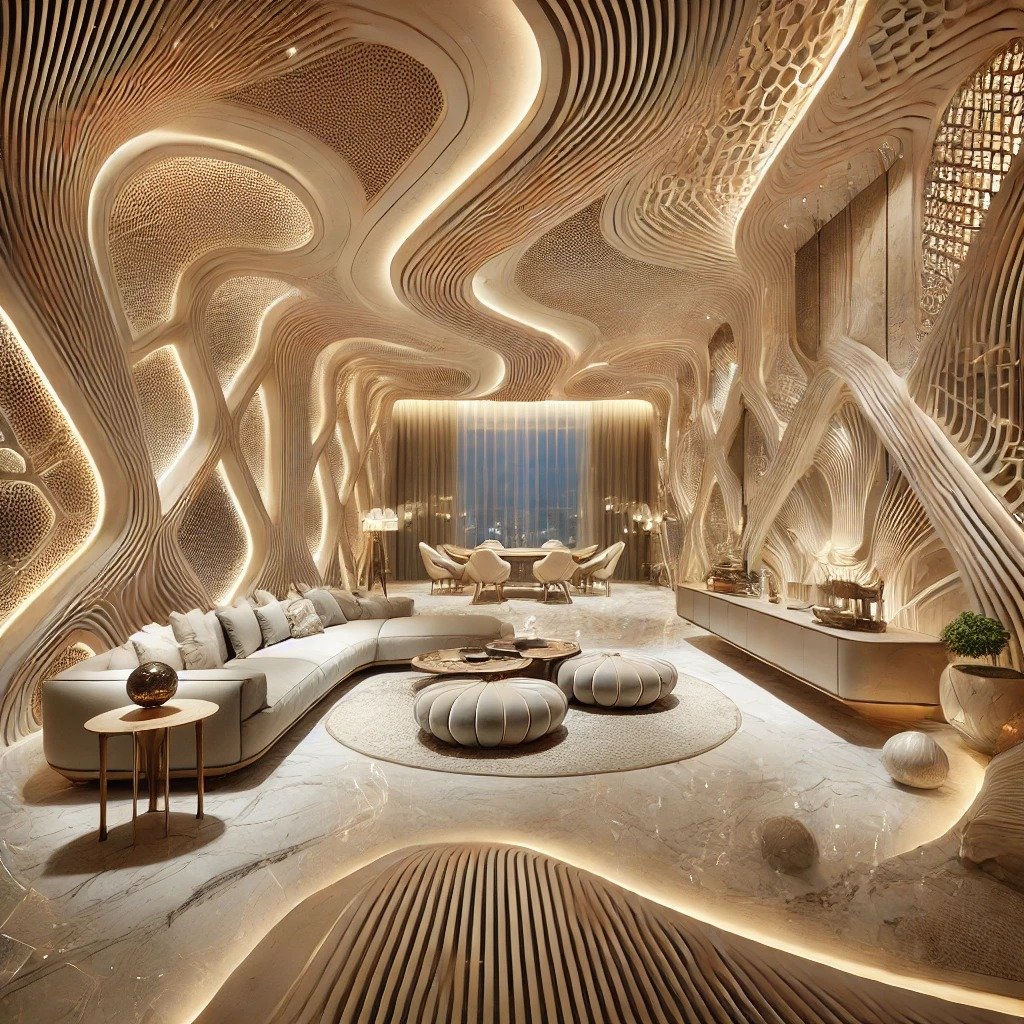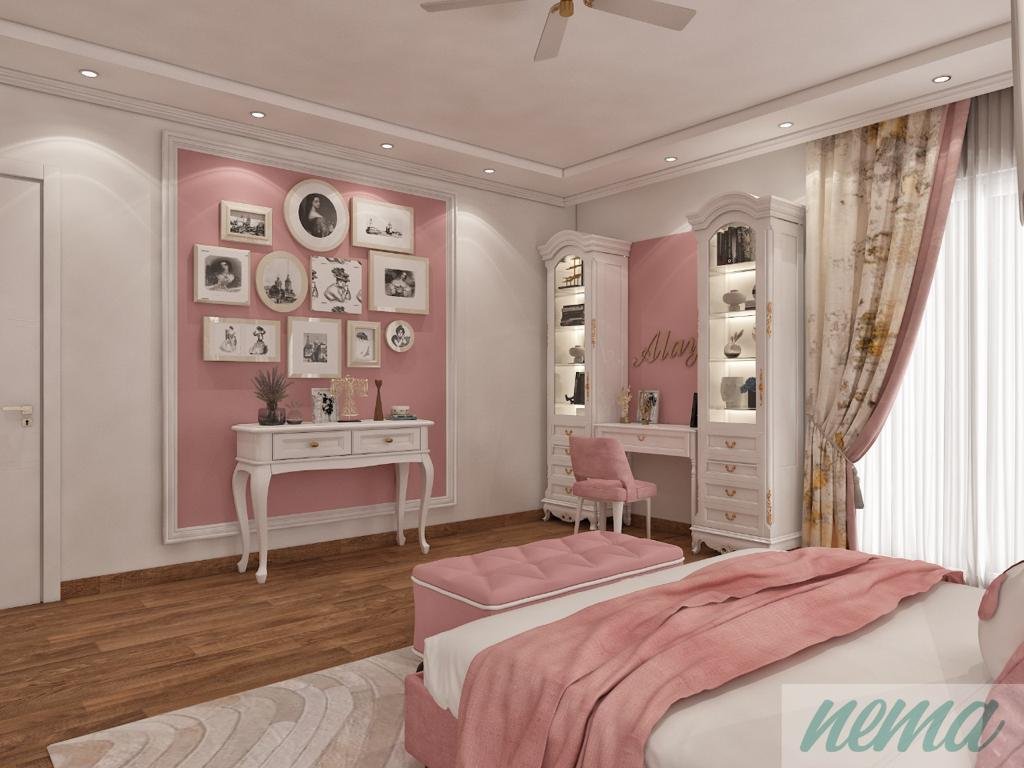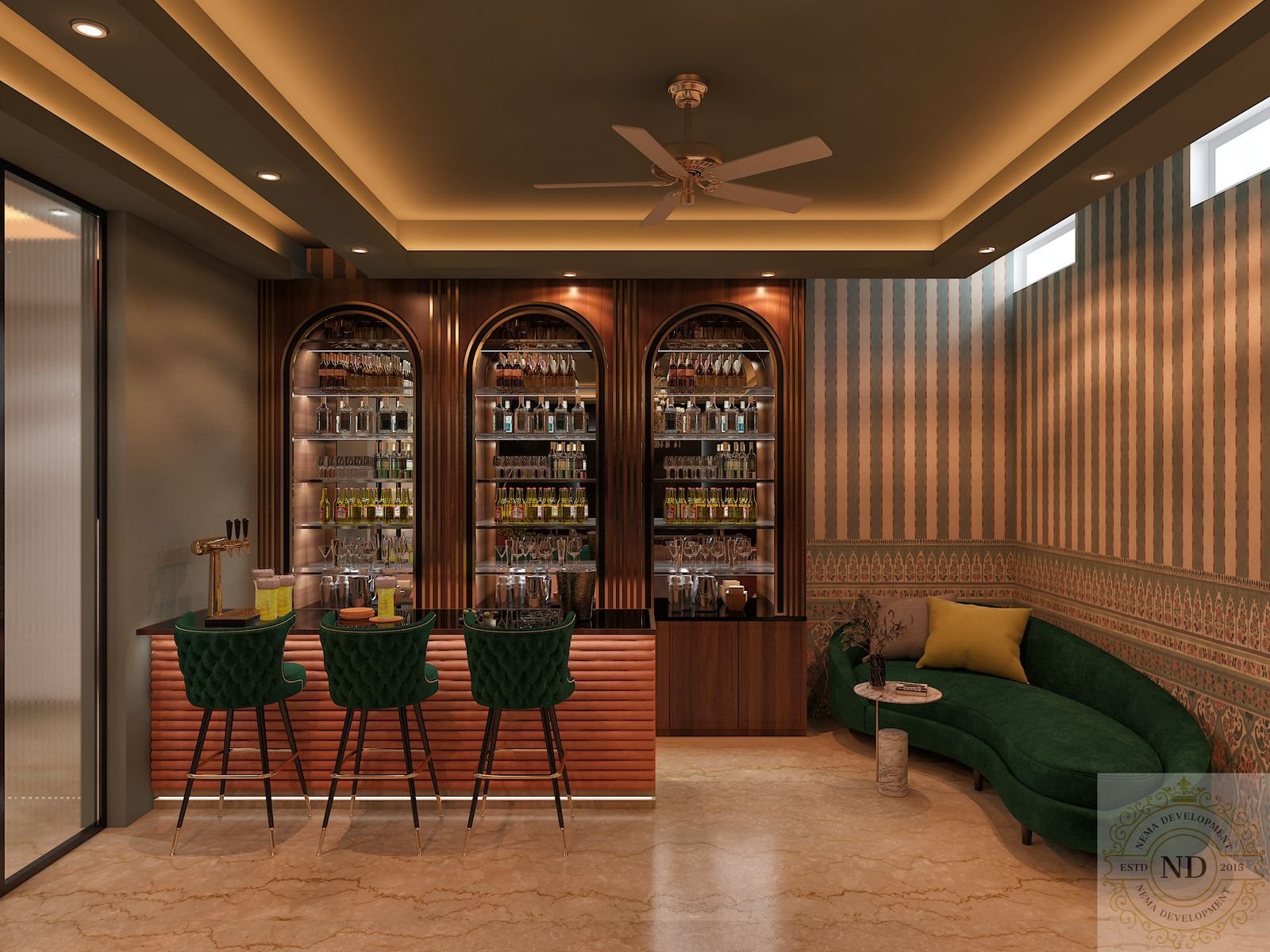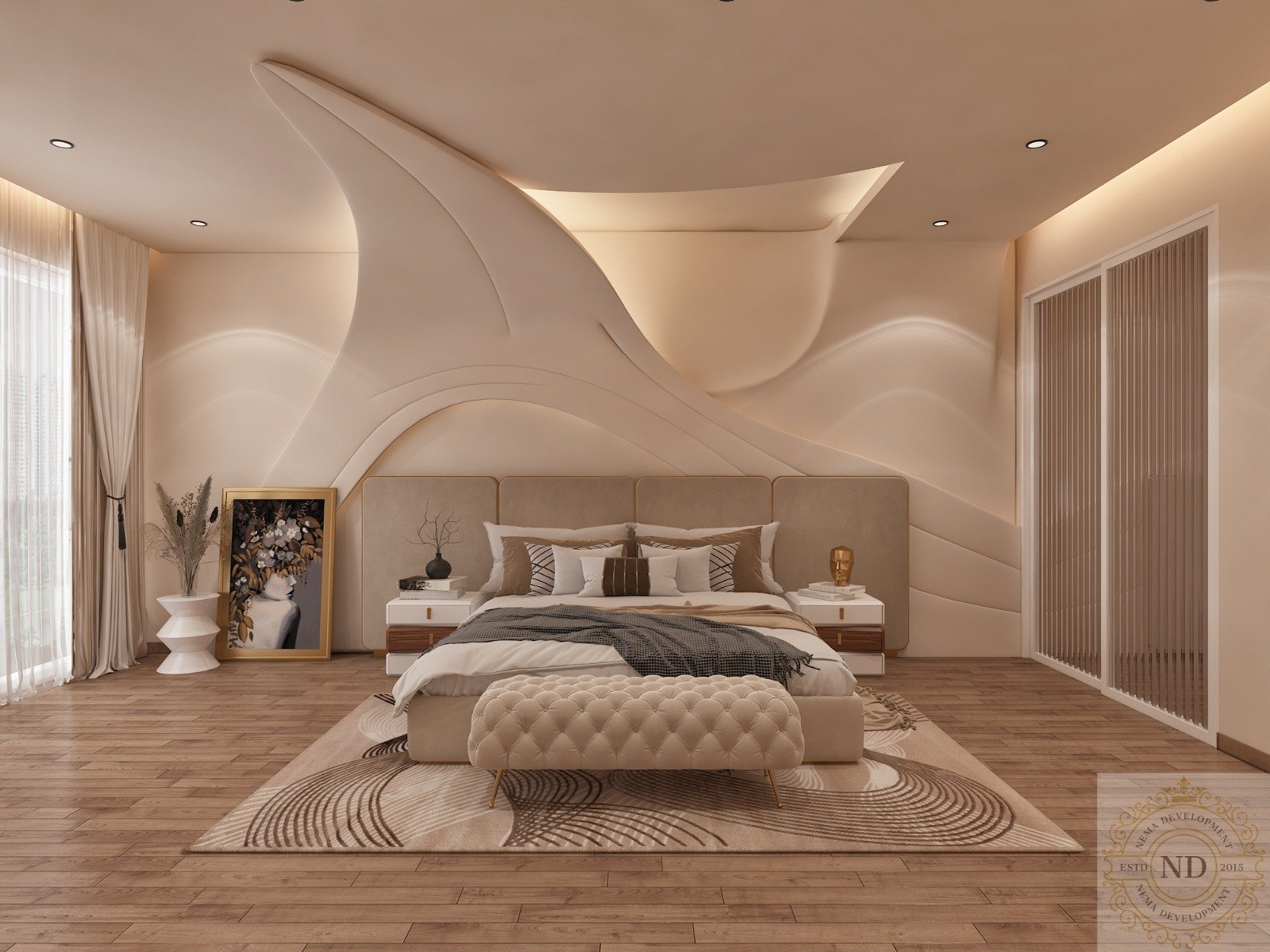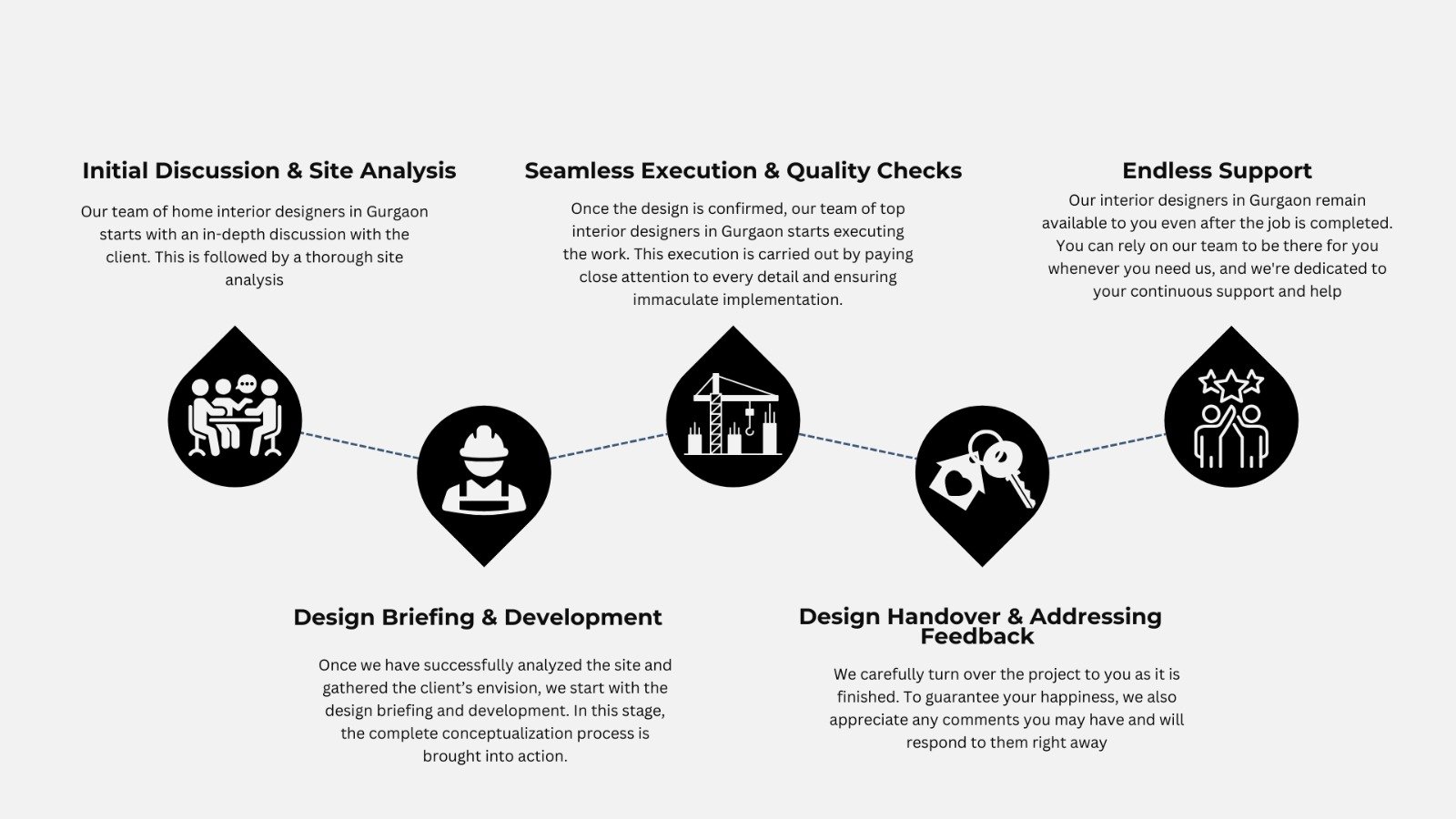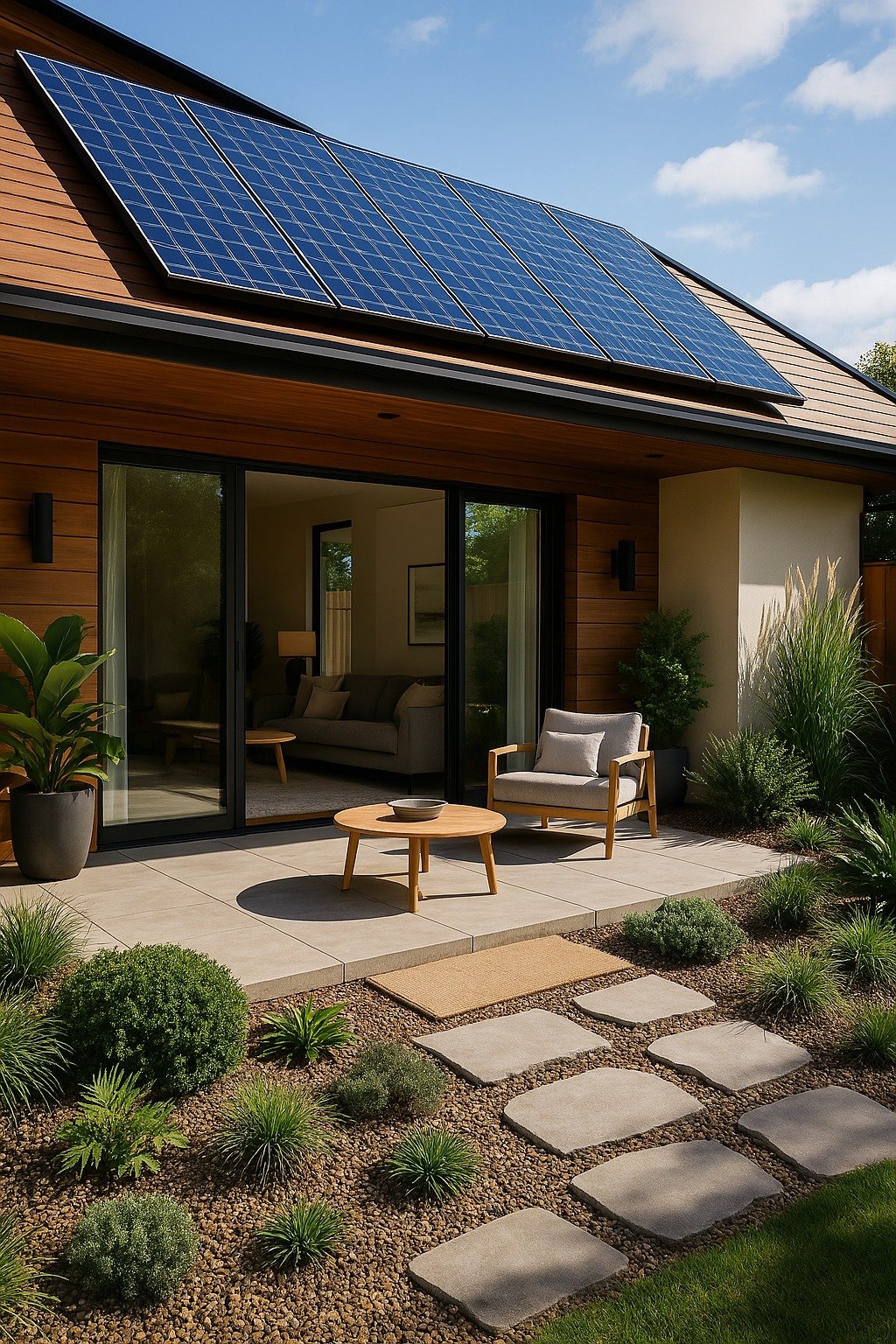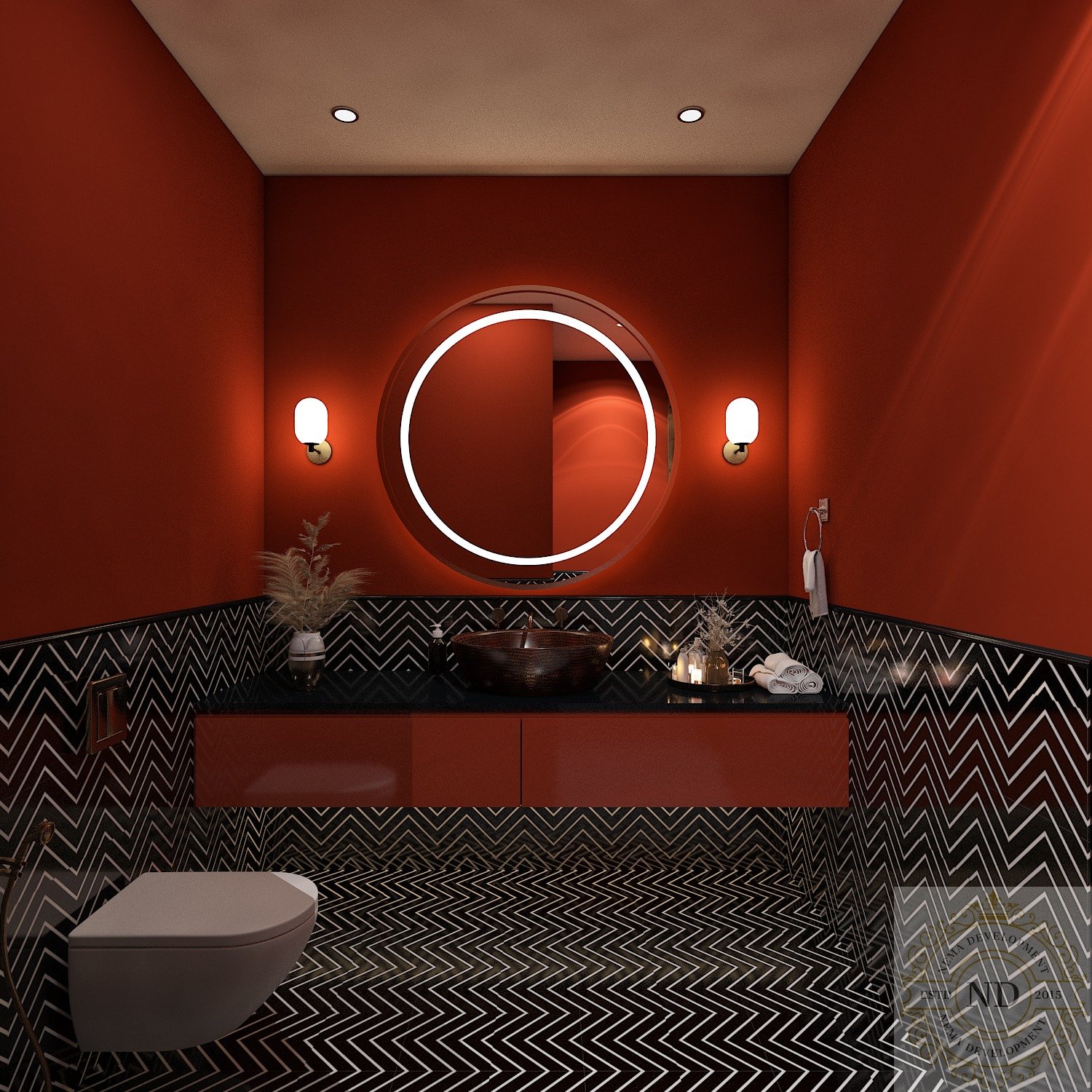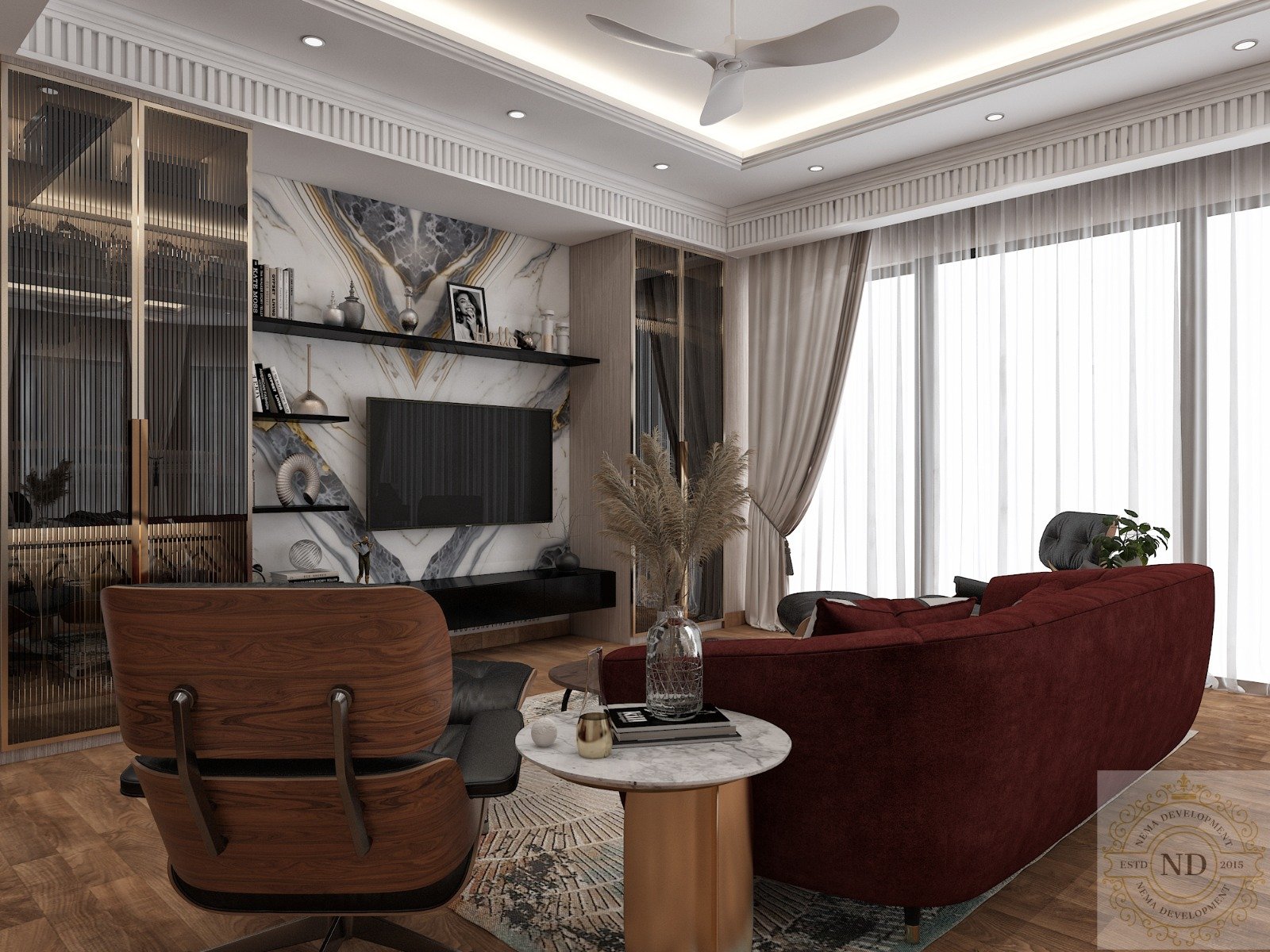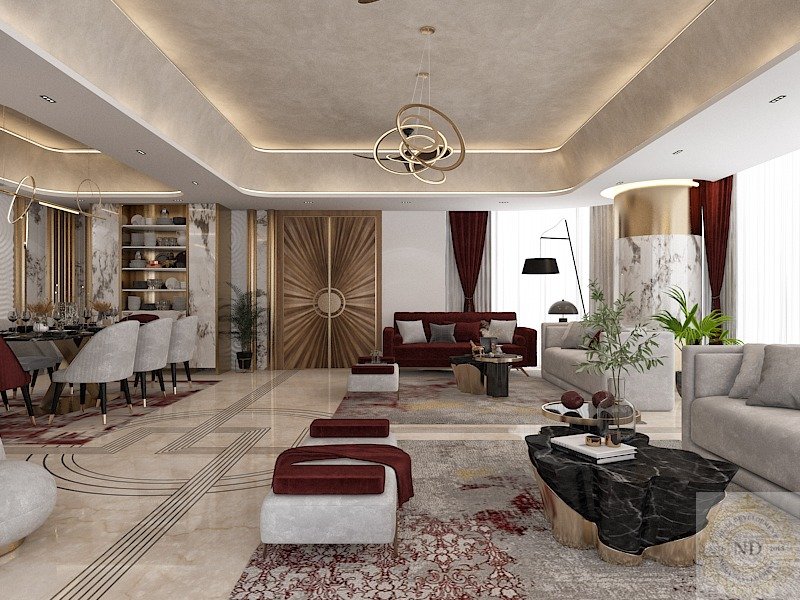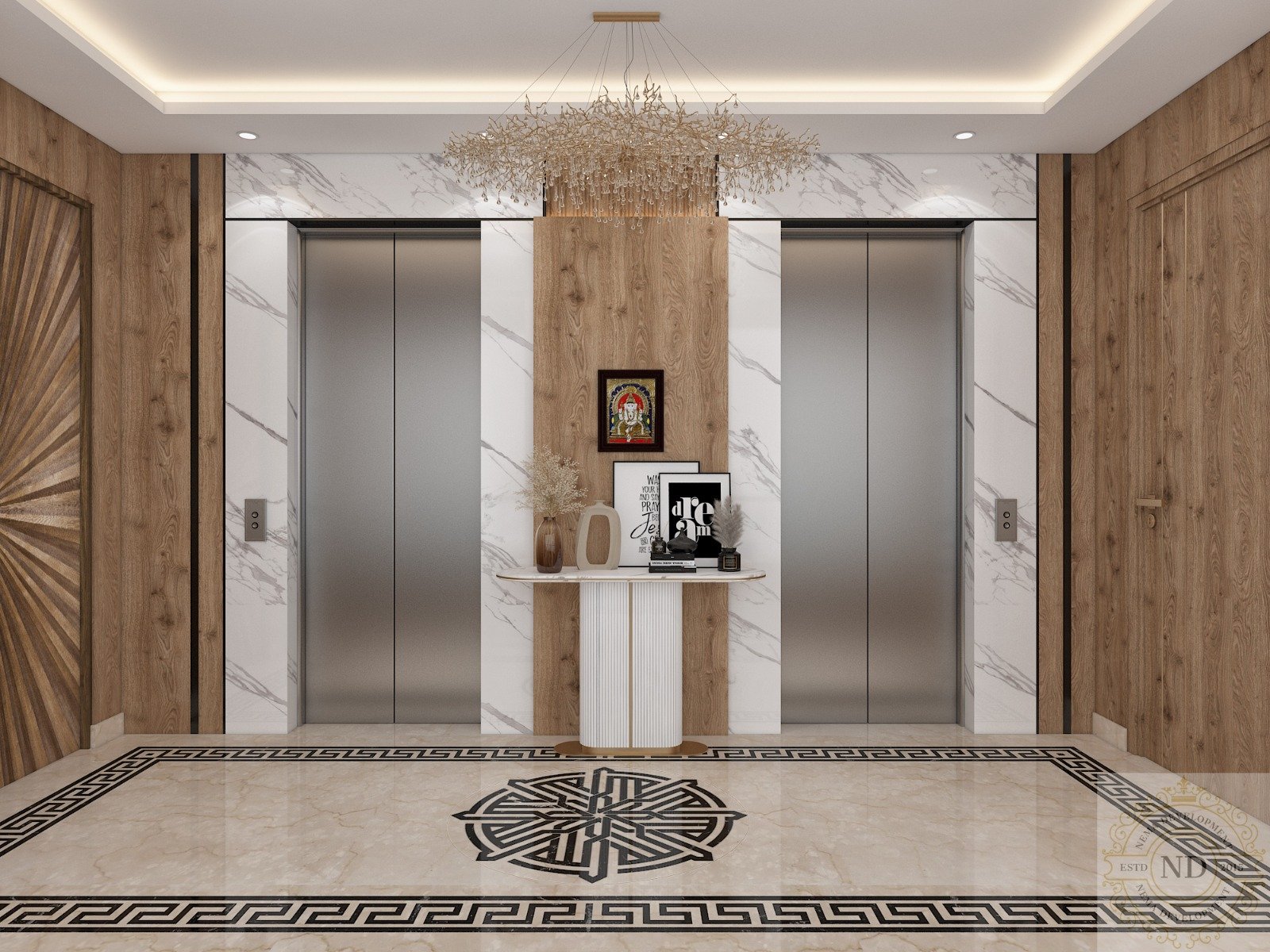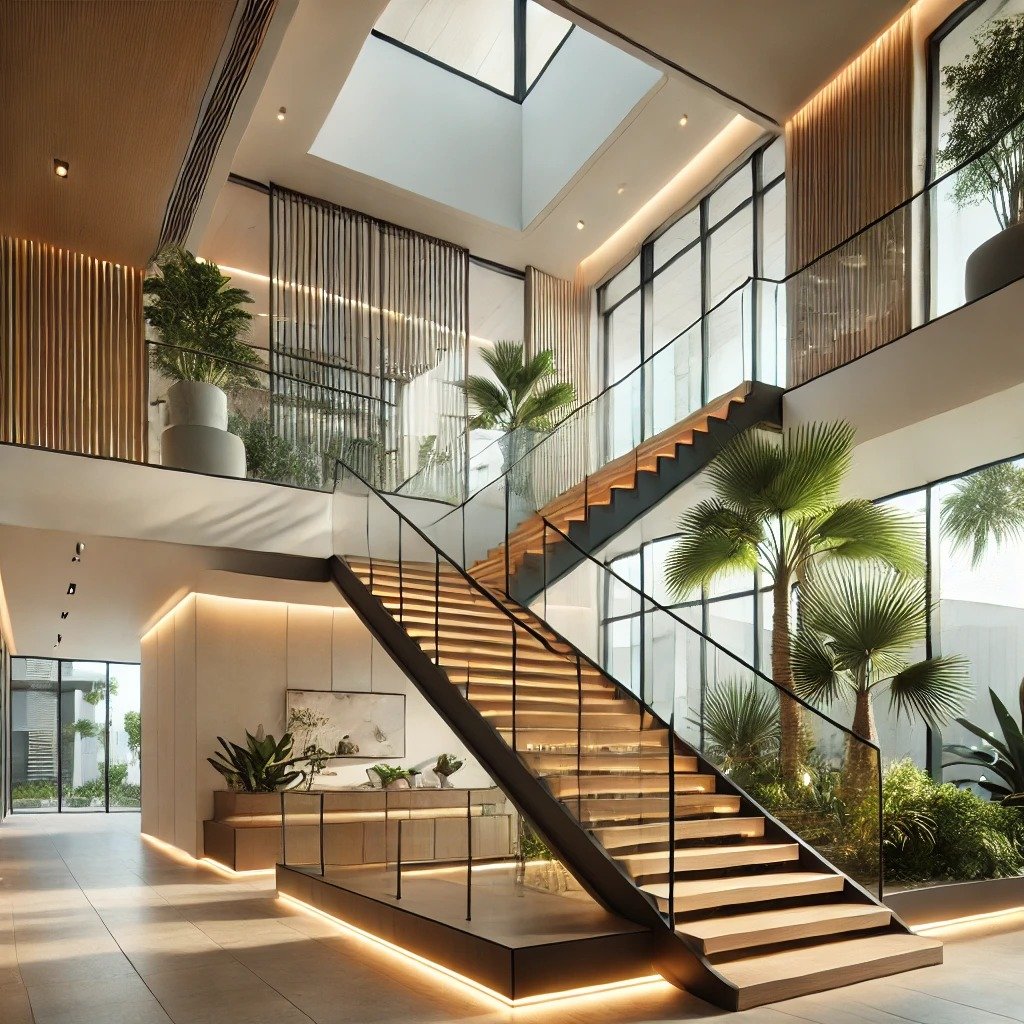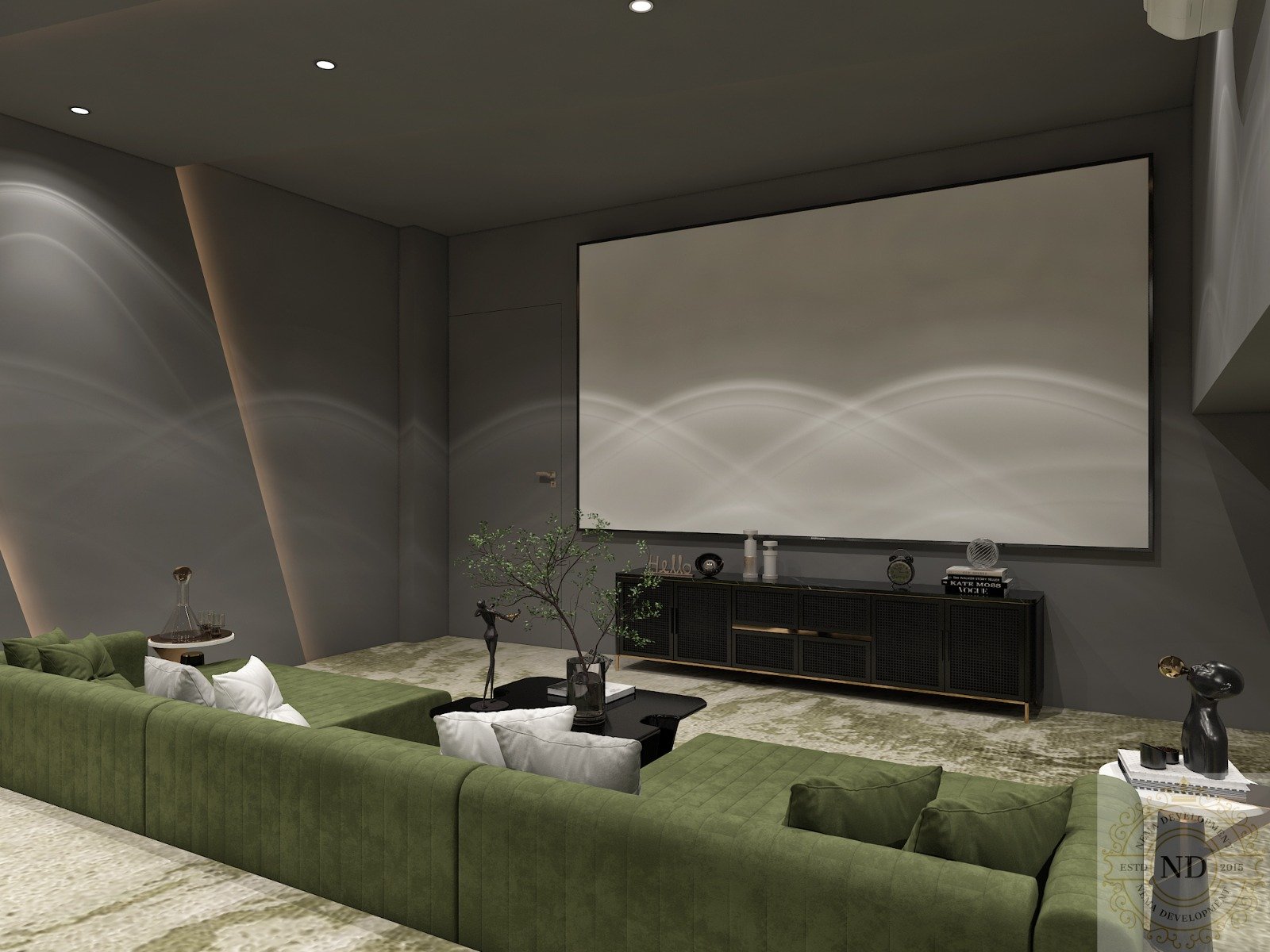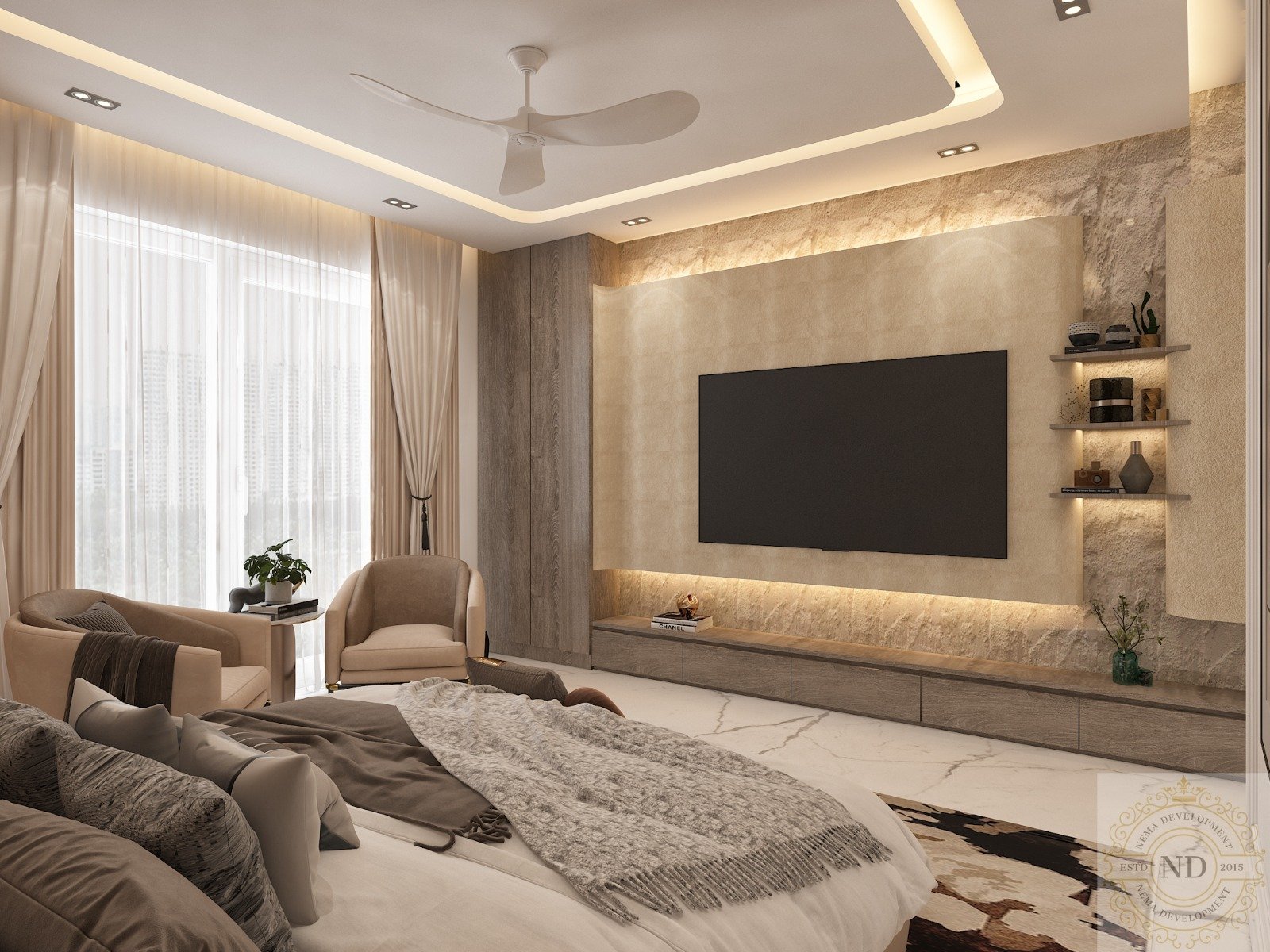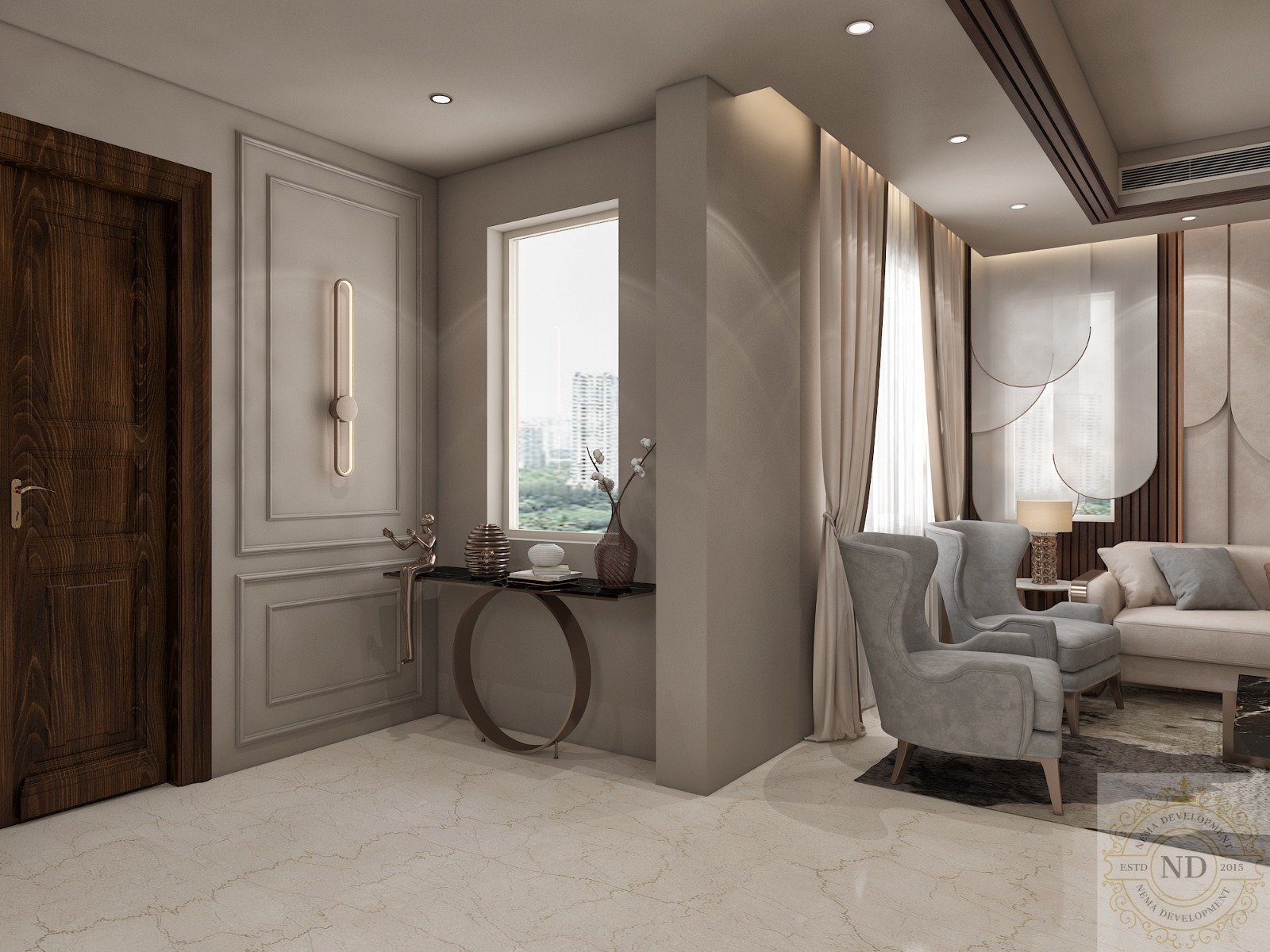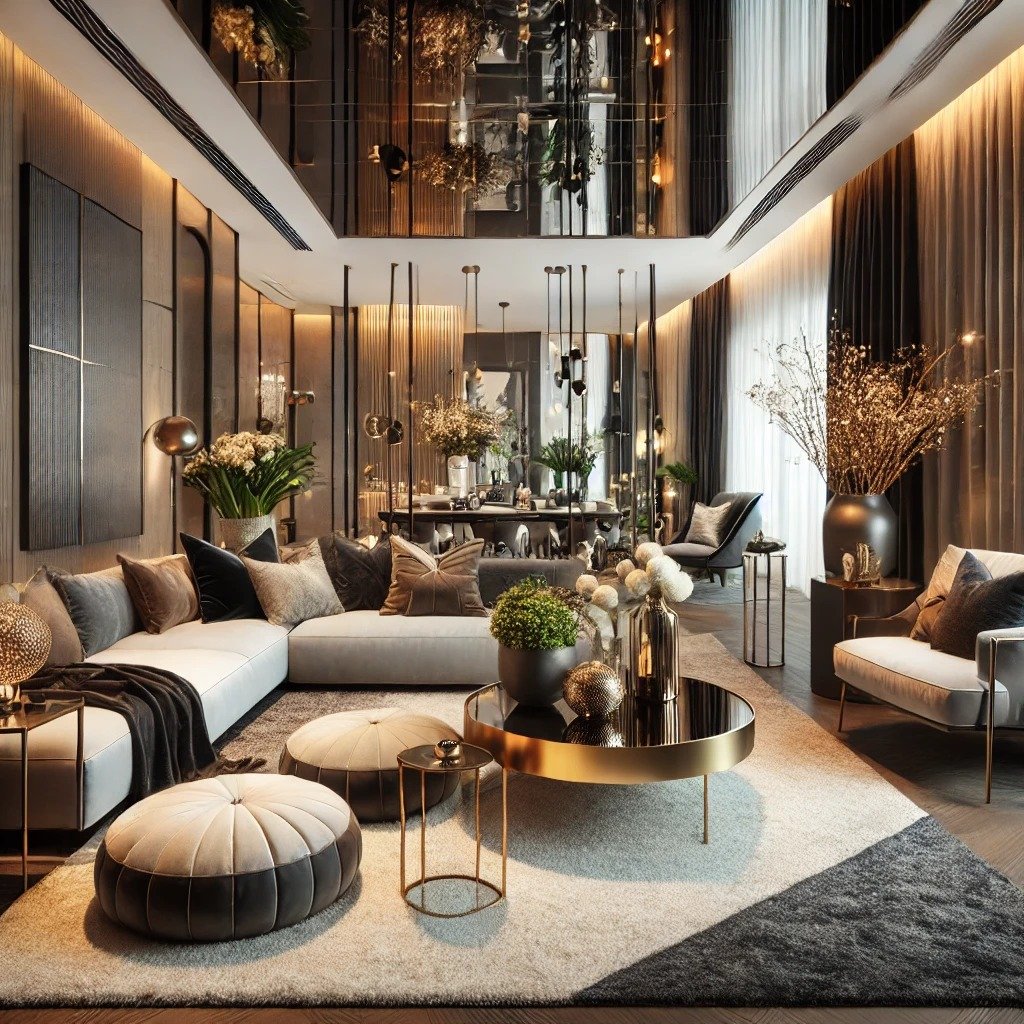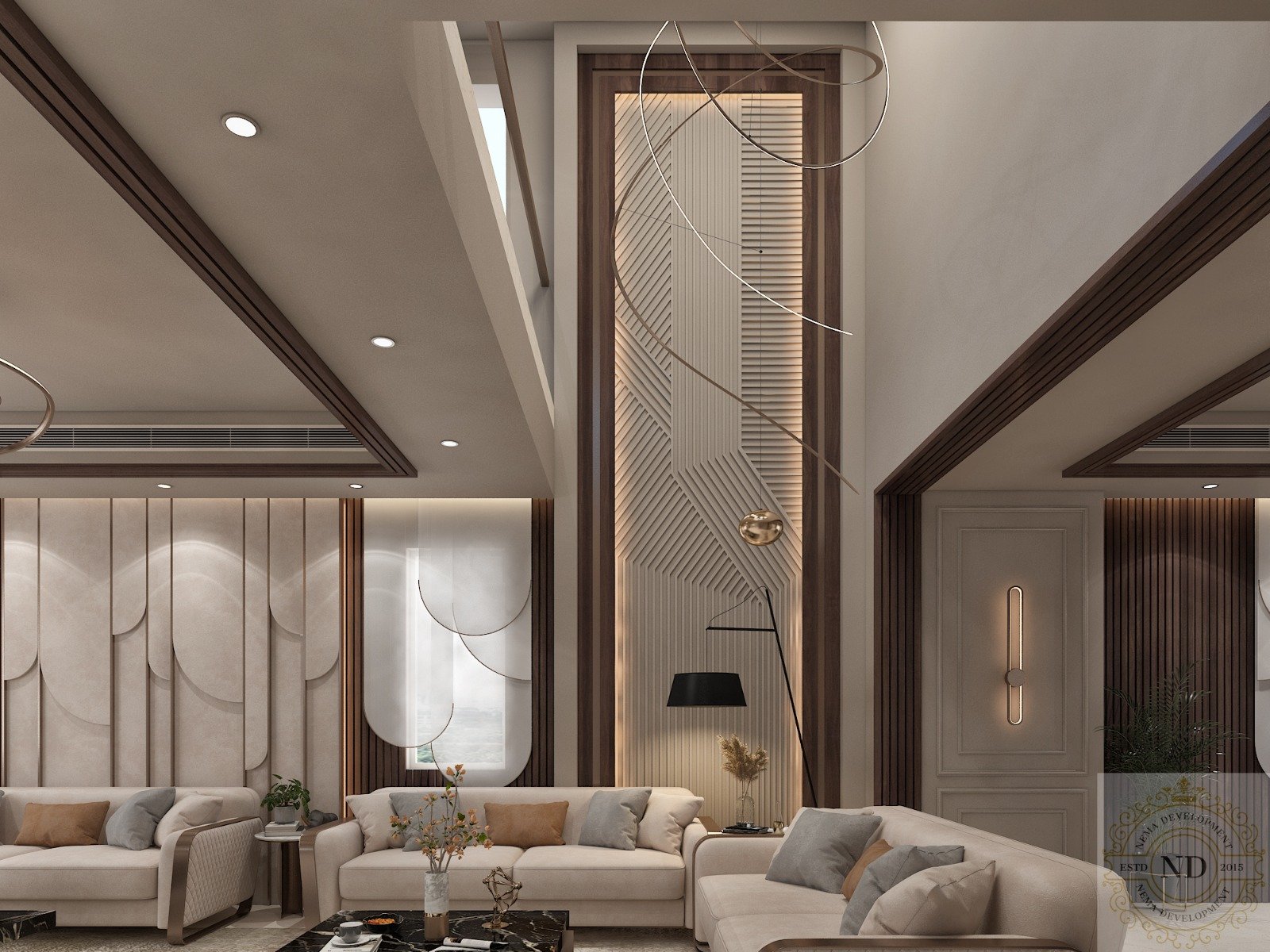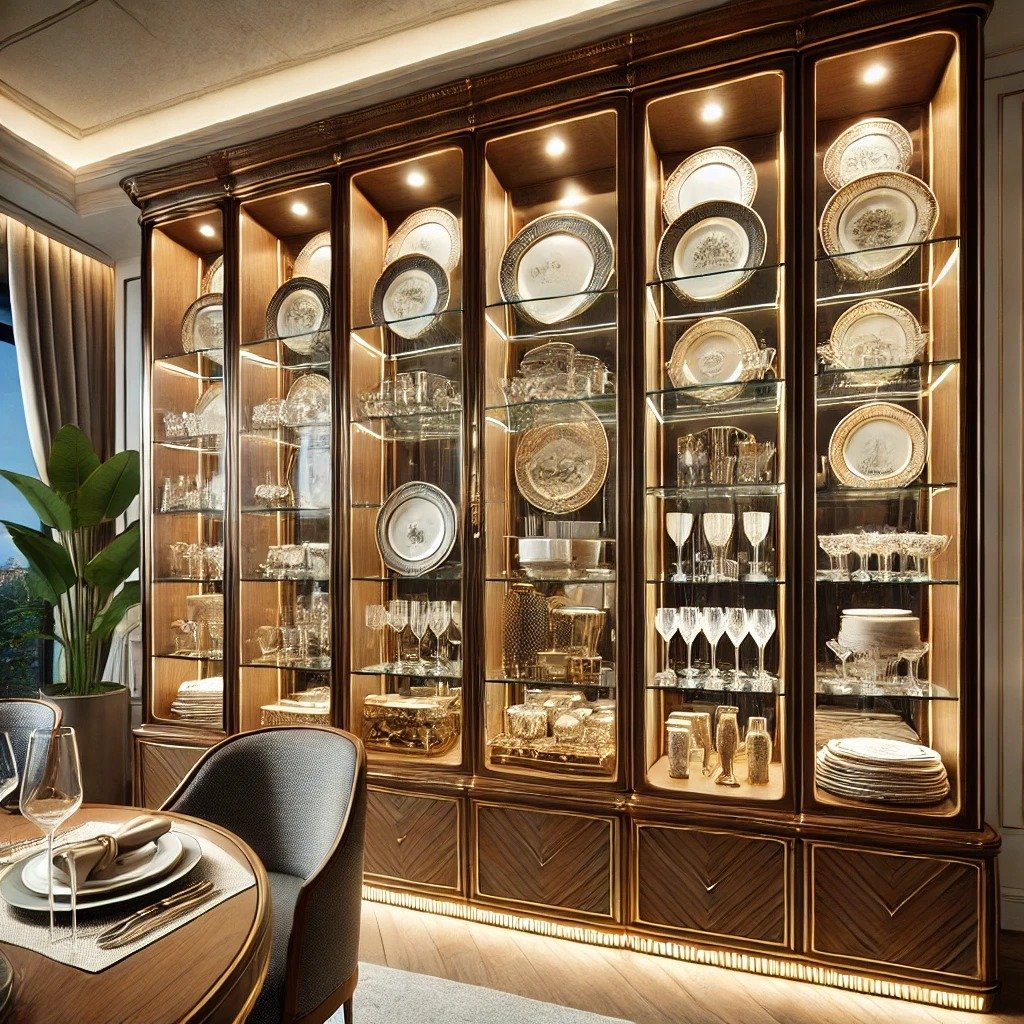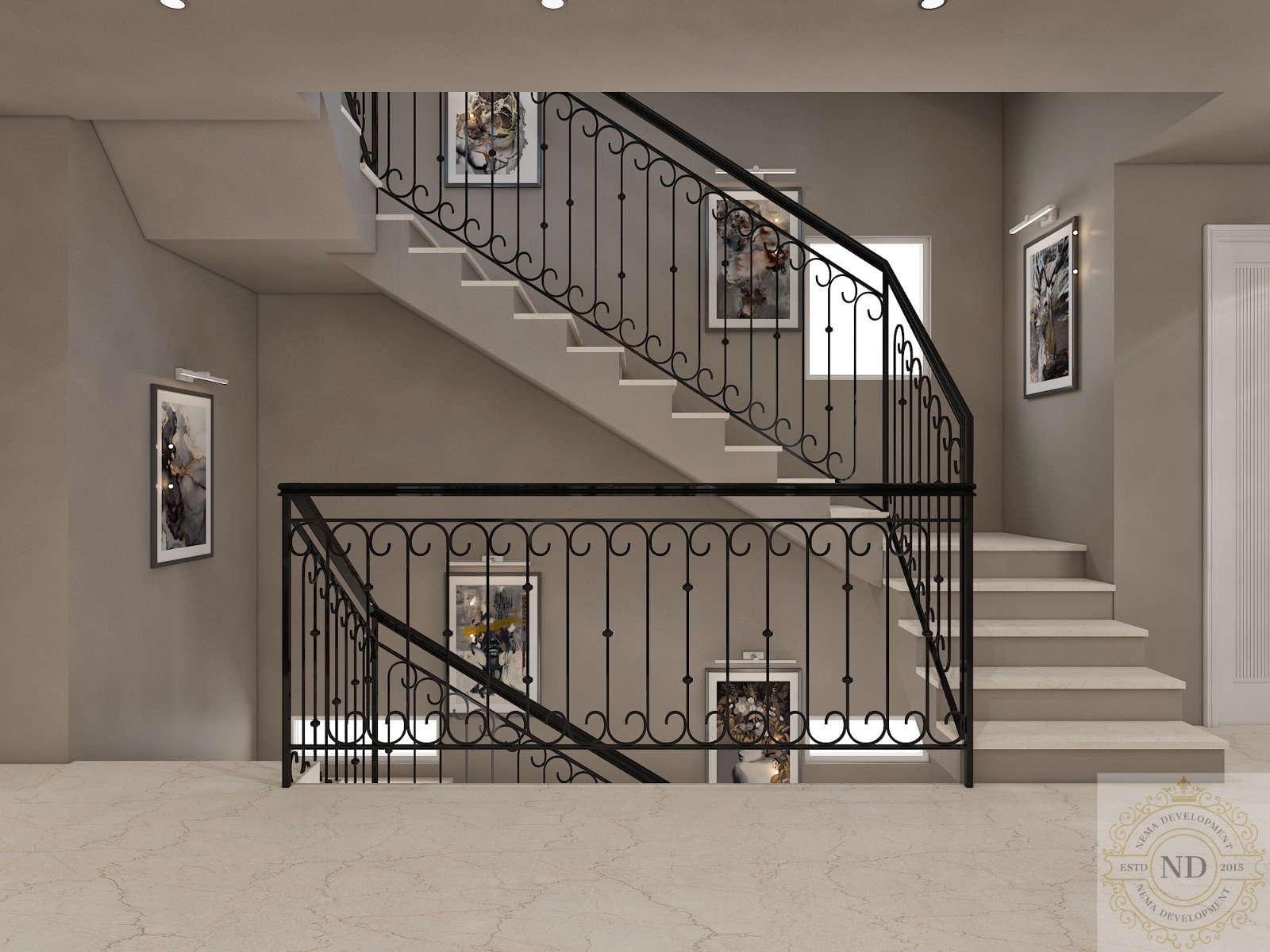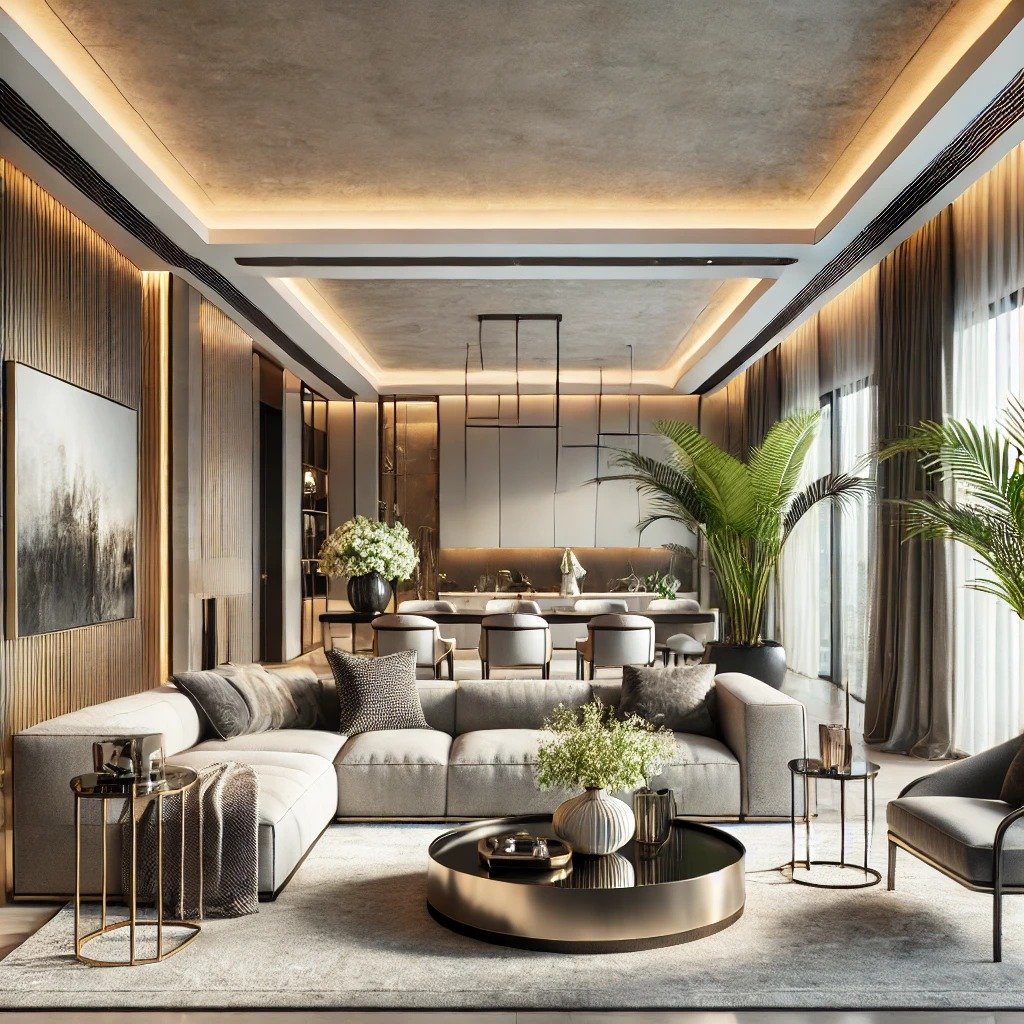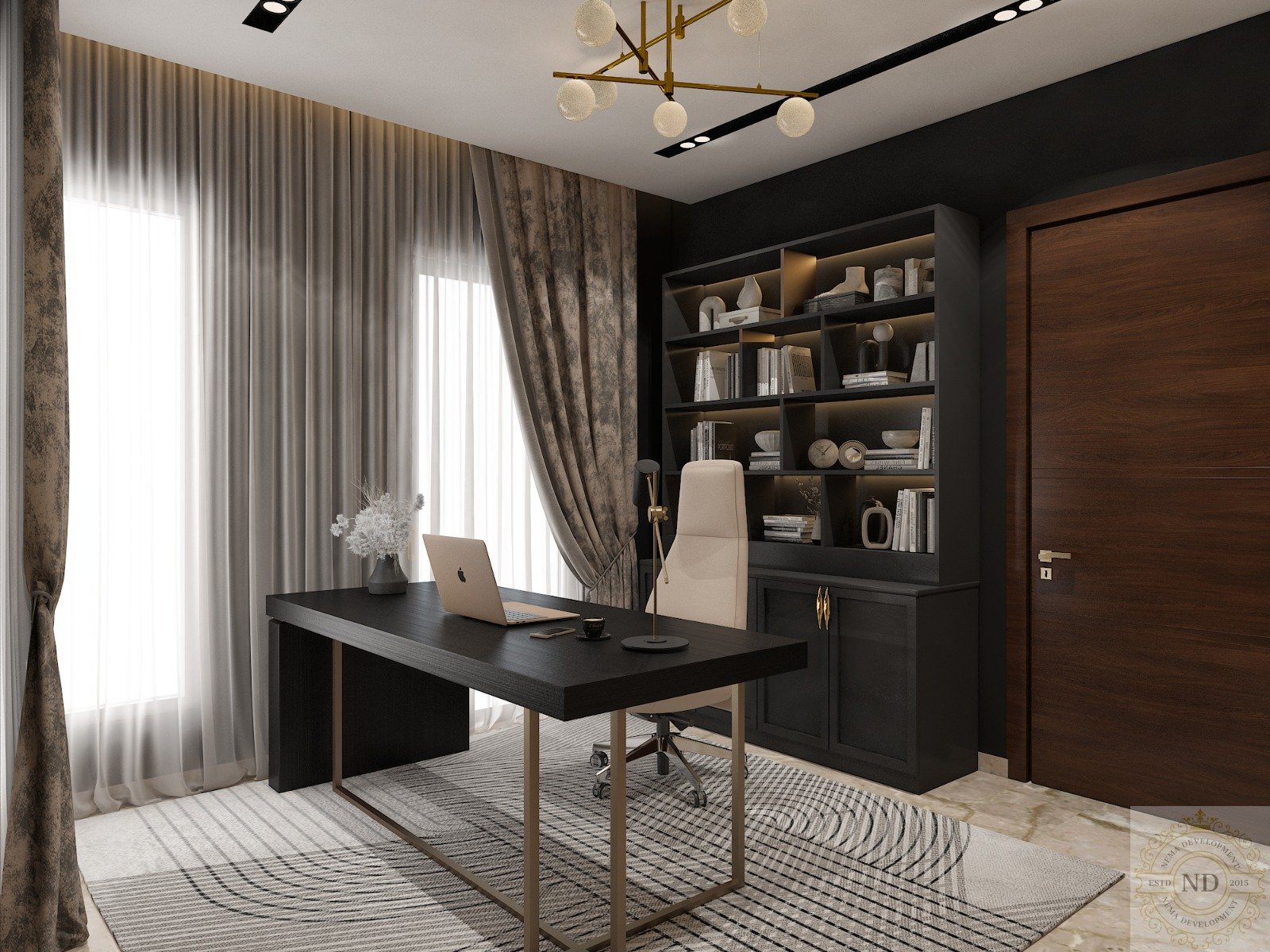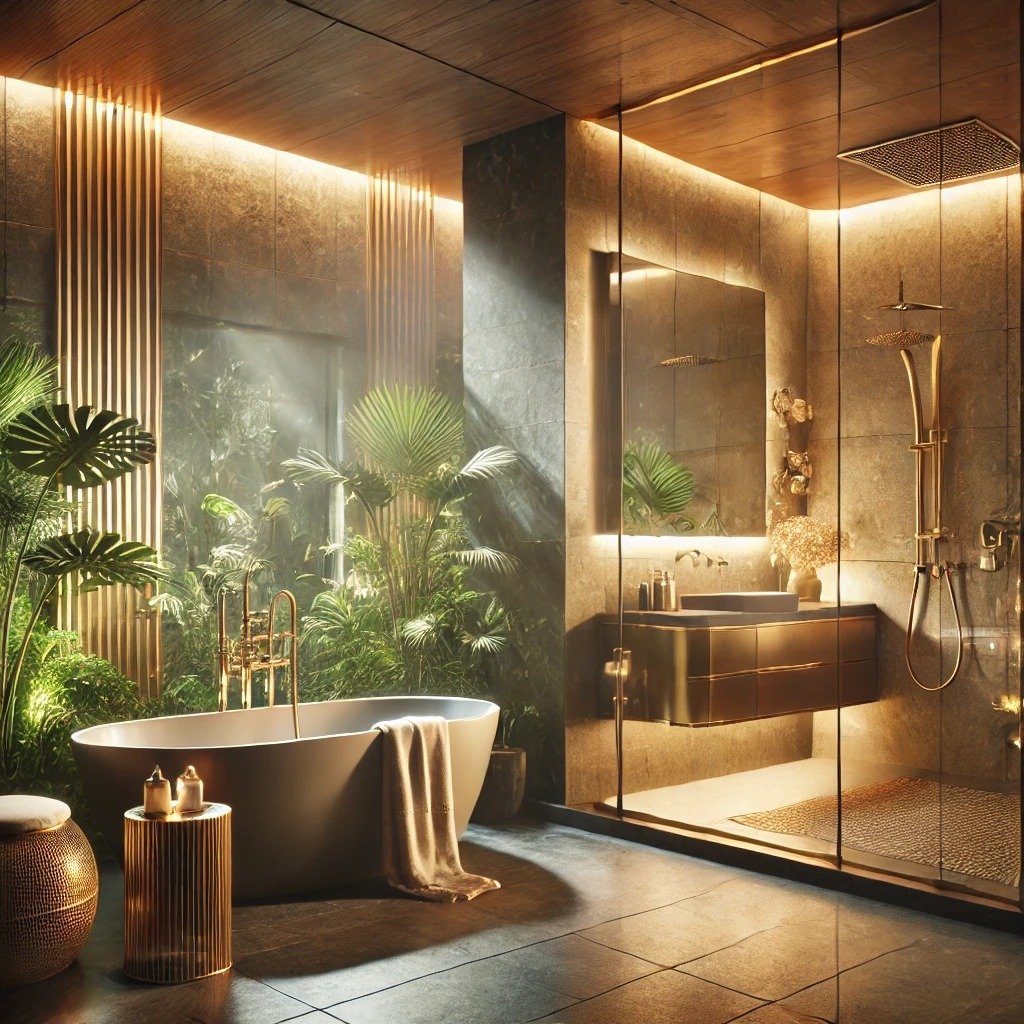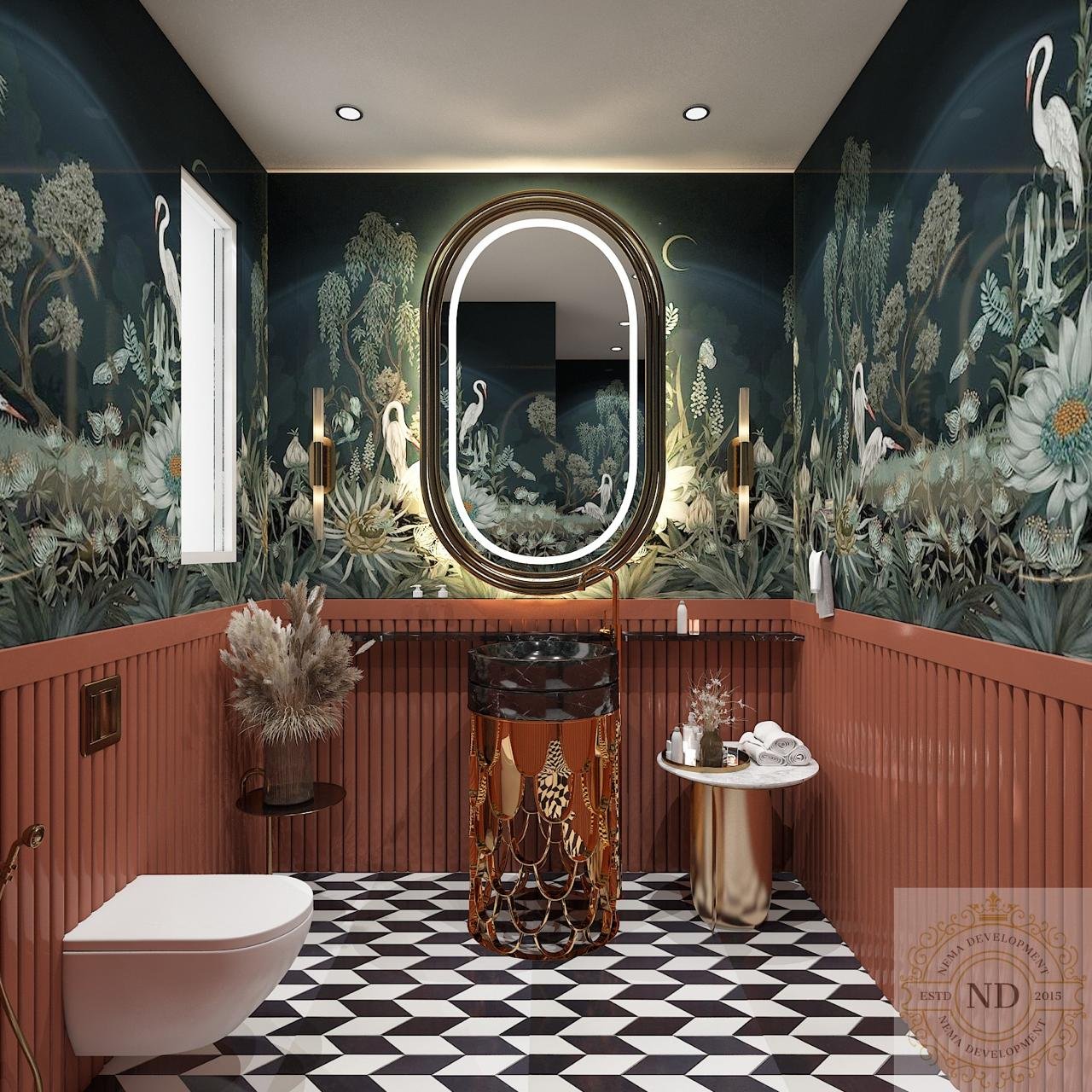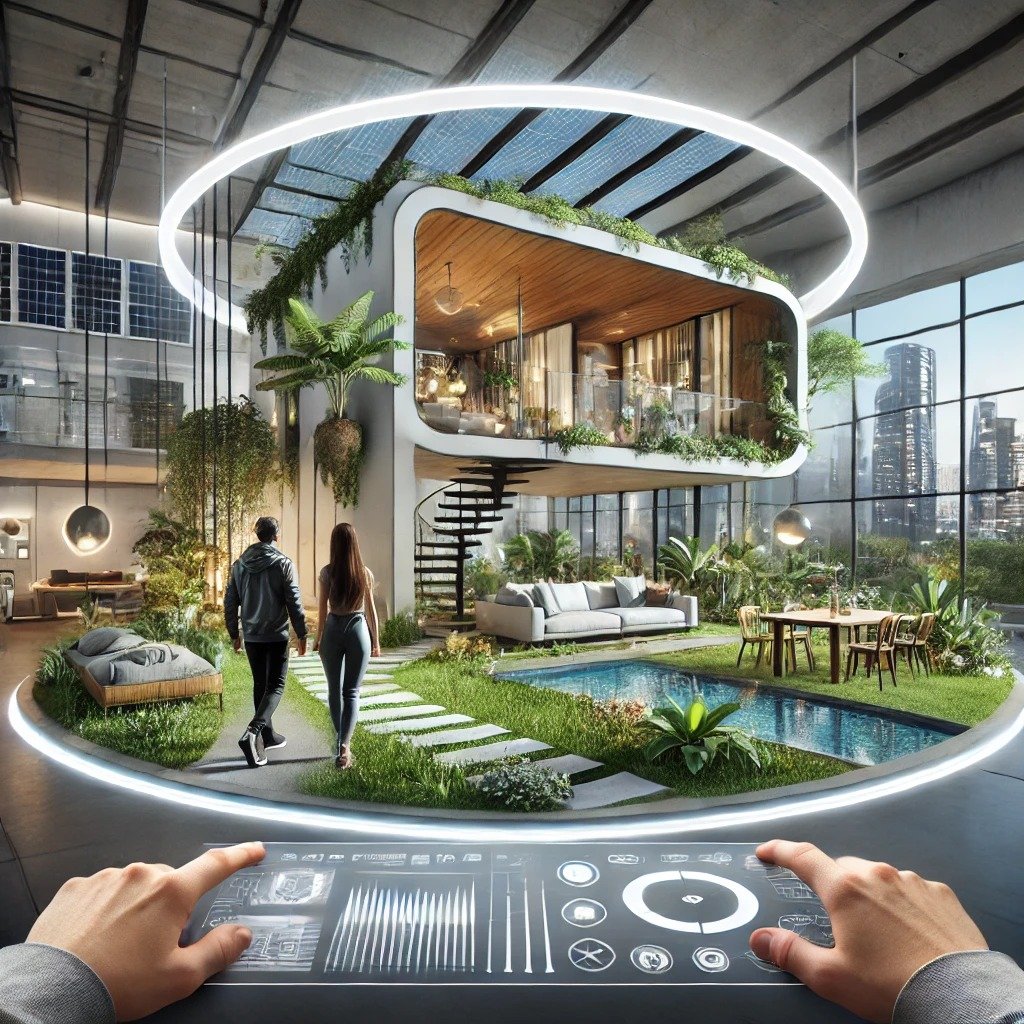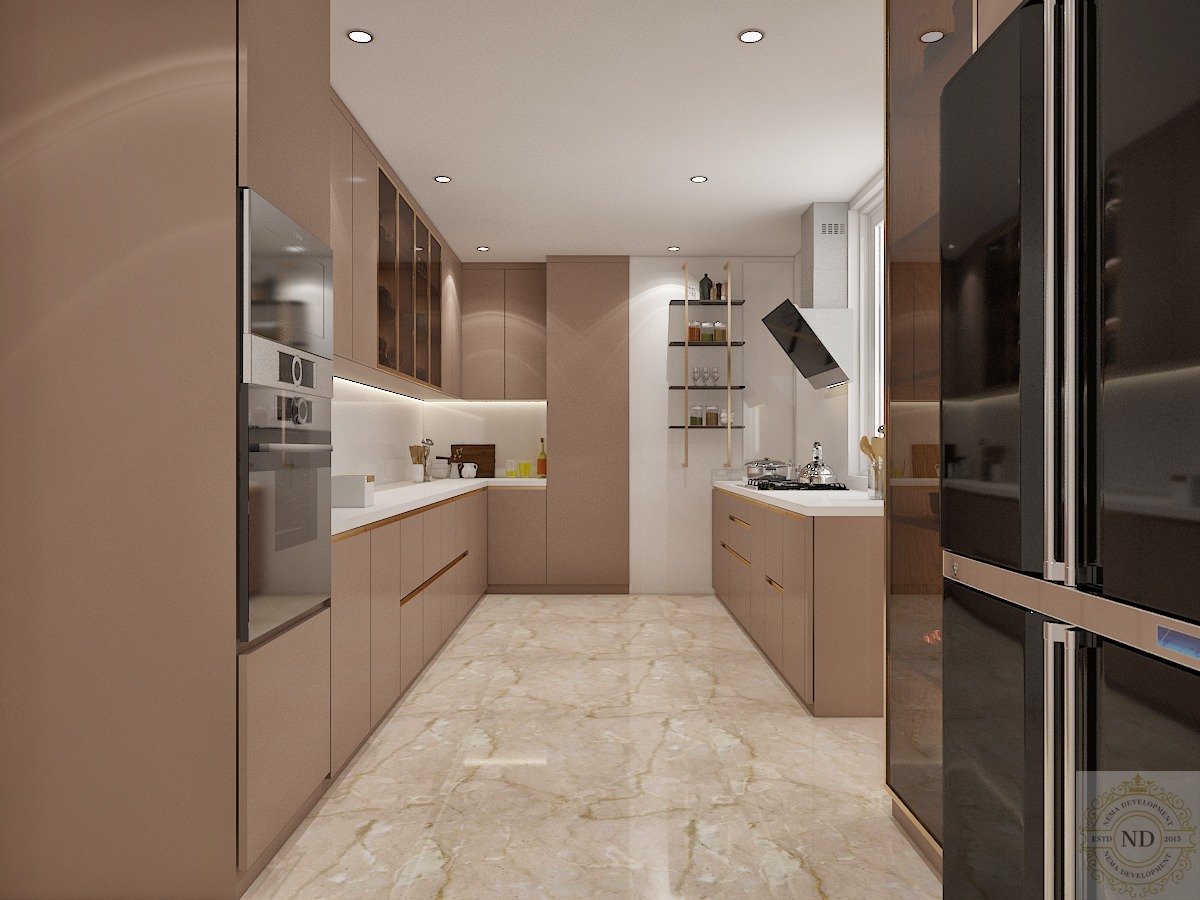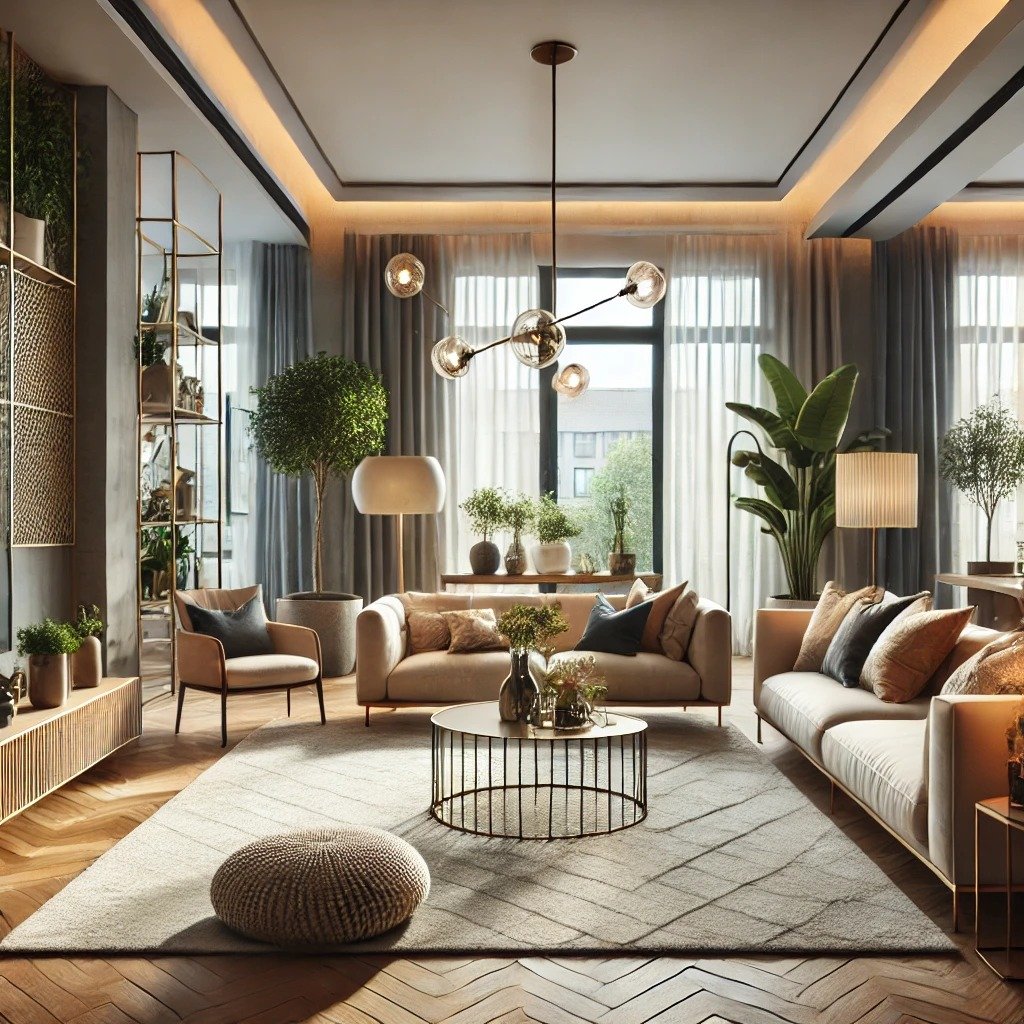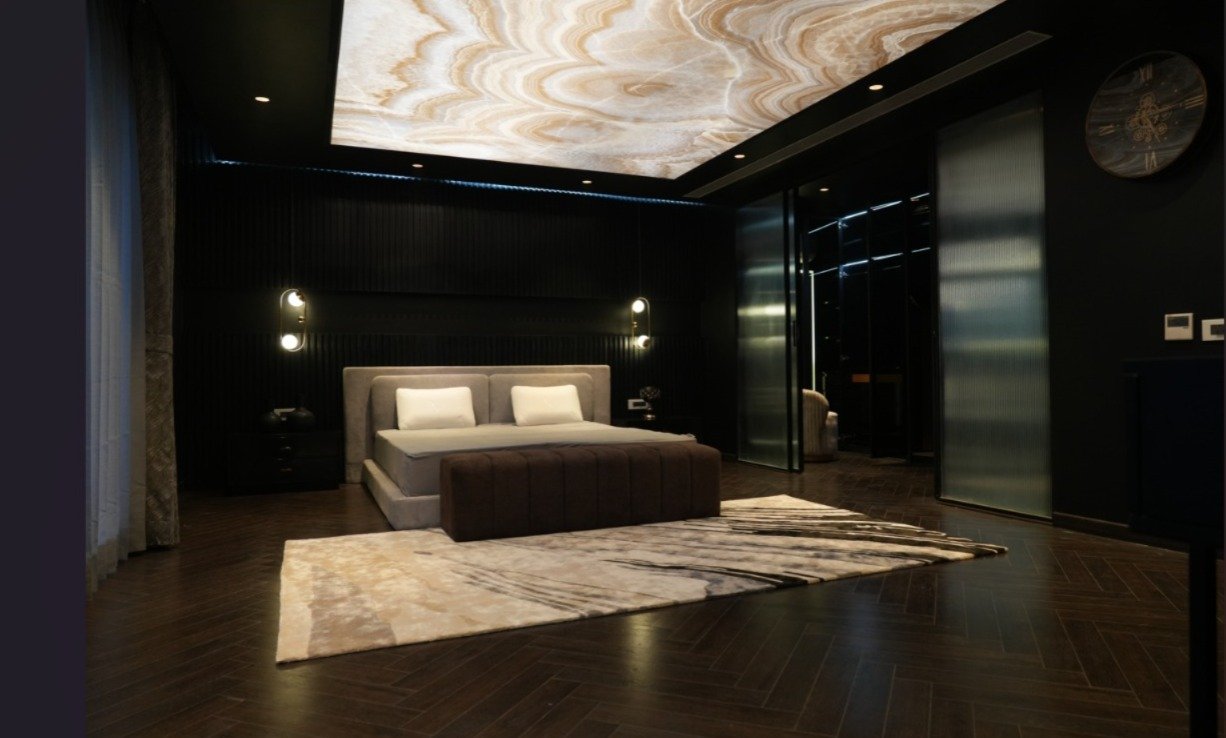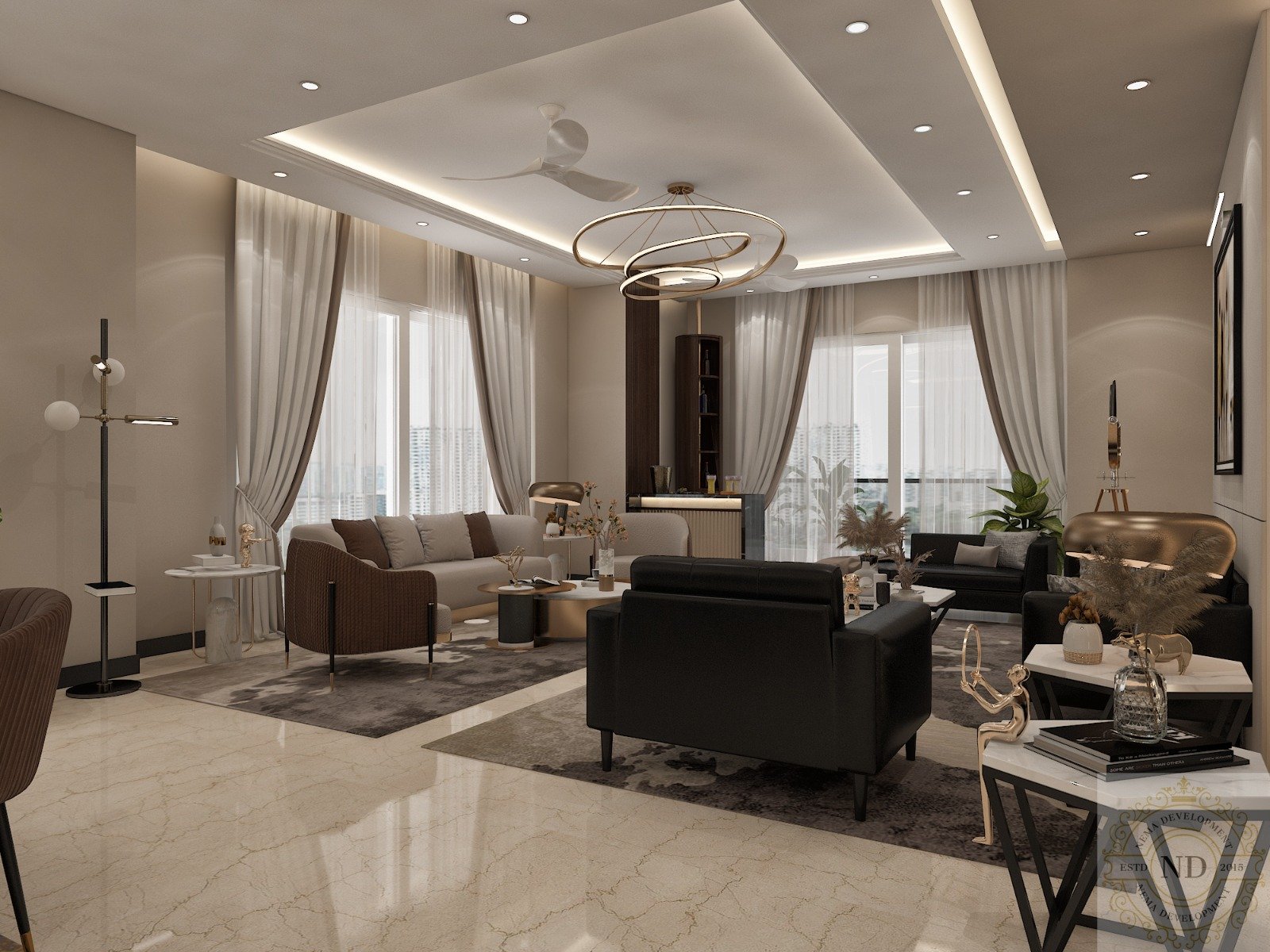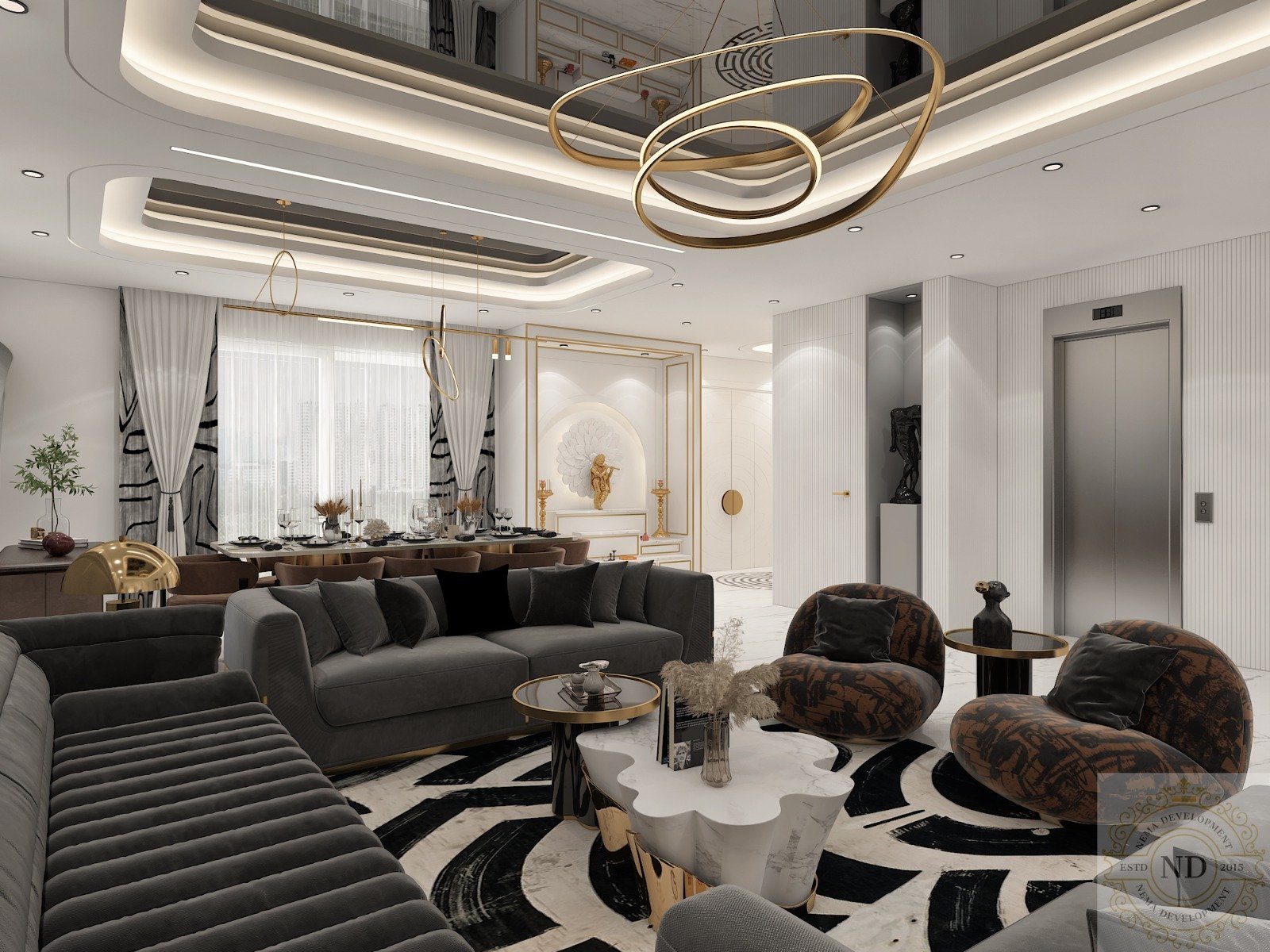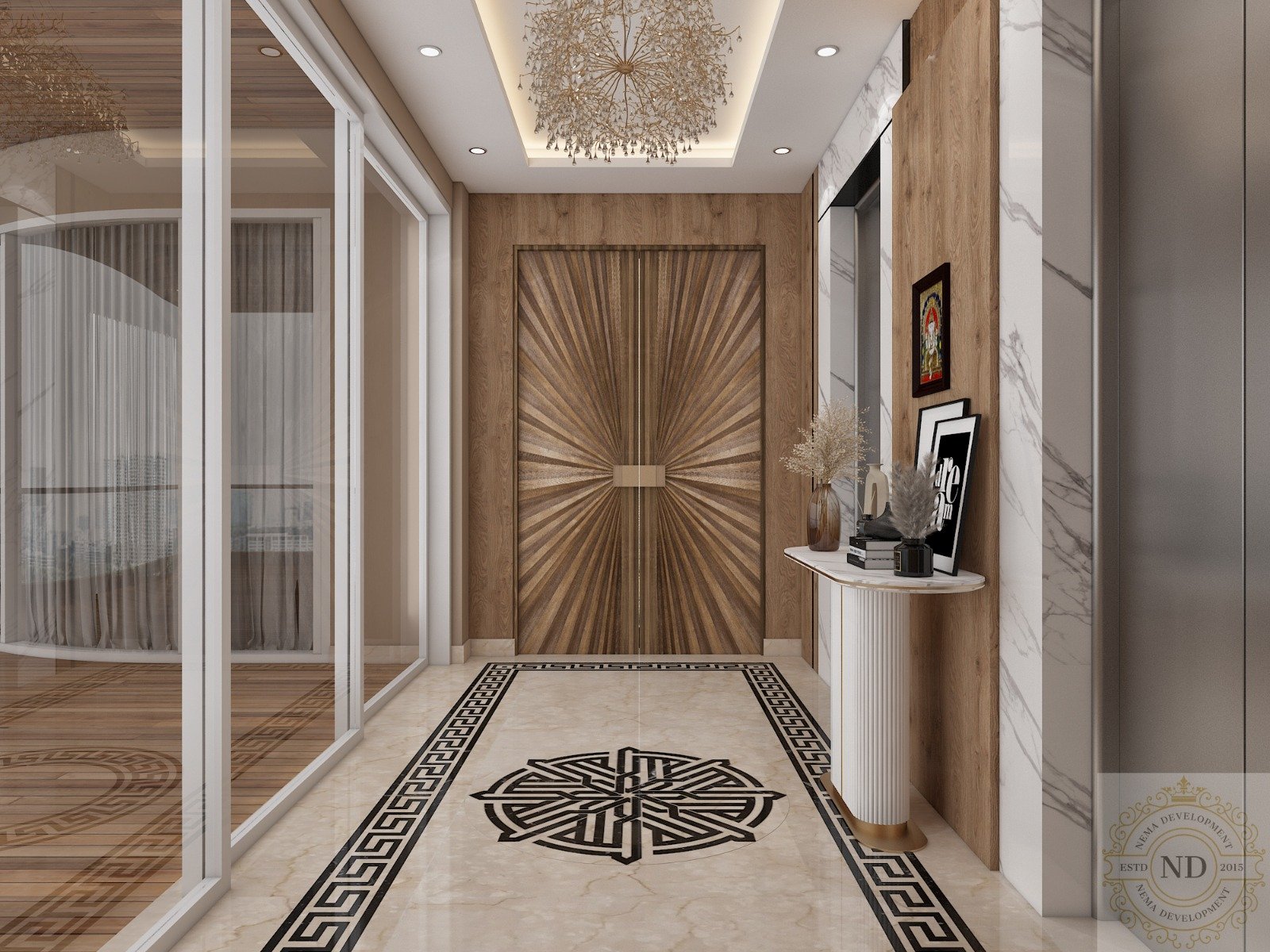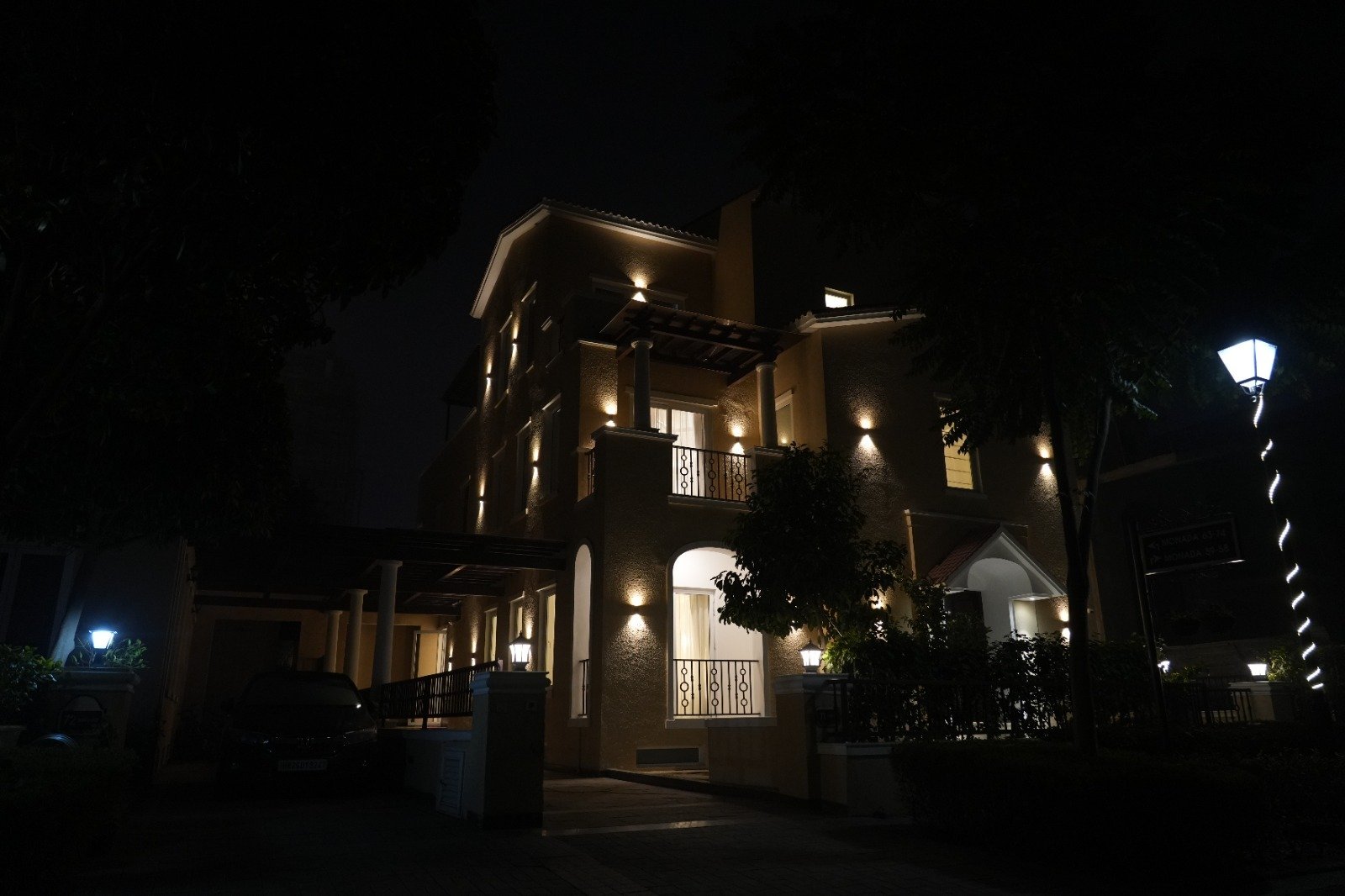In today’s ever-changing climate, designing a weather-responsive home is no longer a luxury—it’s a necessity. As we navigate through extreme summers, unpredictable rains, and chilly winters, the concept of climate-adaptive design is taking center stage in modern architecture. With the growing emphasis on sustainability, energy efficiency, and wellness, making your home weather responsive can dramatically improve comfort, reduce utility costs, and increase long-term property value.
At the forefront of this transformative journey are innovators like Nema, Nema India, and Nema Development, recognized for creating thoughtfully designed residences that reflect both luxury and responsiveness to nature. From parametric design to space planning, let's explore how you can make your home weather-responsive—blending function, aesthetics, and sustainability.
What Is a Weather-Responsive Home?
A weather-responsive home is designed to adapt to seasonal changes in temperature, humidity, wind, and sunlight. It maintains comfortable indoor conditions with minimal reliance on artificial heating or cooling. The goal is to enhance energy efficiency while preserving the home’s aesthetic and architectural appeal.
Architectural firms like Nema Development, renowned for construction and development in premium residential spaces, are pioneering in this space. Their weather-resilient designs incorporate advanced materials, intelligent layouts, and cutting-edge technologies that work seamlessly with nature.
1. Smart Space Planning for Climate Control
Effective space planning is essential to designing a weather-responsive home. This includes understanding wind patterns, sun orientation, and regional climate data. For instance, positioning living spaces to face north in hotter climates can reduce heat gain, while larger south-facing windows are ideal for harnessing natural light in colder regions.
Top interior designers in Gurgaon, such as those at Nema India, incorporate strategic zoning in interiors. Bedrooms are placed in cooler areas, while living spaces are exposed to more sunlight. This zoning reduces dependency on HVAC systems and optimizes thermal comfort.
2. Use of Parametric Design for Environmental Adaptability
Parametric design is revolutionizing climate-sensitive architecture. It involves algorithms and computational techniques that adjust architectural elements based on environmental inputs. Best architects in Gurgaon use this approach to simulate and optimize factors like sun path, airflow, and insulation.
For example, shading devices and façade elements are parametrically modeled to minimize glare and heat gain in summer, while maximizing light in winter. At Nema Development, such data-driven design ensures every inch of the home contributes to thermal regulation.
3. Thermal-Insulated Materials and Smart Fenestration
Choosing the right materials is key. Double-glazed windows, reflective roofing, and insulated walls can significantly improve thermal performance. The best architect in India knows that using materials like AAC blocks, cool roofing tiles, and low-E glass can create a passive barrier against external temperature fluctuations.
Nema, a leading residential interior designer, integrates such materials without compromising on luxury. Whether it’s a luxury wardrob or an opulent bathroom, thermal comfort remains integral to the design ethos.
4. Natural Ventilation and Cross-Airflow Design
Incorporating cross ventilation in architectural layout enhances airflow and keeps indoor temperatures comfortable without mechanical cooling. Best architects in Gurgaon often work with high ceilings, large operable windows, and ventilated roofs to enable natural circulation.
Civil work that includes thoughtfully positioned air vents, open courtyards, and jali screens adds both aesthetic and functional value. These techniques have been refined and perfected by top interior designers in Gurgaon, making weather-adaptability an elegant design statement.
5. Green Roofing and Outdoor Integration
Green roofs are not only visually appealing but also act as insulation layers, reducing indoor heat. Outdoor spaces like verandas, terraces, and balconies can be shaded with pergolas or green canopies, creating microclimates that buffer harsh weather effects.
Nema India seamlessly merges indoor and outdoor living through biophilic design. Their projects often incorporate garden lounges, indoor plants, and vertical gardens—making homes feel cooler and fresher naturally.
6. Smart Home Systems and Responsive Technology
Technology is a game-changer. Smart thermostats, automated blinds, and sensor-driven HVAC systems allow homes to respond to real-time weather changes. These tools regulate temperature, humidity, and lighting, improving energy efficiency.
Leaders in architecture and interior design in India, like Nema Development, prioritize integrating smart systems that complement sustainable designs. Homes equipped with solar panels, rainwater harvesting, and greywater recycling are not only eco-friendly but also future-proof.
7. Interior Design That Embraces Seasonal Living
Interior design plays a subtle yet crucial role in weather responsiveness. Layered textiles, seasonal upholstery, and breathable fabrics allow interiors to evolve with climate needs. For instance, linen drapes and jute rugs are perfect for summer, while velvet throws and wool carpets add warmth in winter.
As the best interior designer in Gurgaon, Nema ensures that even the smallest design details—from curtain materials to lighting schemes—are in sync with seasonal needs, blending luxury with climate awareness.
Final Thoughts
Designing a weather-responsive home is not just about sustainability—it’s about creating a lifestyle that is intelligent, efficient, and future-ready. By collaborating with the best architect in Gurgaon and visionary firms like Nema India, homeowners can enjoy a space that’s not only luxurious but also tuned to nature’s rhythms.
Whether it’s through parametric designs, space planning, or smart material use, today’s homes can be both climate-smart and beautiful. In a world where climate unpredictability is the new normal, weather-resilient architecture is the cornerstone of modern luxury living.



